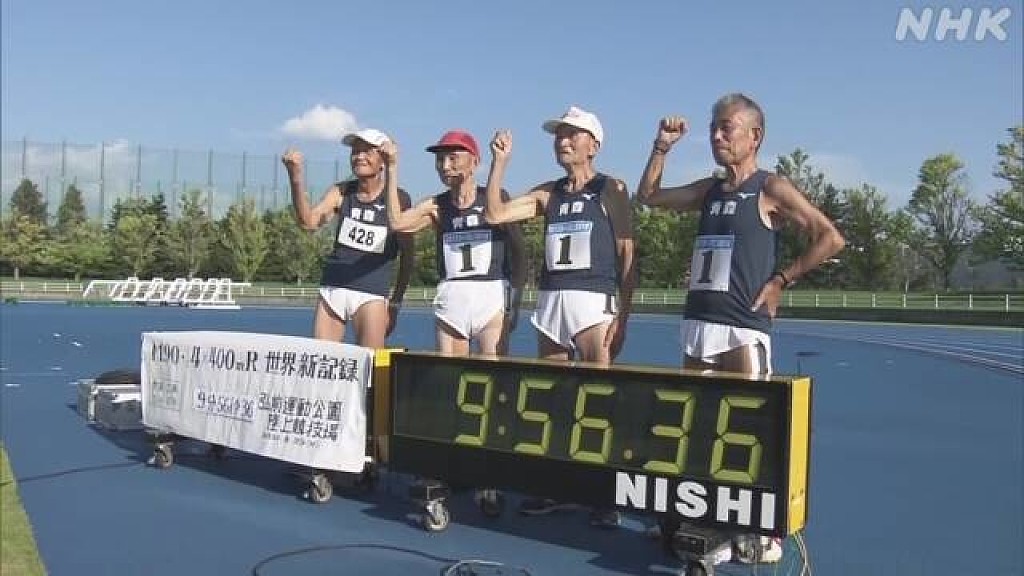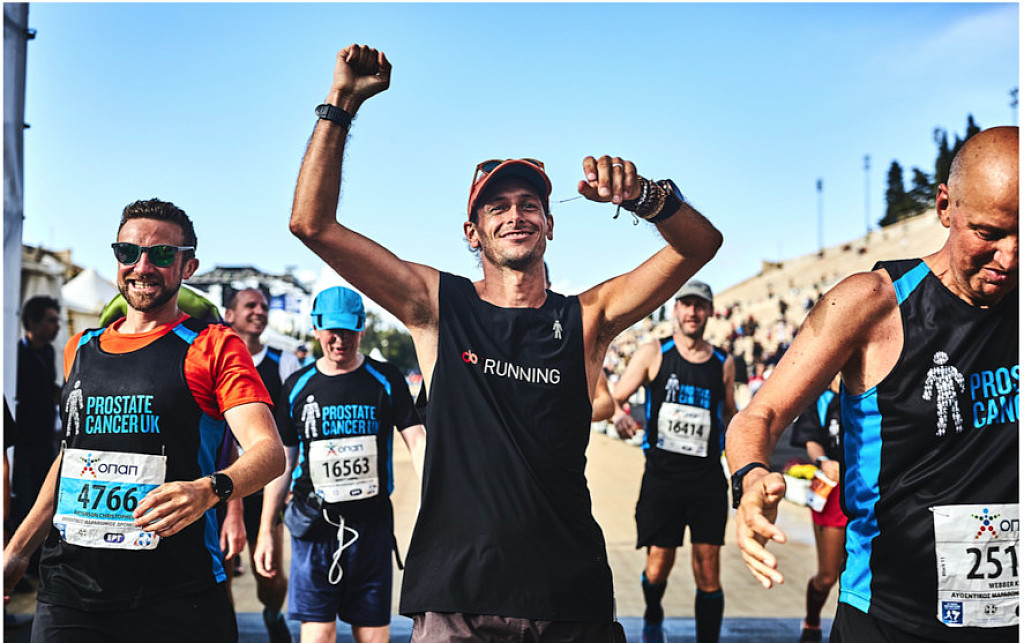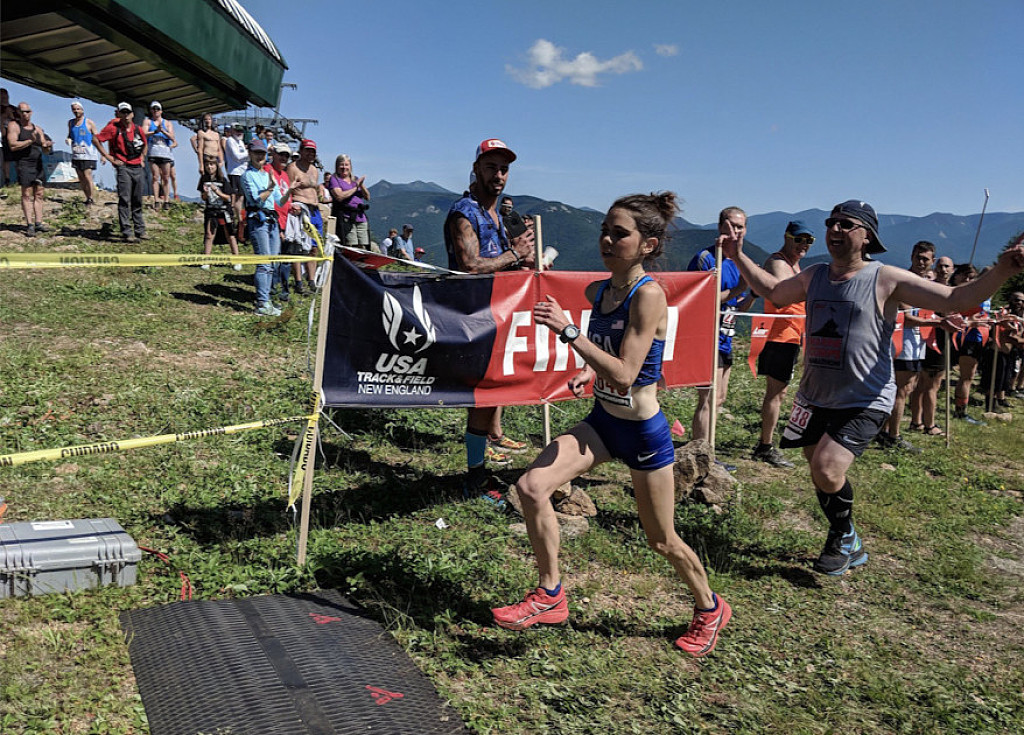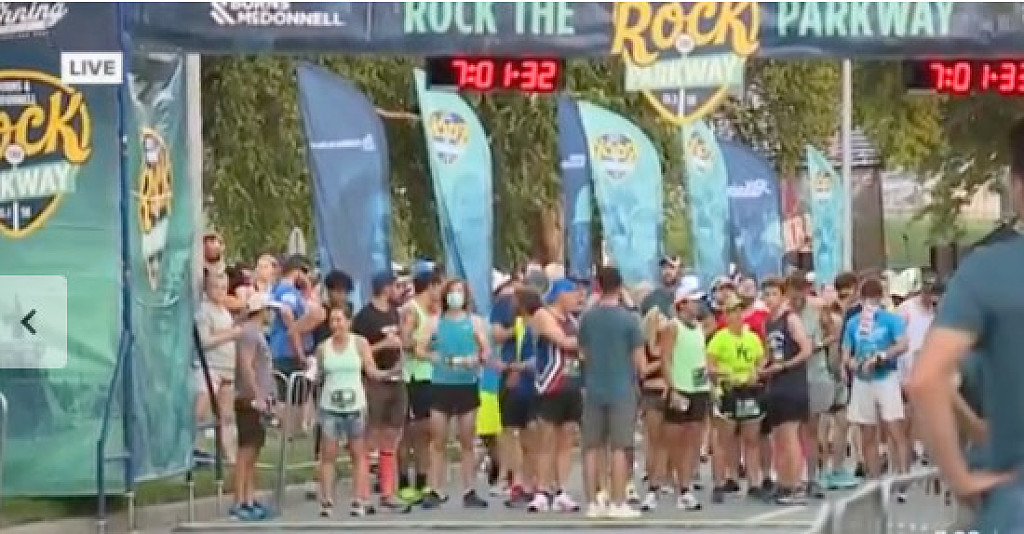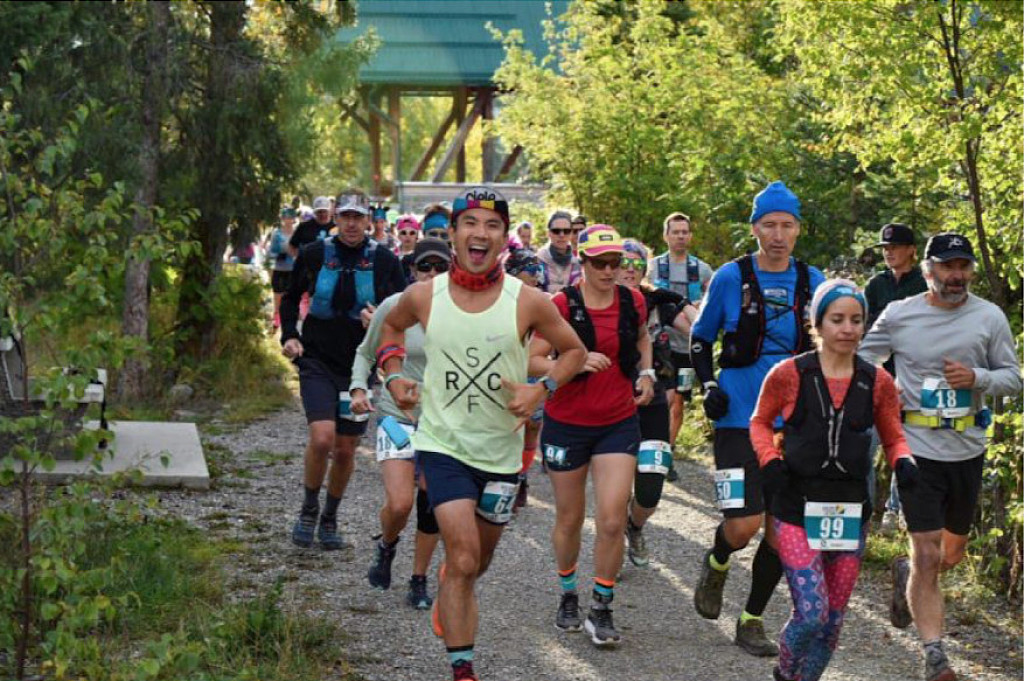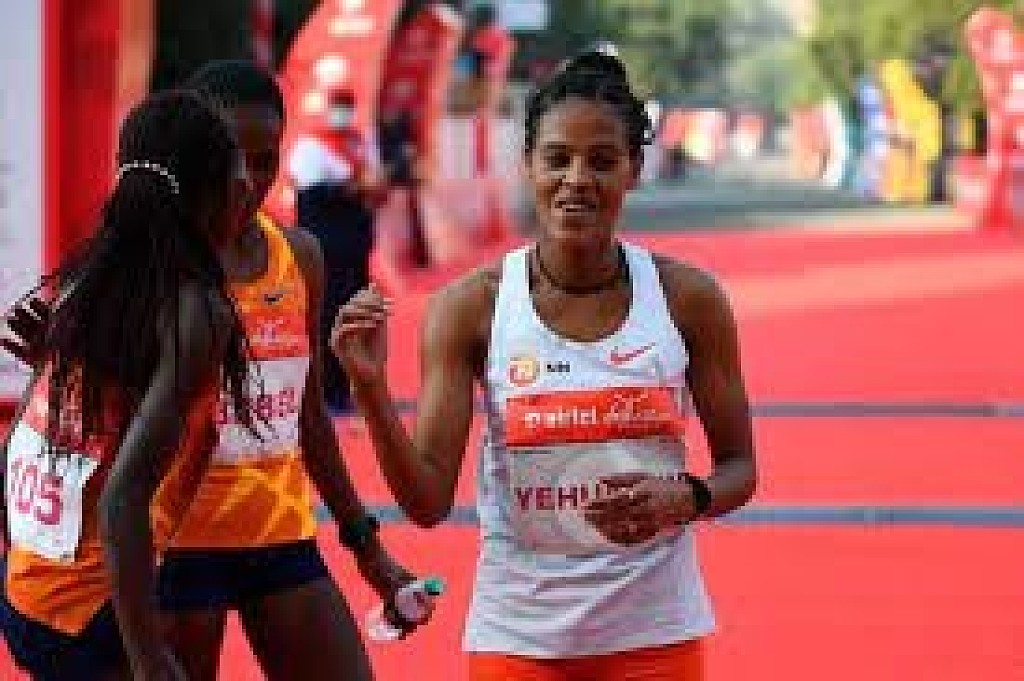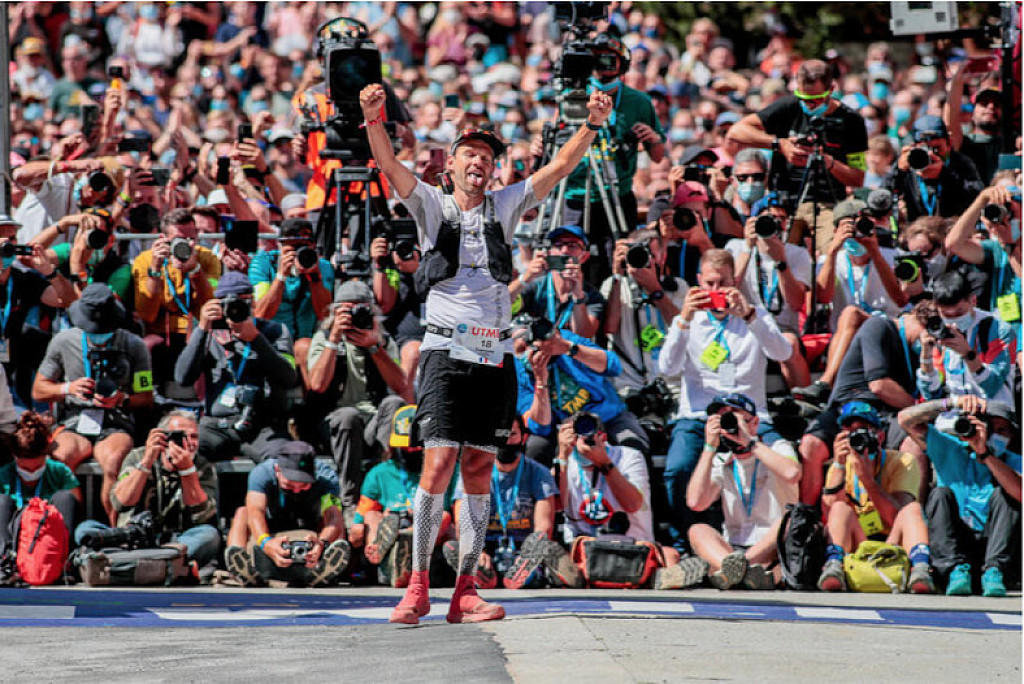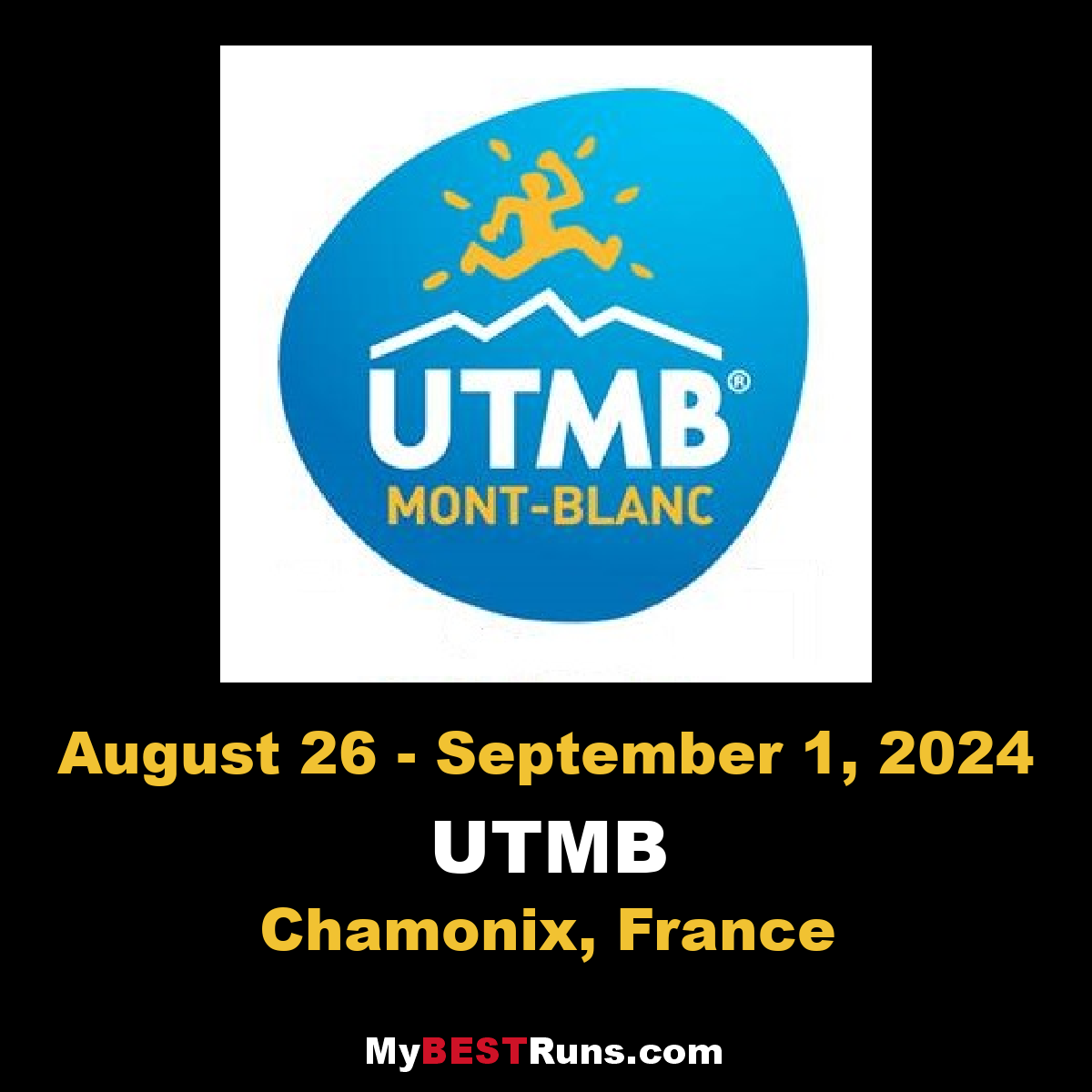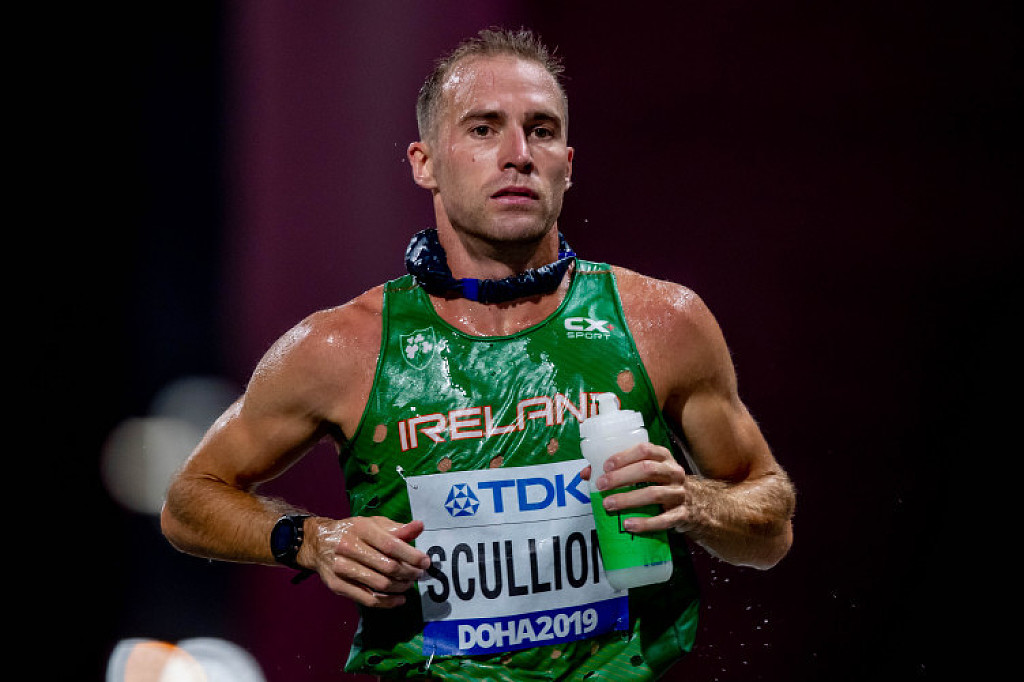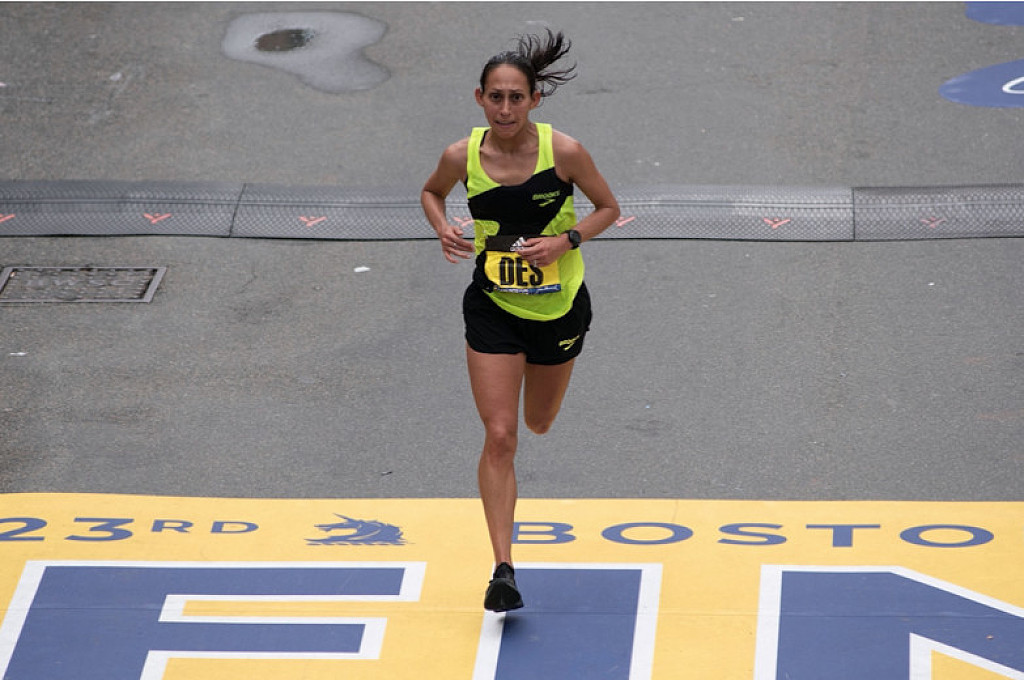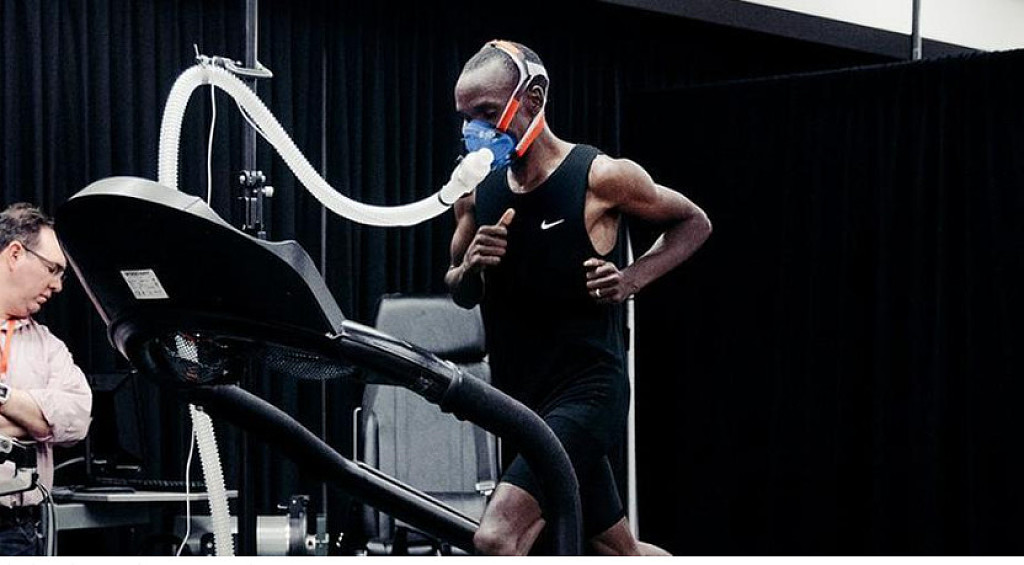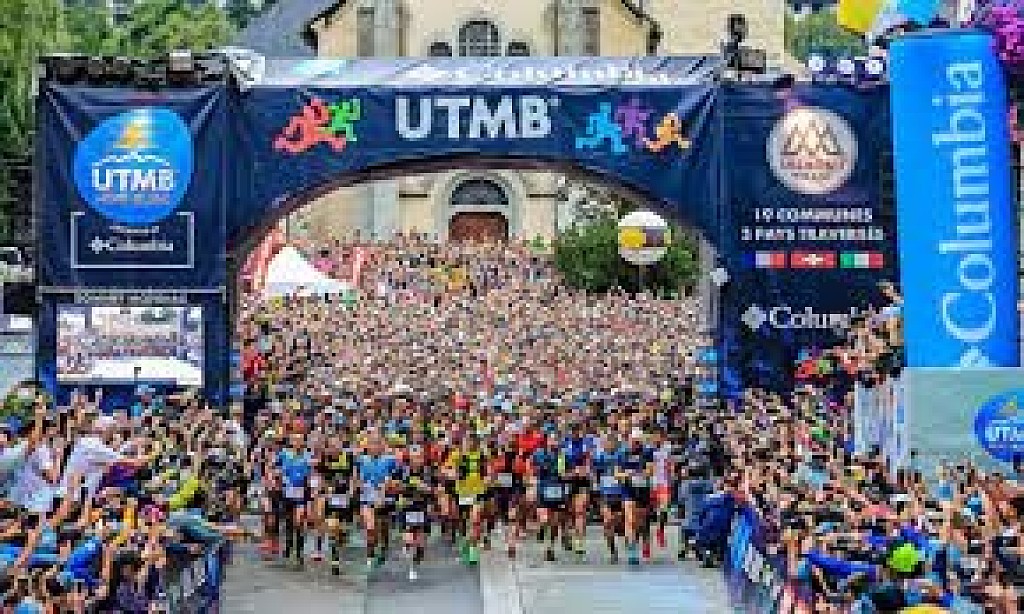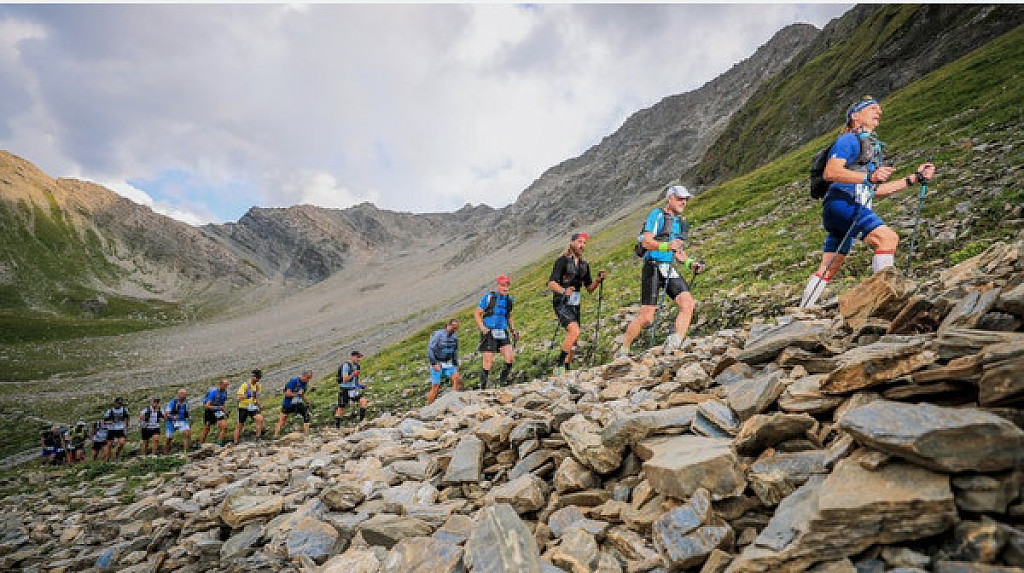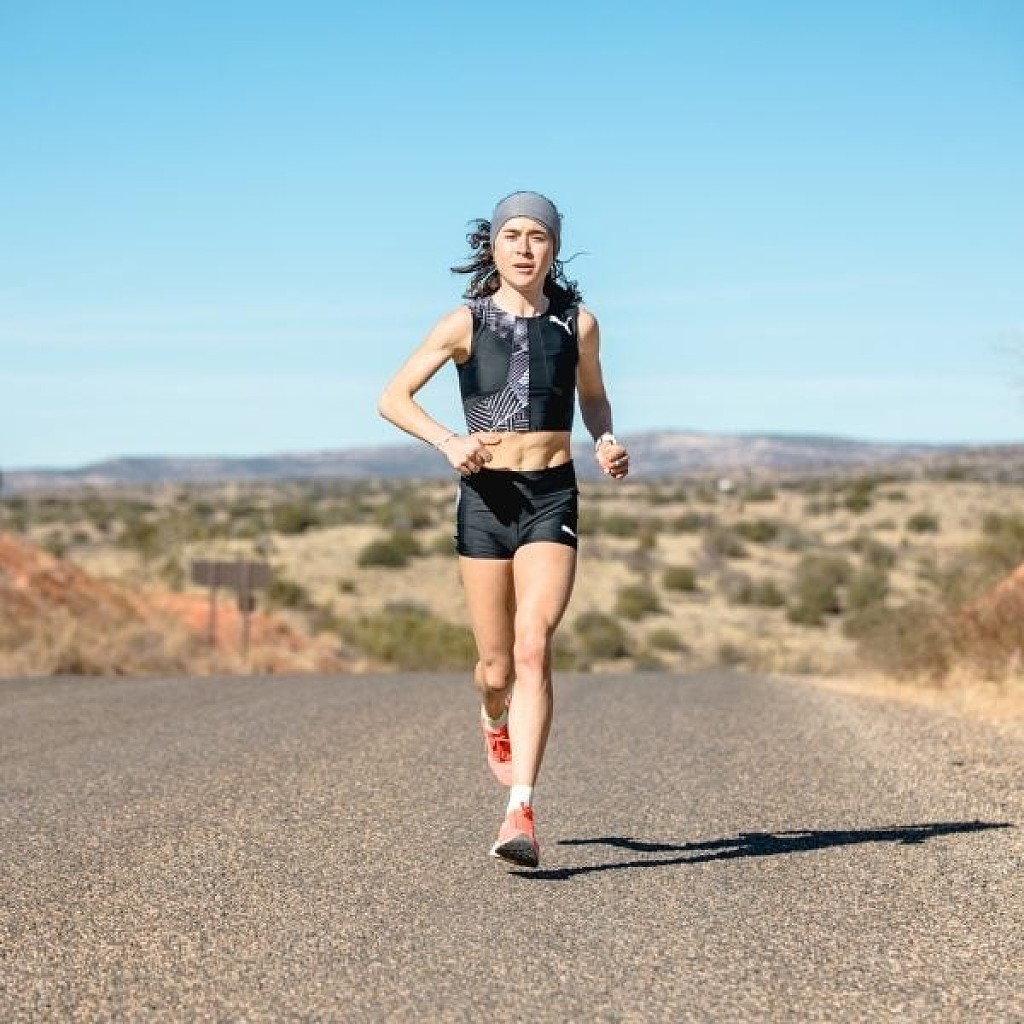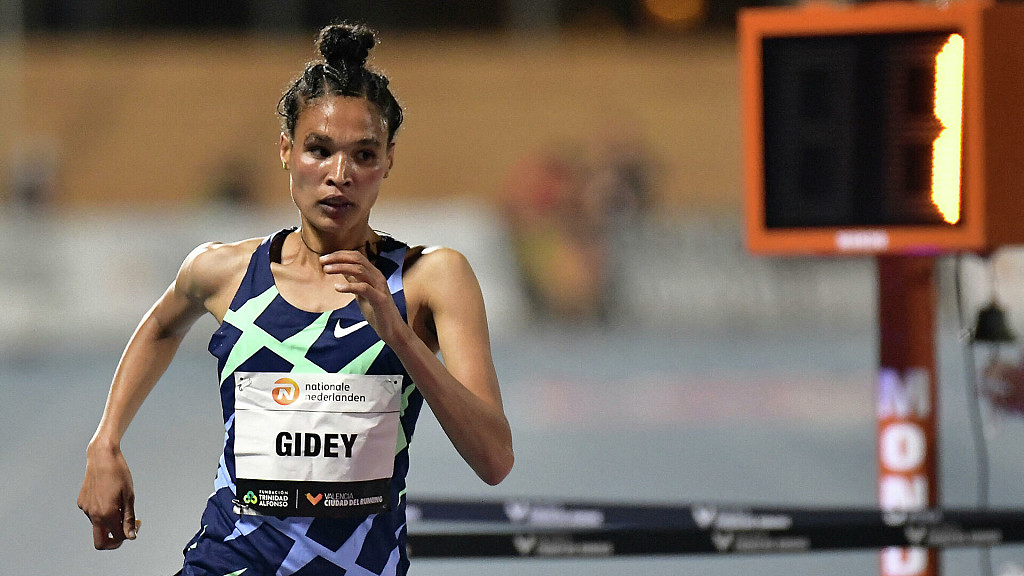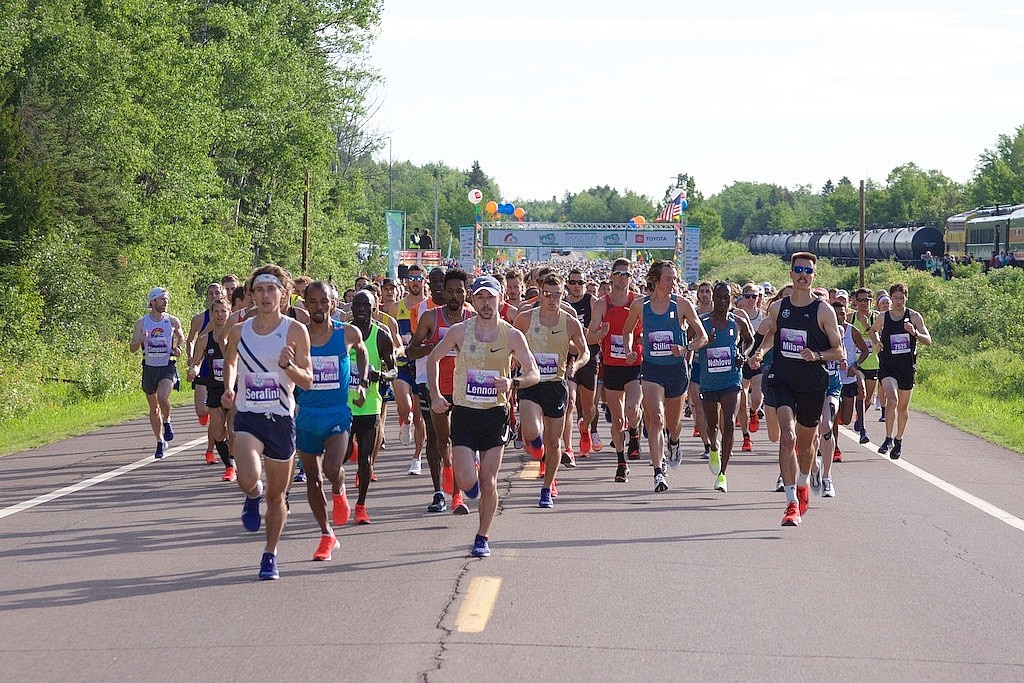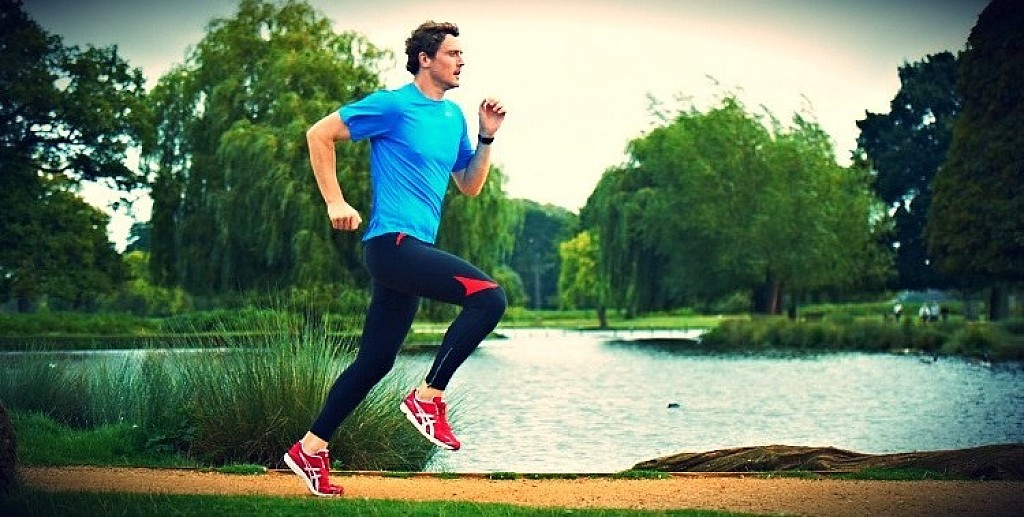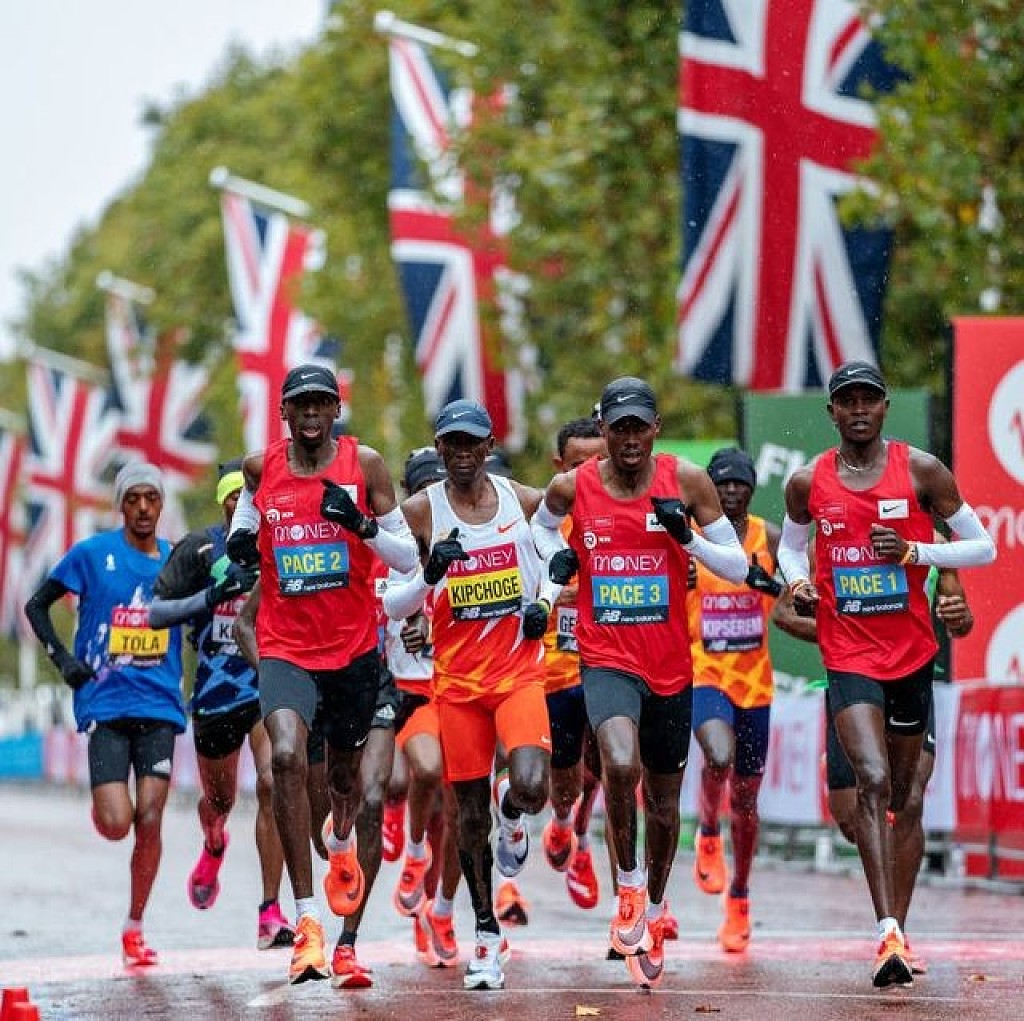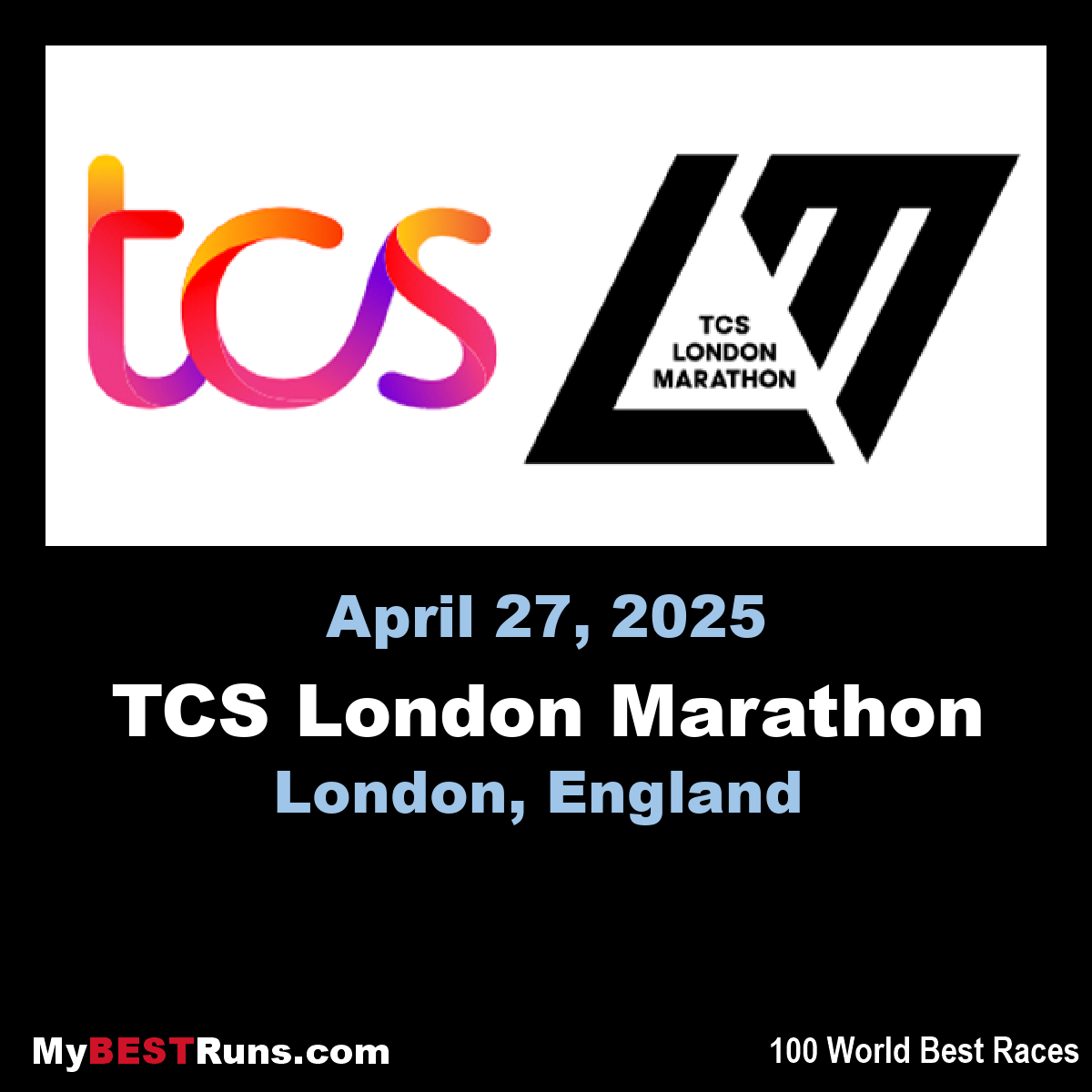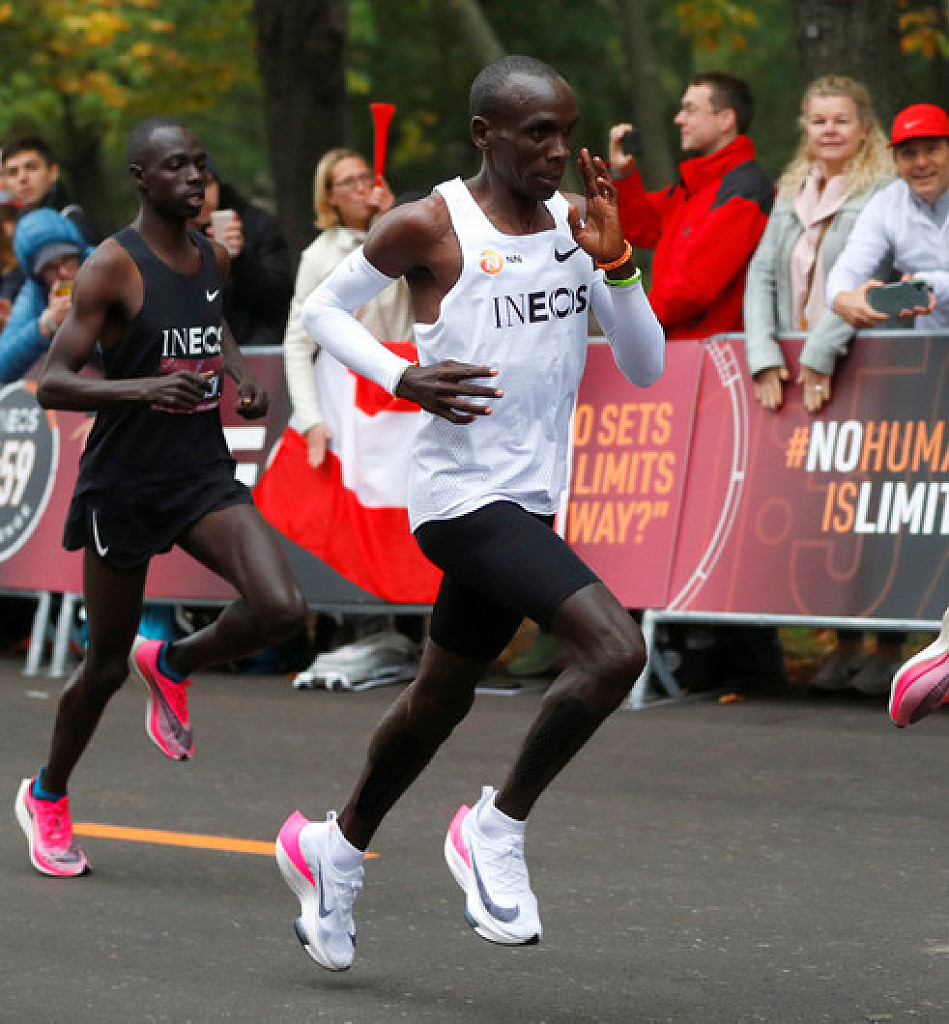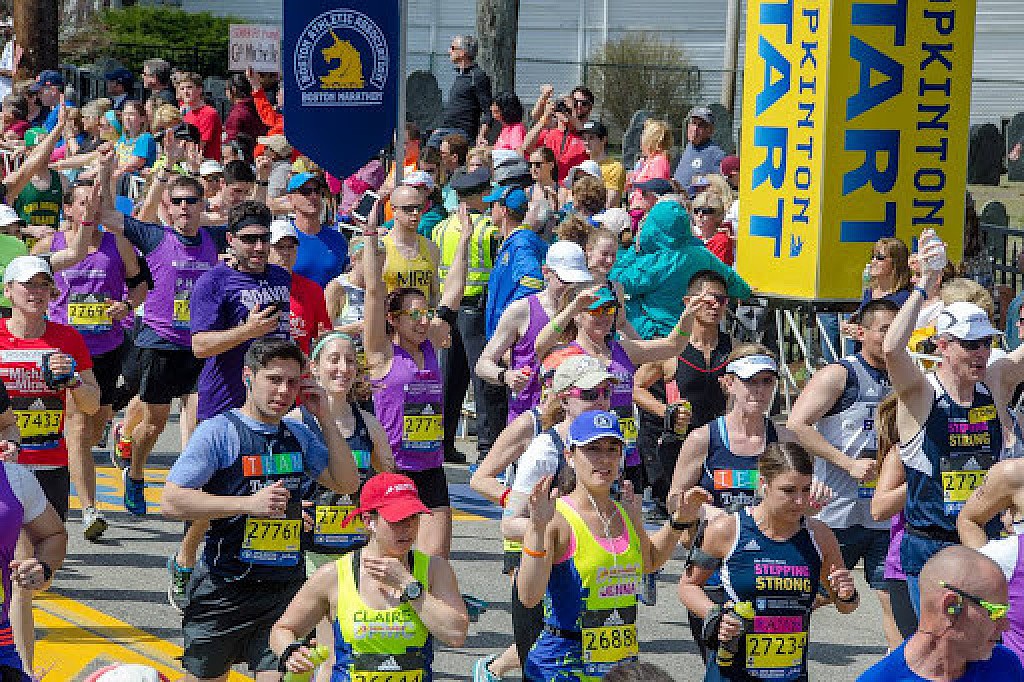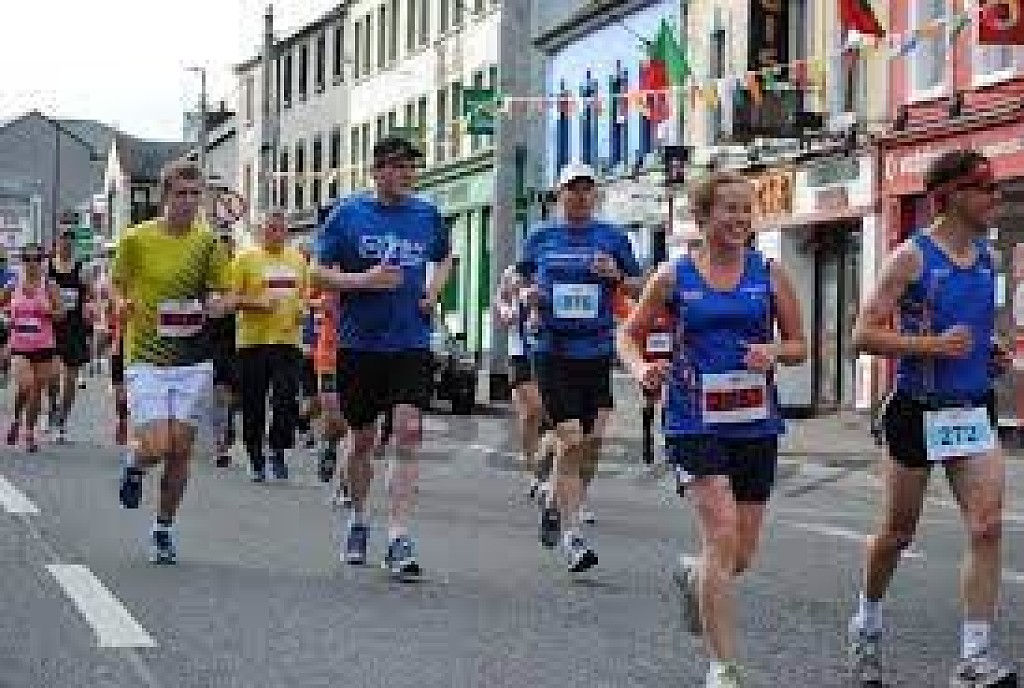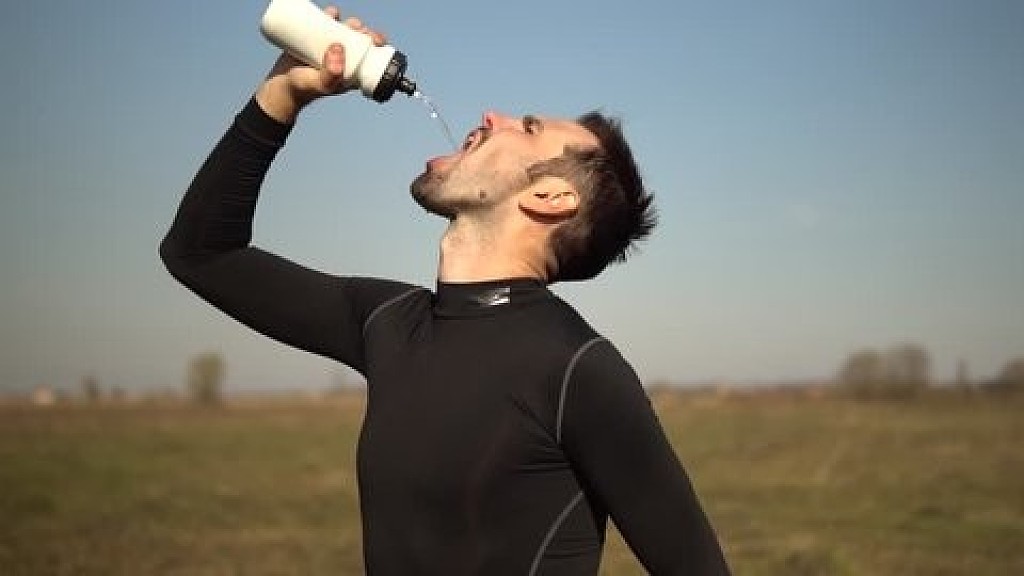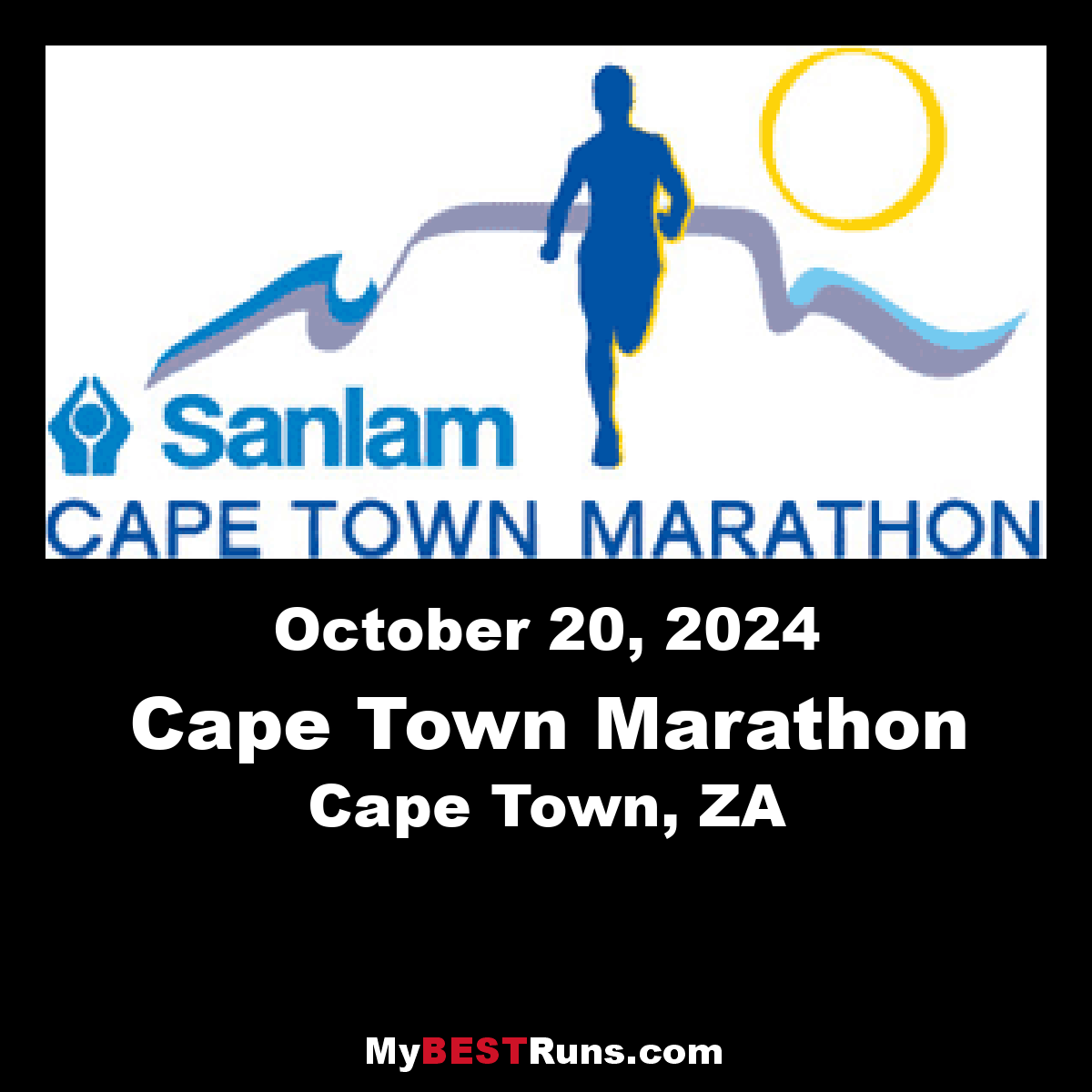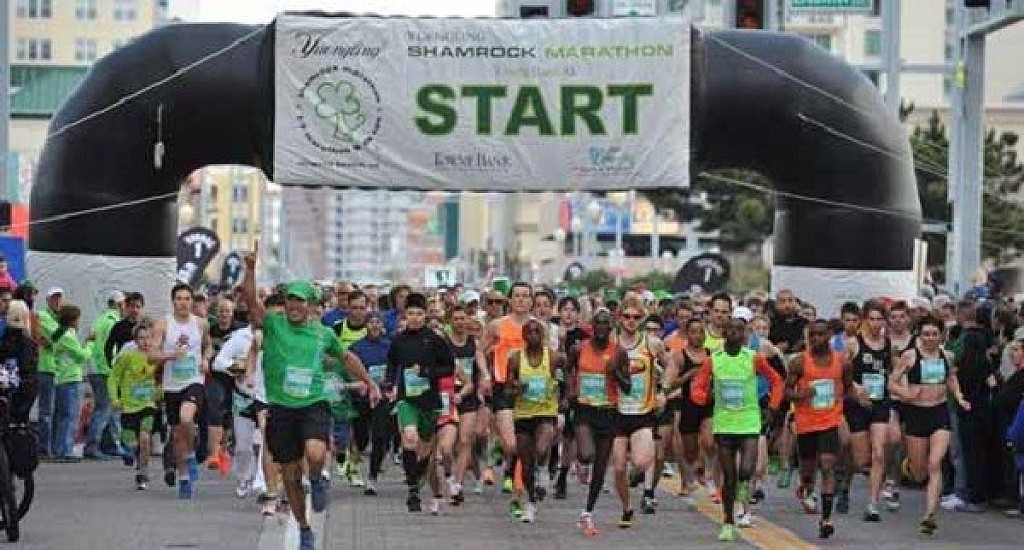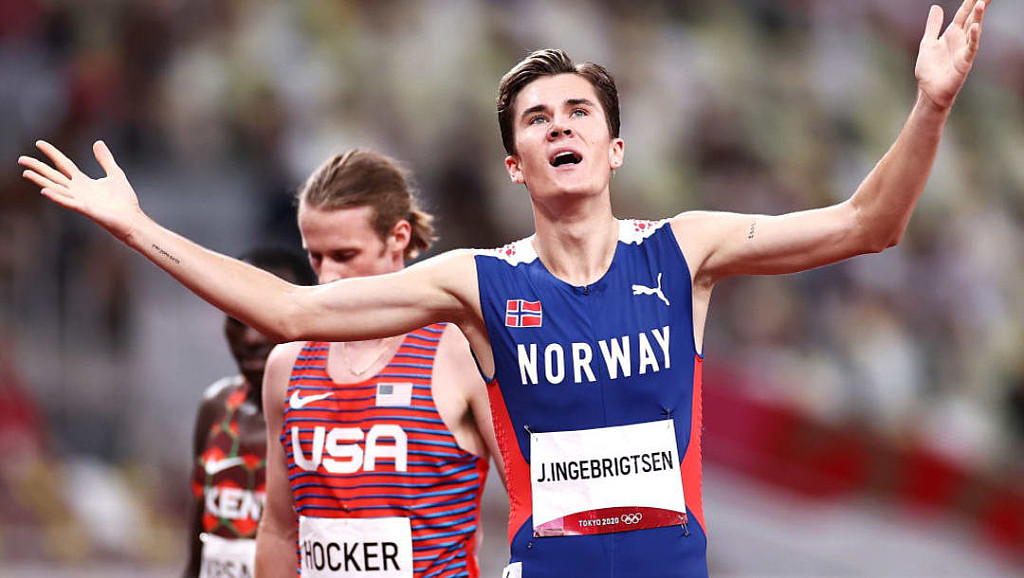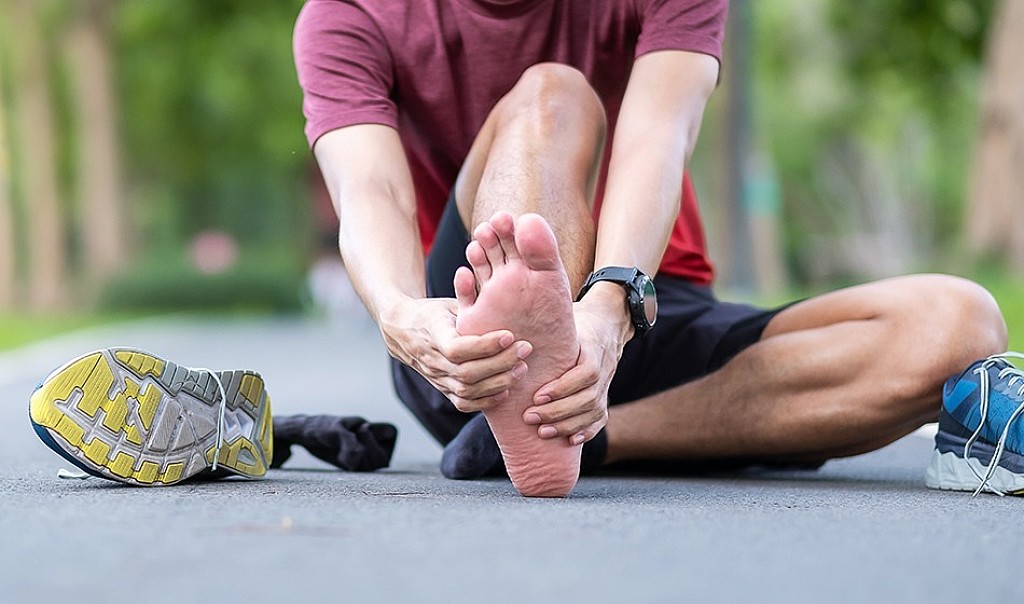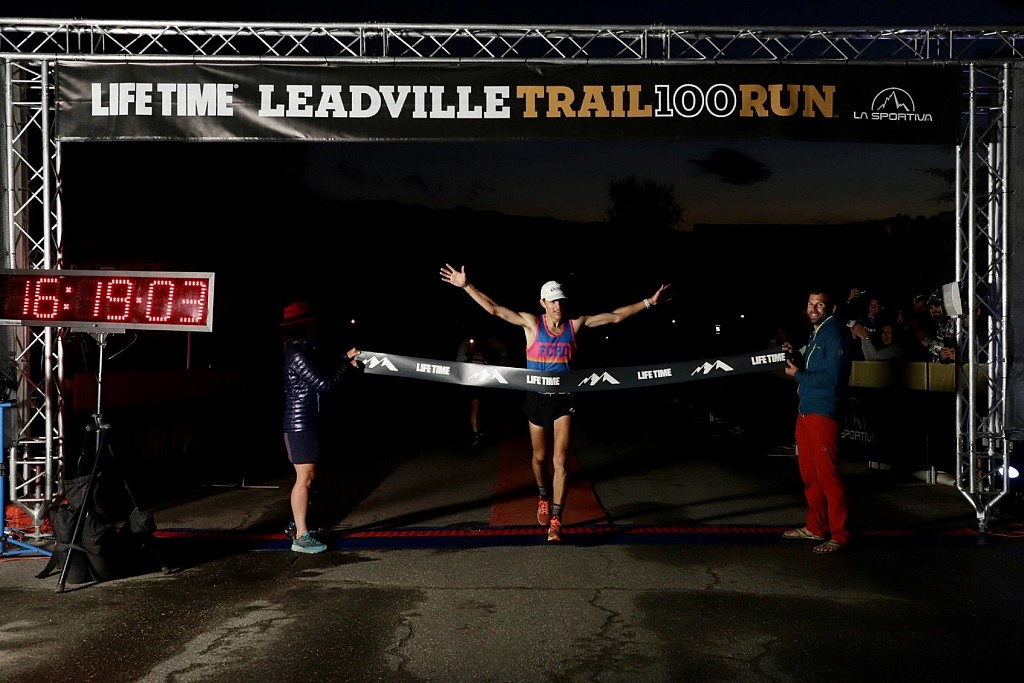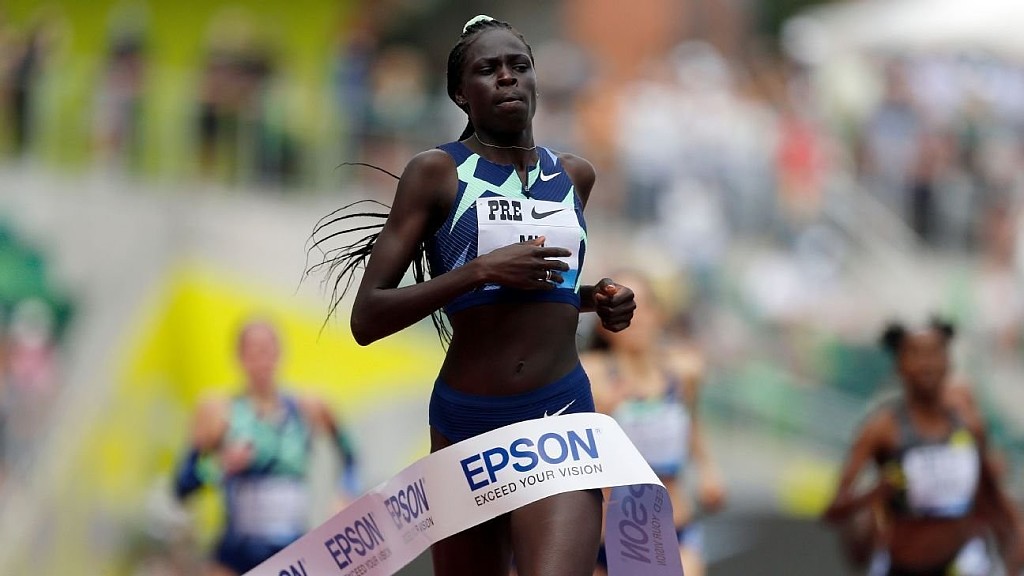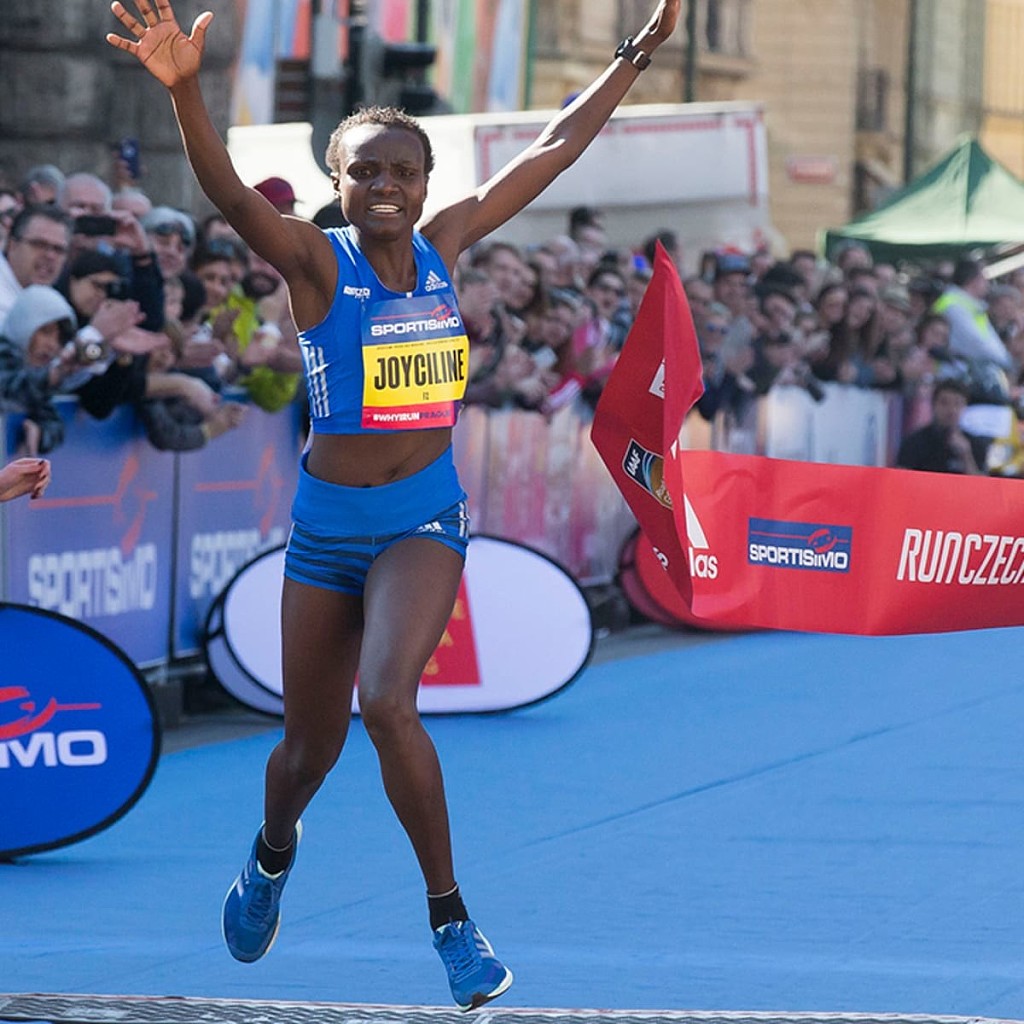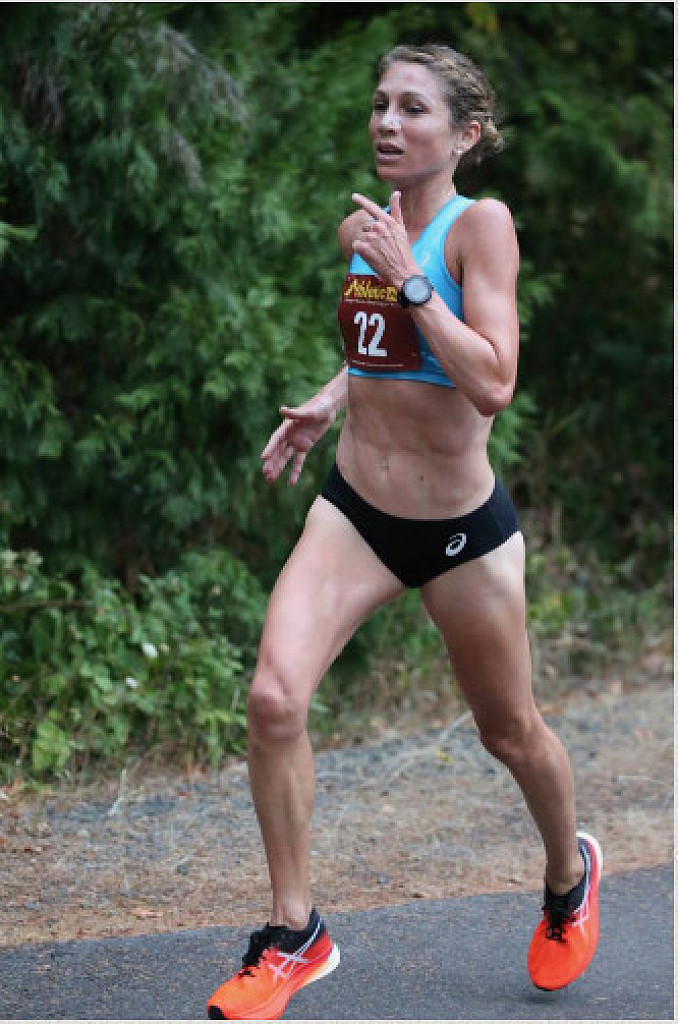Running News Daily
Running News Daily is edited by Bob Anderson in Mountain View, California USA and team in Thika Kenya, La Piedad Mexico, Bend Oregon, Chandler Arizona and Monforte da Beira Portugal. Send your news items to bob@mybestruns.com Advertising opportunities available. Over one million readers and growing. Train the Kenyan Way at KATA Running Retreat Kenya. (Kenyan Athletics Training Academy) in Thika Kenya. Opening in june 2024 KATA Running retreat Portugal. Learn more about Bob Anderson, MBR publisher and KATA director/owner, take a look at A Long Run the movie covering Bob's 50 race challenge.
Index to Daily Posts · Sign Up For Updates · Run The World Feed
Aomori 90+ Relay Team Breaks Two World Records
At a track and field meet over the weekend, a relay team made up of four men in their 90s living in Aomori prefecture set new 90+ age group world records for the 4x100 m and 4x400 m.
Meet organizers are applying to have both records officially ratified. 130 people from age 23 to 92 took part in the Aomori Masters Track and Field Championships on Aug. 29 in Hirosaki, Aomori. Among them were the relay team made up of Aomori natives Matashiro Suruga, 92, Yuzo Kudo, 92, Kozo Mitsuya, 90, and Hiro Tanaka, 90.
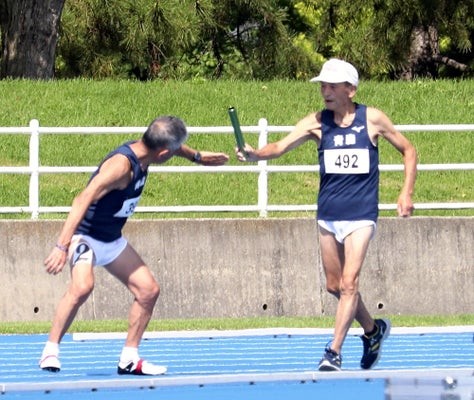
Despite temperatures that rose to nearly 30ËšC, the team members exhibited smooth baton work as they ran 1:43.69 in the 4x100 m. Their time took almost 40 seconds off the previous M90 record of 2:22.37.

Just two and a half hours later the Aomori team took on the 4x400 m. In front of strong crowd support they clocked 9:56.36, bettering the previous record set by an American team in 2014 by around 2:45. In May this year the same Aomori team had run 8:49.01, but because they were the only team of any age class in the race that performance was ruled ineligible for recognition as a world record. This time organizers were careful to meet all conditions for world record status and will apply to the Japan Masters Athletics Union for certification.
Lead runner Suruga, who has celebrated his 92nd birthday since May's race, commented, "The four of us all worked together to get these records. Running is a lot of fun, and I want to keep doing it until I turn 100."
(08/30/2021) ⚡AMPby Brett Larner
2021 Valencia Half Marathon hopes for new records
The Valencia Half Marathon Trinidad Alfonso EDP, organized by SD Correcaminos, has confirmed the first names of the international elite that will take to the streets of Valencia Ciudad del Running on October 24th.
After the Elite Edition last year in which a new male world record for the distance was set, 57:32 by Kibiwott Kandie, and four runners ran under 58 minutes, the Valencia Half Marathon aims to become the world’s fastest in 2021, all of this without losing sight of the challenge of the women’s world record, currently set at 1:04:02 in the hands of the Kenyan Ruth Chepngetich.
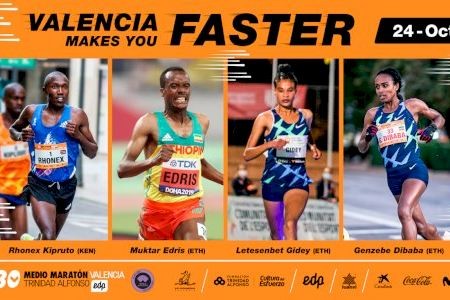
Ethiopia’s Letesenbet Gidey, current 5000m record holder (14:06.62 at the NN Valencia World Record Day in 2020), 10,000 (29:01.03, Hengelo) and 15K record holder (44:20), will try to improve upon her bronze medal in the 10,000m at Tokyo 2020 debuting at the Valencia Half Marathon at a world–class level. Alongside her, the last two winners of the event, Genzebe Dibaba (1:05:18 in 2020) and Senbere Teferi (1:05:32 in 2019), as well as Yalemzerf Yehualaw (1:04:40), third in the last World Half Marathon in Gdynia (Poland), and who improves her personal performance in each new asphalt race she takes part in.

In spite of the immeasurable records that were registered in the men’s category in 2020, with four runners under 58 minutes and the previous world record, the Valencia Half Marathon will also set up a race of an immensely high level in the men’s category. The third classified of the Elite Edition, Rhonex Kipruto (57:49 and the current 10K road world record) will return and the Ethiopian Muktar Edris, double world champion in 5.000m on track and with a time of 59:04 in half marathon, in his only experience in road race. They will be joined by several sub 59-minute runners over the distance and some world-class debutants from the track.
Marc Roig, manager of the international elite of the race, said that “Olympic years always have a special atmosphere, but the calendar does not stop and the half marathon (non-Olympic distance) has other crowns to share out. And they want them, both those who triumphed in Tokyo and those who fell short. That’s why dreaming about the world record is possible and desired.”
The Valencia Half Marathon is working with the teams of the top elite athletes so that their training in the weeks leading up to the event will culminate in an unprecedented peak of performance in Valencia.
(08/30/2021) ⚡AMPValencia Half Marathon
The Trinidad Alfonso Valencia Half Marathon has become one of the top running events in the world. Valencia is one of the fastest half marathon in the world. The race, organized by SD Correcaminos Athletics Club, celebrated its silver anniversary in style with record participation, record crowd numbers, Silver label IAAF accreditation and an atmosphere that you will not find...
more...Nick Butter becomes the fastest man to run around the coast of Britain
Endurance runner Nick Butter has completed his challenge of 200 marathons around the coast of Great Britain. Butter ran 5,240 miles (8,432km), crossing the finish line on Sunday at the Eden Project Botanical Gardens in Cornwall after 128 days of running. Butter has officially become the fastest person to run around the entire coast of Great Britain.
Butter attempted to run 200 marathons in 100 days, but his challenge was delayed due to injuries that arose during the early stages. Butter had to alter his pace from by just doing single marathons each day, and he still achieved the record 28 days over his projected time.
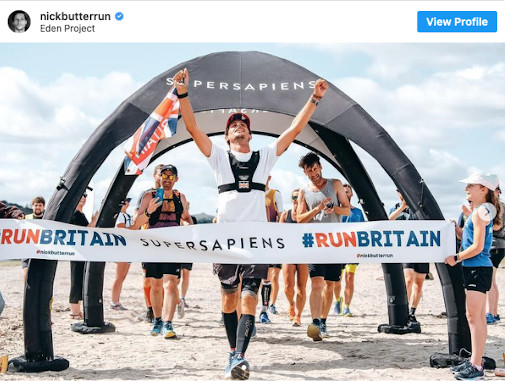
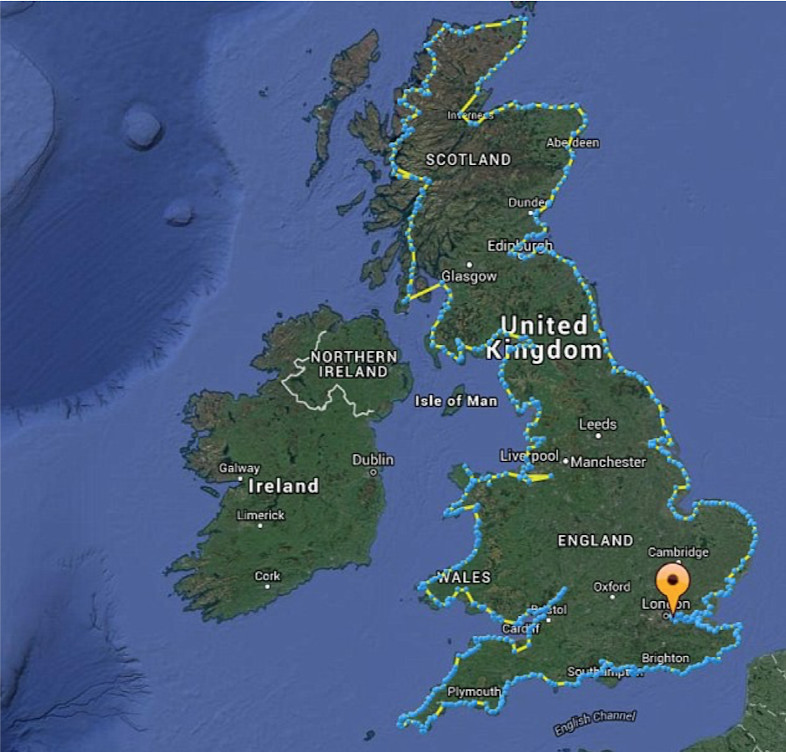
Many Britons have done the trek from Land’s End in Cornwall to Scotland’s John o’ Groats, but Butter is the first man to physically run around Great Britain in 150 days or less. Englishman Wayne Russell did the same trek as Butter in 2016, but his trek took more than twice as long.
Butter has completed huge running projects before, including his Run the World challenge that saw him run a marathon in every country, but this challenge was altogether different. His battle against time forced him to cover 66 km each day.
Butter’s challenge has been raising money for the 196 Foundation, which aims to provide aid to every corner of the world by creating a long-term commitment to help one cause per year.
(08/29/2021) ⚡AMPby Running Magazine
Allie McLaughlin wins Pikes Peak Ascent, then places 2nd in the marathon
2019 U.S. trail running champion Allie McLaughlin had an incredible weekend in Colorado Springs, Colo., winning the Pikes Peak Ascent race on Saturday in 2:49:40. On Sunday, she followed it up with a second-place finish in the Pikes Peak Marathon in 4:38:06.
McLaughlin is a former track and cross-country runner from the University of Colorado, and intended to complete the double last year, but wasn’t able to, due to a fall on the downhill portion of the course. This year she bounced back, completing her goal of the Pikes Peak double, the Ascent (21 km) and marathon on back-to-back days.
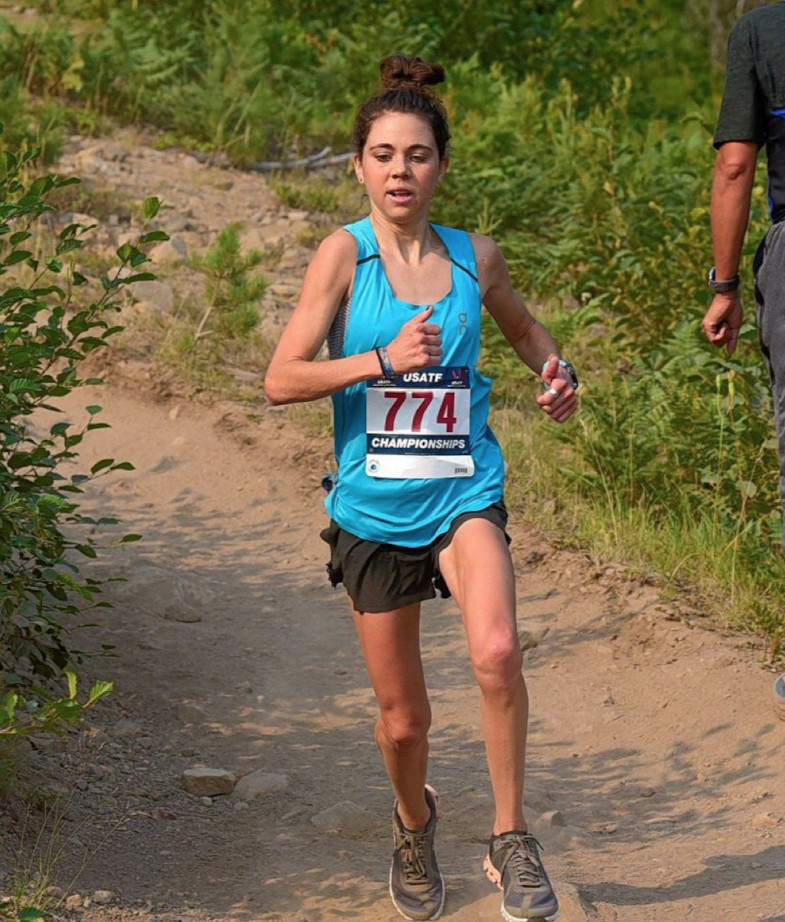
When we asked McLaughlin about her Pikes Peak double, she said, “The key was sticking to my routine and staying relaxed. Both seemed to really help me mentally. I felt way less pressure on the second day and just ran. There were times I could’ve pushed harder but first and foremost I wanted to complete my goal and finish healthy.”
The Ascent and the marathon distances require runners to climb 1,690-metres across 21 km to reach the summit of Pikes Peak.
Trail running veteran Stevie Kremer won the Pikes Peak marathon in 4:34:35. The 2014 Sierre-Zinal champion has made a return to trail racing after becoming a mother in 2018.
In the men’s race, Seth DeMoor won his second straight Pikes Peak Marathon in 3:36:31, setting the record for the masters’ age group. DeMoor decided at the last minute that he try to defend his title. DeMoor is a well-known YouTuber/runner with over 140,000 subscribers, with videos on training, shoes and a glimpse inside his trail races.
Pikes Peak Marathon is the second race in the North American Golden Trail World Series and the next race is at Whistler Alpine Meadows 50K on Sept. 24, in Whistler B.C
(08/29/2021) ⚡AMPby Running Magazine
You’ll Want to Load Up on Vitamin K for Better Heart Health
Add dark leafy greens, broccoli, Brussels sprouts, and avocados to your grocery list ASAP.
Eating a diet rich in foods containing vitamin K can provide a significant protective effect when it comes to your heart health, according to new research.

Dark leafy greens, broccoli, Brussels sprouts, and avocados are all rich in vitamin K.
Eating a diet rich in foods containing vitamin K can provide a significant protective effect when it comes to heart health, according to new research in the Journal of the American Heart Association.
Researchers looked at dietary data from more than 50,000 people taking part in a decades-long study in Denmark. They found that those who ate more foods high in vitamin K had a 21 percent lower risk of developing atherosclerotic cardiovascular disease than those who ate the lowest amounts.
The effect was highest among those who consumed green leafy vegetables and vegetable oils, which have a form of the vitamin called K1, according to lead author Nicola Bondonno, Ph.D., a research fellow at the Institute for Nutrition Research, at Edith Cowan University in Australia. But, she told Runner’s World, there was also lower risk among those who ate foods high in a form called K2, found in animal products and fermented foods.
Although it’s possible to get a boost of vitamin K through taking supplements—much as you can isolate other vitamins or minerals in the same way—previous studies on supplements in general cast doubt on whether this is the best route.
For example, a 2019 research review looked at both observational studies and randomized trials on multivitamins, antioxidants, folic acid, vitamin E, folic acid, and beta-carotene, which have all shown promise for cardiovascular health. But researchers found little evidence that any of them aided in prevention or treatment of cardiovascular disease.
Getting these compounds through food, however, is a very different story. That’s because dietary sources not only have a range of vitamins, they also tend to have fiber, antioxidants, and healthy fats, which all work together to improve your heart function, according to Robert Greenfield, M.D., medical director of non-invasive cardiology and cardiac rehabilitation at MemorialCare Heart & Vascular Institute at Orange Coast Medical Center.
For instance, foods high in vitamin K—such as dark leafy greens, broccoli, Brussels sprouts, and avocados—are also abundant in other vitamins and minerals that benefit the heart, Greenfield told Runner’s World. Those include iron, magnesium, and zinc. Meats and dairy high in vitamin K—such as beef liver, chicken, and hard cheeses—also provide protein and healthy fats. Greenfield added that vitamin K is fat soluble, which means you need a bit of fat for proper absorption, so dietary options may be an advantage there as well.
One more benefit to getting vitamin K in your diet: It doesn’t take much effort to see benefits. In the recent study, those who had more of the vitamin didn’t see greater benefits, said Bondonno. So, adding options like chard or spinach to a meal every day is likely enough of a heart booster, she said.
“The multitude of bioactive compounds in vitamin K-rich vegetables can protect you against other chronic diseases in many different ways,” she said. “And the takeaway is that they help protect against cardiovascular disease as well.”
(08/29/2021) ⚡AMPby Runner’s World
Thousands race in 'Rock the Parkway' 5K benefiting Children's Mercy
More than 3200 people ran on Saturday morning in Kansas City, Missouri, for a good cause.
Rock The Parkway brought many people out to run in either a half marathon or 5K, with proceeds going to Children’s Mercy Hospital.

A spokesperson for the run said this year they had about half the amount they had in years past.
The course goes along Ward Parkway and according to run organizers “It has been voted a Best Race Course by area runners, year after year.”
This is the 12th year of Rock The Parkway.
(08/29/2021) ⚡AMPThe TransRockies Golden Ultra cancelled
The TransRockies Golden Ultra race, one of Canada’s toughest trail races, has been cancelled this year due to the mandating of organized events set by the British Columbia government.
The Golden Ultra was supposed to take place on Sept. 17-19 in Golden, B.C. but as of Aug. 23, the B.C Interior Health Region stated that all outdoor organized events will be limited to under 100 people for one month to stop the spread of COVID-19.
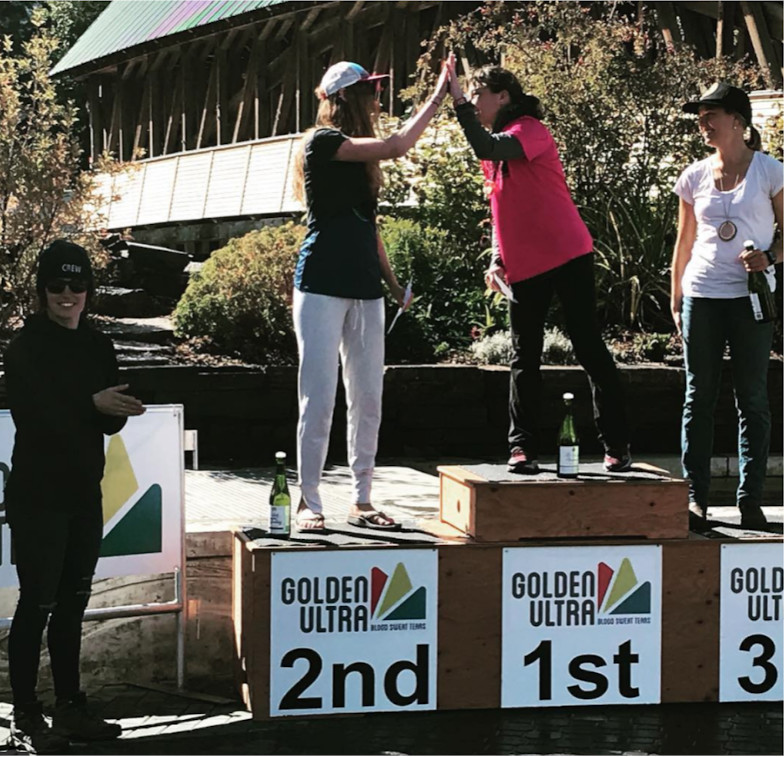
Race organizers did everything they could to try to make this event happen, but the public health mandate does not allow large gatherings, and this event cannot operate without all its volunteers and athletes.
Information on the 2022 event will be updated over the next couple of days. All of the 2021 registrants will be deferred to the 2022 event with no penalty.
(08/29/2021) ⚡AMPby Running Magazine
Yehualaw smashes world half marathon record in Larne
Ethiopia’s Yalemzerf Yehualaw took 18 seconds off the world half marathon record, running a remarkable 1:03:44* at the Antrim Coast Half Marathon, a World Athletics Label Road Race, in Larne, Northern Ireland, on Sunday (29).
Yehualaw becomes the first woman to break 64 minutes for the half marathon, with her mark improving on the 1:04:02 world record which had been set by Kenya’s world marathon champion Ruth Chepngetich in Istanbul on 4 April.
Yehualaw had been second in that race in Istanbul, running 1:04:40, but this time her dominant performance saw her win the women's race by six minutes ahead of Kenya’s Jane Nyaboke (1:09:45). Britain's Rose Harvey was third (1:10:29) and Georgie Schwiening fourth (1:11:13), with Northern Ireland's Fionnuala Ross (1:13:10) and Ann-Marie McGlynn (1:13:13) fifth and sixth respectively. Yehualaw's time placed her ninth overall.
Paced by Roy Hoornweg and Mohamed Ali, Yehualaw was part of a pack of runners which went through the 5km mark in 15:05 and hit 10km in 30:22. Turning to run back along the coast, Yehualaw passed the 15km mark in 45:24 looking comfortable and continued to push on, eventually crossing the finish line full of emotion, with 1:03:44 on the clock.
“This was a dream come true for me,” said 22-year-old Yehualaw. “I have tried twice before to break the world record but it didn’t happen, but I’m so happy it happened today in Larne.”
The performance would have meant even more to Yehualaw after she finished fourth in the Ethiopian Trials 10,000m and did not make the team for the Olympic Games in Tokyo. She was also left motivated after her third-place finish at the World Athletics Half Marathon Championships in Gdynia last October.
“At the World Half Marathon Championships I was trying to win gold but it didn’t happen,” Yehualaw added. “But today I’m so happy.”
Coached by Tessema Abshero as part of the NN Running Team, Yalemzerf made her international debut in 2019 when she won the Rabat Half Marathon in 1:09:13. Returning to Rabat four months later, she won the African Games title and then finished second at the Delhi Half Marathon.
Her bronze medal win at the 2020 World Half Marathon Championships was followed by victory in Delhi, where her winning time of 1:04:46 was then the second-fastest ever women’s time on a record-eligible course. In Istanbul in April she improved to 1:04:40 which put her third on a world all-time list since rewritten thanks to her 1:03:44 in Larne.
It was an Ethiopian double in Larne as national record-holder Jemal Yimer won a close men's race in 1:00:30 ahead of his compatriot Tesfahun Akalnew (1:00:31) and Kenya's Shadrack Kimining (1:00:32).
A lead group of four had broken away early on and Kimining led Britain's Marc Scott, Yimer and Akalnew through 10km in 28:53. Kimining remained to the fore as the group passed 15km in 43:29 but as the race came down to a sprint finish it was 2017 world 10,000m fifth-placer Yimer who had the strongest kick and he held off Akalnew by a single second, with Kimining just another second behind. Scott finished fourth in 1:00:35 and Nigel Martin fifth in 1:03:22, with Ireland's Ryan Creech sixth in 1:03:26.
"I am happy with my win," said Yimer. "I had prepared for a course record but due to the wind and the circumstances I didn’t make sub-60 but I am happy with the win."
(08/29/2021) ⚡AMPFrancois D'haene claims his fourth victory at UTMB
Frenchman Francois D’haene delivers once again in the Alps, achieving his fourth victory at Ultra-Trail du Tour Mont Blanc. D’Haene finished in 20 hours and 45 minutes to cover the 170km course, climbing over 10,000m up and down the valleys of Mont Blanc.
This is D’haene’s fourth win in his fourth attempt at UTMB. He now single-handedly holds the record for most wins since the race began in 2003, passing Spain’s Kilian Jornet who holds three.
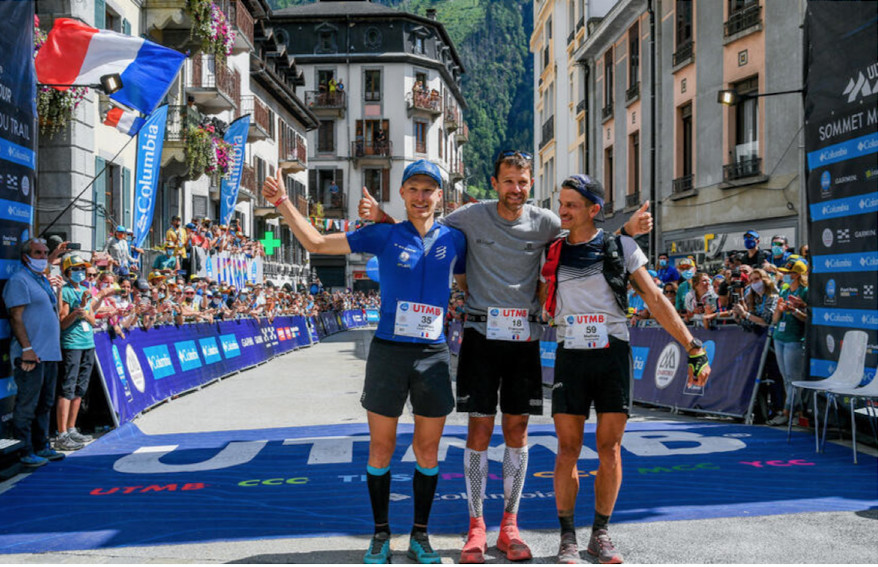
D’haene lead since the first breakaway and started a second breakaway group with American Jim Walmsley, as they began the climbing in Italy, D’haene dropped Walmsley and charged on towards the finish line. Walmsley dropped out of the race after failing to stay on pace with D’haene.
French-Canadian, who lives and trains around Montreal but was born in France, Mathieu Blanchard finished third to round out the podium. This marks the highest finish by a Canadian ever at UTMB. Aurélien Dunand-Pallaz of France was second to round out the French sweep of the podium, for the first time in history at UTMB.
In the women’s race, it was American Courtney Dauwalter who rose to glory. Dauwalter won the previous edition of the race, becoming the third woman to successfully defend her title on the hills of Mont Blanc. Dauwalter broke fellow American Rory Bosio’s course record finishing in 22 hours and 30 minutes. Dauwalter finished seventh in the overall standings, the highest finish ever by a woman.
(08/28/2021) ⚡AMPNorth Face Ultra Trail du Tour du Mont-Blanc
Mountain race, with numerous passages in high altitude (>2500m), in difficult weather conditions (night, wind, cold, rain or snow), that needs a very good training, adapted equipment and a real capacity of personal autonomy. It is 6:00pm and we are more or less 2300 people sharing the same dream carefully prepared over many months. Despite the incredible difficulty, we feel...
more...Stephen Scullion and Paul Pollock ready for big guns in Antrim Coast Half Marathon
Tokyo Olympians Stephen Scullion and Paul Pollock will spearhead the local challenge against a star-studded international field in the Antrim Coast Half Marathon on Sunday.
Sir Mo Farah - who won the 5,000m and 10,000m double at both London 2012 and Rio 2016 before missing out on Tokyo qualification - is unable to defend the inaugural title he won last year in a time of one hour and 27 seconds due to injury but will be at the event as race starter and will also carry out media and ambassadorial roles. Sir Mo said: "I can't wait to be involved this time around, especially with the kids race.
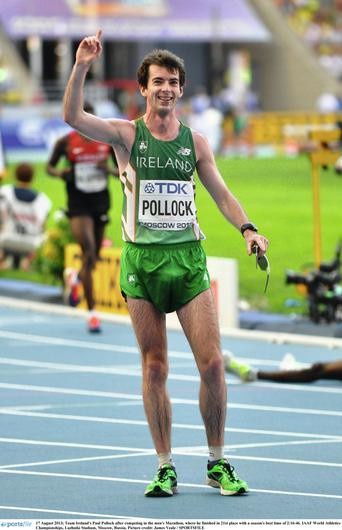
I aim to be back for another crack at the race next year." Big-race organiser James McIlroy - an 800m semi-finalist at the 2000 Sydney Olympics and who roomed with Sir Mo on Team GB trips - feels it will be one of the strongest half marathon line-ups ever seen on these islands.
"It promises to be one of the greatest half marathons ever assembled in the UK or Ireland with 53 men and 25 women taking to the start. With three full national teams confirmed, and runners from Africa, America, Europe, UK and Ireland, this year’s first ever World Athletics event in the province promises to be one of the leading road races in the world for 2021," said the Larne man, grandson of Belfast Celtic legend Sid McIlroy.
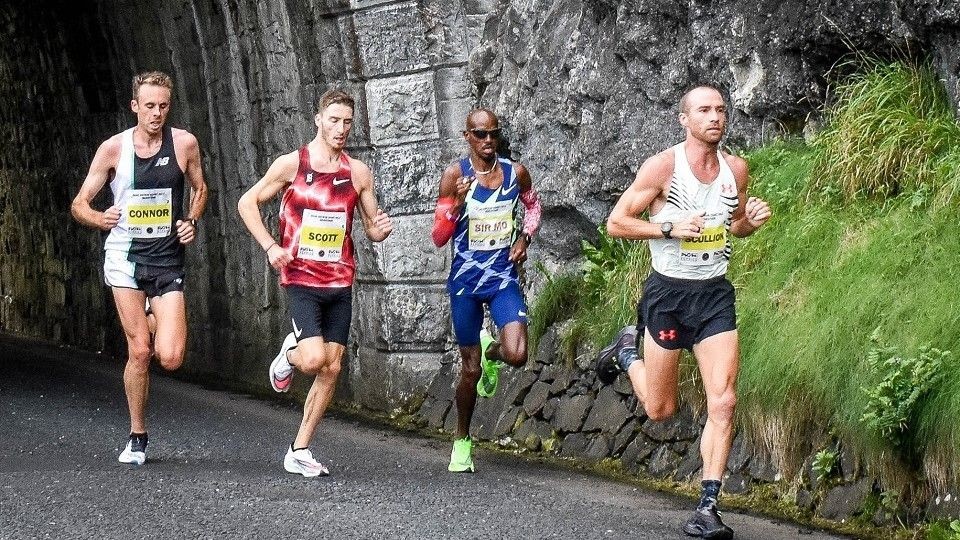
In addition to boasting 11 Olympians, headlining the men’s race will be Ethiopian record holder Jemal Yimer. Yimer won his last half marathon outing at the Houston half marathon in 2020 and has also achieved the fastest ever debut half marathon in 59:00 achieved in R’as al Khaimah in the UAE back in 2019.
He will be joined by countryman Tesfahun Akalnew, who has a personal best of 59:22, previously finished second in the African Games and comes to the Antrim Coast with strong runs in 2020, finishing fifth in the Barcelona Half Marathon and sixth in New Delhi. Completing the African trio will be Shadrack Kimining, winner of the 2016 Cardiff Half Marathon and in Gothenburg in 2018 and 2019.
Leading the UK and Ireland challenge will be Tokyo Olympians Scullion, Pollock and Marc Scott, the latter the two-time European record holder and second fastest all-time Briton behind Sir Mo over 10,000m. On Sunday Scott will seek to become only the second Briton to break the 60-minute barrier.
Belfast ace Scullion finish fourth in last year’s race on the way to setting a new Northern Ireland record of 61.12. Pollock, fresh from his second Olympics, will make his debut on the fast scenic course and should also threaten the top positions.
Barcelona Olympian and multiple World record holder Tommy Hughes will have huge crowd support as he makes his latest bid on the Vet +60 World record, which he smashed at last year’s race in a time of 71.09. McIlroy added: "With full strength teams from Ireland, England and Northern Ireland, we may well see the first ever sub-60-minute half marathon in Ireland." The women’s race is headlined by Ethiopian sensation Yalemzerf Yehualaw.
The 22-year-old finished third in last year’s World Half Marathon Championship after tripping on the finishers mat, and has targeted the Antrim Coast's fast course since lthe inaugural event last September. The elite race starts at 8.00am in Larne with the mass participation event - cancelled last year due to the Covid pandemic - starting at 9.30am. There will be live coverage on the BBC.
(08/28/2021) ⚡AMPby Frank Brownlow
MEA ANTRIM COAST HALF MARATHON
The MEA Antrim Coast Half Marathon 2022 has been approved by World Athletics as an Elite Event. The World Athletics certified course takes in some of the most stunning scenery in Europe, combined with some famous landmarks along the route. With it's flat and fast course, the race is one of the fastest half marathons in the world. Starting...
more...Hartford Marathon Foundation Encourages Community To Lace Up for Social Justice
To celebrate the diverse backgrounds and unique experiences of those that participate in its race events, the Hartford Marathon Foundation today launched the Lace Up for Social Justice initiative. Proceeds from the sale of $10 commemorative shoelaces will directly benefit the Boys & Girls Clubs of Hartford Diversity, Equity and Inclusion programs.
Adorned in a rainbow of colors reading "I RUN FOR SOCIAL JUSTICE", the shoelaces are on sale now through the HMF Shop, at upcoming HMF and Boys and Girls Clubs events and through registration for HMF's signature race, the Eversource Hartford Marathon and Half Marathon. Participants are encouraged to wear their laces proudly on race day, Saturday, October 9.
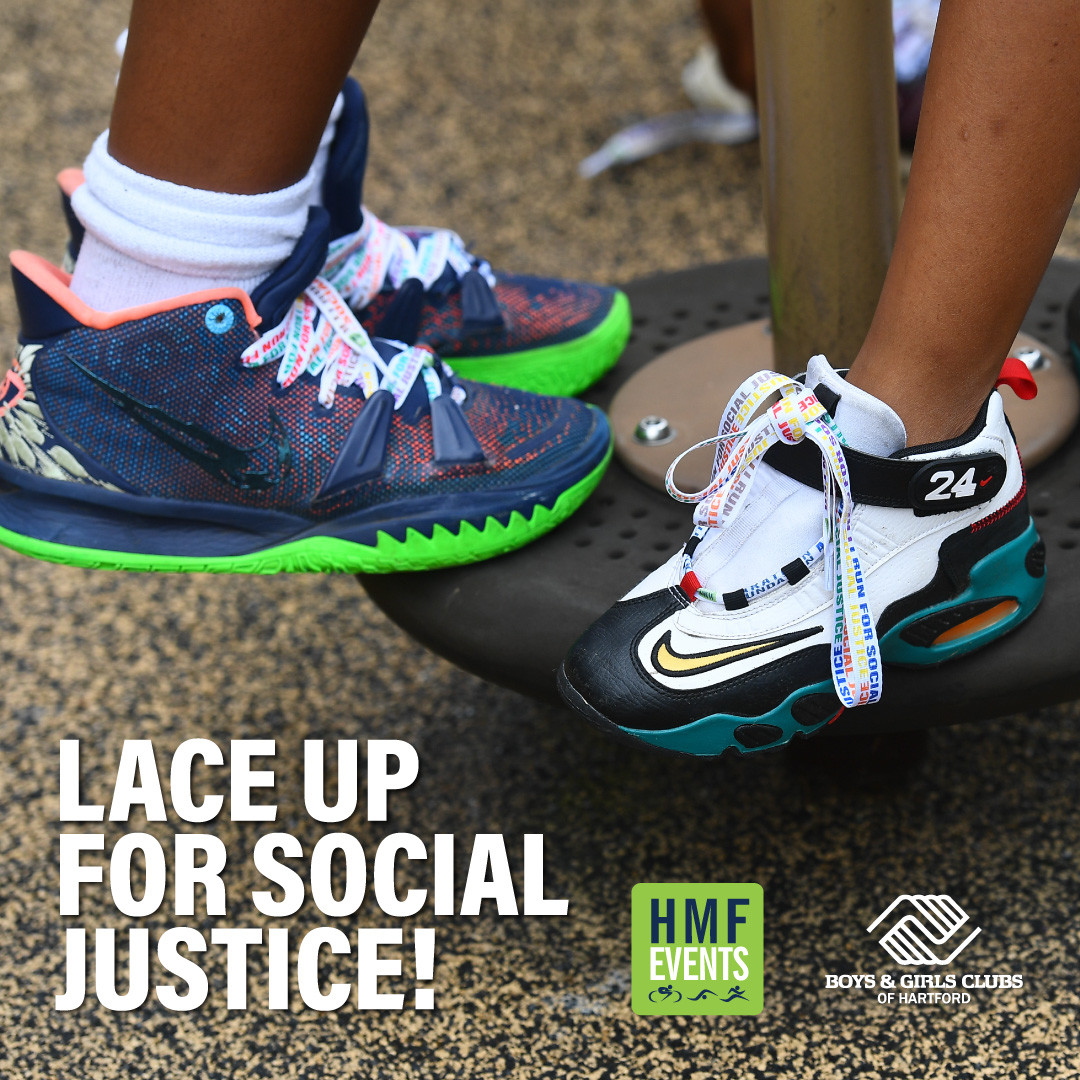
The Lace Up campaign runs in conjunction with the marathon's "Run United" theme for 2021, which is being celebrated through a special HMF FitKids running event on Saturday, October 2. Local youth will have the memorable experience of finishing a race under the iconic Soldiers Sailors Memorial Arch and crossing the grand finish line of the Eversource Hartford Marathon. A replica of the Black Lives Matter mural that is painted on Trinity Street in Hartford will also be unveiled along the sideboards of the finish line.

"We are proud that the events we produce welcome people from all walks of life to achieve goals and we celebrate each and every one of their accomplishments equally - that's no more evident than at the Eversource Hartford Marathon," said Beth Shluger, President and CEO of the Hartford Marathon Foundation. "We want to honor that social responsibility and raise funds for the incredible resources available through the Boys & Girls Clubs of Hartford to foster a more caring, accepting and equitable future for our youth."
"The Boys & Girls Clubs of Hartford are proud to be a part of the Eversource Hartford Marathon Lace Up for Social Justice Campaign. Now more than ever, our Boys & Girls Diversity, Equity and Inclusion programs are so important. We believe all young people should be afforded the guarantee of fair treatment, access and opportunity," said Samuel S. Gray, Jr., President and CEO of the Boys & Girls Clubs of Hartford.
In addition to the Lace Up campaign to raise funds for the benefit of the Boys & Girls Clubs of Hartford, the Eversource Hartford Marathon, Half Marathon, Team 13.1 Relay and Charity 5K will continue to benefit additional worthy causes in the community. The Official Charity program for the October 9 race features 19 organizations committed to rallying participants, supporters and volunteers to raise funds and awareness. More than $8.2 million has been raised for charity through the Eversource Hartford Marathon and Half Marathon since its inception in 1994.
Purchase laces, learn more about Official Charities or register for the Eversource Hartford Marathon events at www.hartfordmarathon.com.
(08/28/2021) ⚡AMPEversource Hartford Marathon
Be part of the biggest race day in Connecticut. Where runners, families, charities and volunteers come together in an inspiring display of community spirit. Enjoy a top-notch experience, from expo to post-race party: A plethora of resources and expertise. High-energy crowds. Pomp and circumstance filling the streets. Thorough course amenities, including fuel, pacers, security and medical services. Festive celebration with...
more...It is Going to Be a Busy 7 Weeks With All 6 World Marathon Majors Taking Place
For the first time ever, all six World Marathon Majors will be contested in the fall of the same year. Due to postponements caused by COVID-19, the Berlin, London, Tokyo, Chicago, Boston, and New York City marathons are all scheduled to take place within a seven-week timeframe.
For many athletes, these marathons will be their first 26.2 since the onset of the pandemic, and they’ve set big goals for the return of the sport.
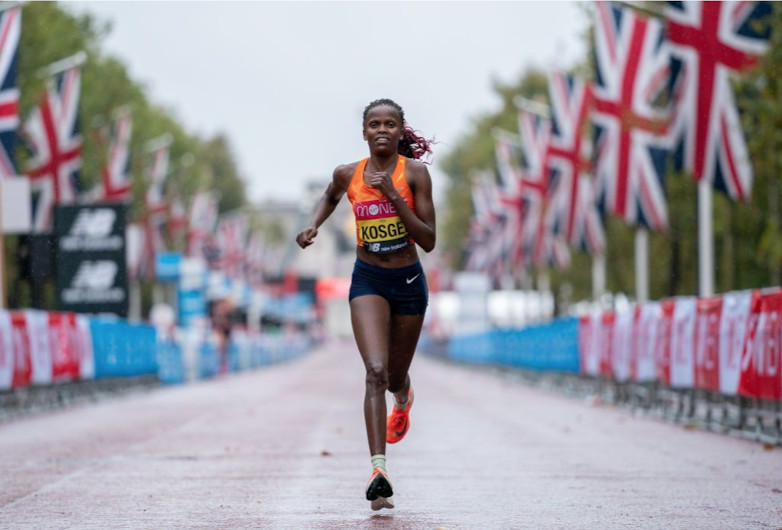
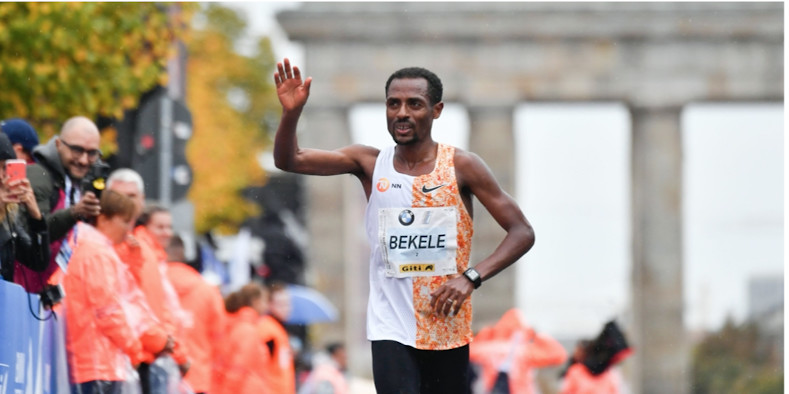
Between runners doubling in events to some chasing national records, the best marathoners in the world are taking full advantage of these highly anticipated competitive opportunities. Here, we outlined some quick takeaways and storylines we’ll be watching based on the early elite field announcements. (And we’ll keep this list updated if and when top runners throw their name into one of these amazing fields!)

Berlin Marathon—Sunday, September 26
MEN:
Kenenisa Bekele, Ethiopia (2:01:41)
Right now, the only elite runner confirmed for the Berlin Marathon is Kenenisa Bekele. Berlin will be the first of two marathons in 42 days for the Ethiopian runner, who is also scheduled to race the New York City Marathon on November 7, a grueling double that will mark Bekele’s first races since March 2020.
As three-time Olympic champion told Sports Illustrated, he is ready for the challenge.
“For a whole year, I couldn’t race and it’s been really difficult for athletes,” Bekele said. “I want to take this chance and see what is possible.”
London Marathon—Sunday, October 3
Eight weeks after winning silver at the Tokyo Olympics, Brigid Kosgei aims to defend her title in London. The world record-holder from Kenya will be going for her third consecutive victory in London against a stacked field that includes defending New York City Marathon champion Joyciline Jepkosgei and two-time Tokyo Marathon winner Birhane Dibaba.
On the men’s side, Shura Kitata will also be looking to defend his title in London after a disappointing performance in Tokyo. The Ethiopian standout struggled in the heat during the Olympic marathon in Sapporo and dropped out of the race, but he’s aiming for redemption on a course where he experienced a breakthrough last year.
“I was disappointed to have to pull out of the Olympic Games Marathon, but I just did not adapt to the weather well,” Kitata told World Athletics. “It was very cold in Ethiopia prior to leaving for Tokyo and when we got there the weather took its toll on my body and made my breathing very hard. But I’m healthy and looking forward to racing in the Virgin Money London Marathon again. I am preparing very well and my coach has me very ready to defend my title in London.”
Chicago Marathon—Sunday, October 10
Almost a year after she nearly broke Deena Kastor’s American marathon record, Sara Hall is gearing up to again chase the elusive time set 15 years ago. In Chicago, Hall aims to continue her breakthrough streak, which started during the 2020 COVID-adjusted season, and run under the record of 2:19:36.
“It has been too long since I’ve been back, and when I thought about where I wanted to chase the American record, I thought it would be more exciting to do it at home, in the U.S., and Chicago is such an epic race,” Hall said in a statement. “I’m really excited to have my best marathon yet on U.S. soil.”
After dropping out of the 2020 Olympic Marathon Trials, Hall made an impressive comeback with a runner-up finish at the London Marathon last October, and a victory at the Marathon Project in December. Hall’s winning time of 2:20:32 is her personal best and the second-fastest performance ever by an American woman.
Hall will have stiff competition up front with Ruth Chepngetich in the field. The Kenyan marathoner set the half marathon world record in April. She had an off day at the Tokyo Games and dropped out of the marathon around the 20-mile mark. Chicago will be the 2019 world champion’s first major marathon since the Olympics and her first race on U.S. soil.
Another American to watch will be Keira D’Amato; she made headlines in 2020 with huge improvements on the track and the roads, which helped her land her first professional contract with Nike at 36 years old. D’Amato was expected to be an Olympic team contender in the 10,000 meters, but she withdrew from the U.S. Olympic Track and Field Trials, citing a hamstring injury. The Chicago Marathon will be D’Amato’s first race since February.
Galen Rupp, who placed eighth in 2:11:41 at the Tokyo Olympics on August 8, is returning to race the marathon in Chicago. This marathon holds some significance for Rupp, who became the first American male athlete since Khalid Khannouchi to win the race in 2017. The last time he competed in the Windy City was during his comeback to the sport after having Achilles surgery. In the 2019 race, he dropped out just before the 23-mile mark, but he’s looking to improve this time around.
“My goal is winning,” Rupp said in a statement. “I want to come back and win. 2019 left a sour taste in my mouth. I didn’t finish that race so I cannot wait to get back out there and come back stronger than ever. It has been a wild ride since then. I’m healthy, I’m happy, and it’s going to be tremendous to come back.”
Boston Marathon—Monday, October 11
Boston will have one of the deepest elite fields on the women’s side with nine women who have run under 2:22, including Olympic bronze medalist Mare Dibaba and 2017 Boston Marathon winner Edna Kiplagat.
The race will also be Des Linden’s first of two marathons this fall. The 2018 Boston Marathon champion is entered in the New York City Marathon on November 7, a shorter than normal timeframe between major marathons. Boston will be Linden’s first major marathon since she finished fourth at the 2020 Olympic Marathon Trials. This spring, Linden set the 50K world record by averaging 5:47 pace for more than 31 miles.
Fellow Americans Jordan Hasay and Molly Huddle will also be returning to Boston after the event took a two-year hiatus due to the pandemic.
​
In the men’s field, several past podium finishers are making their return to Boston, including Kenyan standouts Wilson Chebet, Felix Kandie, and Paul Lonyangata. A large American contingent will be led by four-time Olympian Abdi Abdirahman, who finished 41st in the marathon at the Tokyo Games. Including Abdirahman, eight of the top 12 finishers from the U.S. Olympic Marathon Trials are scheduled to compete.
New York City Marathon—Sunday, November 7
The field assembled for the women’s race, especially the American contingent, is the most stacked marathon of all the fall races. Tokyo Olympians Molly Seidel, Sally Kipyego, and Aliphine Tuliamuk are all slated to return to competition in the Big Apple after representing Team USA in Sapporo.
Fellow podium finisher Peres Jepchirchir of Kenya is also returning to the distance after dominating the marathon to win gold in her first Olympic Games. She has the fastest personal best among the field after running 2:17:16 in Valencia last year. Including Jepchirchir, the New York City field includes four women who have run under 2:21.
Outside of the Olympic team, a handful of the top Americans are also gearing up for fast times in the city. Emily Sisson, Kellyn Taylor, Stephanie Bruce, Roberta Groner, and Laura Thweatt are scheduled to compete. And Des Linden will be racing her second marathon of the fall after competing in Boston on October 11.
Along with Bekele’s double, Abdi Nageeye’s performance will draw fans in to watch the men’s race in New York City. The runner from the Netherlands secured a silver medal in the Tokyo marathon by crossing the finish line in 2:09:58, a huge improvement from his 11th-place finish in Rio. He’s finished in the top 10 twice at the Boston Marathon, but this fall will mark his debut in New York City and he’s feeling confident in his chances.
“For me, winning the silver medal in the Olympic Games was not a surprise,” Nageeye said in a statement. “There were many good athletes in the race, but I knew my preparation had been good. I was ready for the conditions, and most importantly I believed in myself. I will take that same focus into my preparations for New York, and my belief and confidence in my abilities is even higher than it was in Sapporo. There is nothing I want more than to bring a New York City victory back home along with my Olympic medal.”
There will also be a couple of highly anticipated marathon debuts, including Kibiwott Kandie and Ben True. Kandie is the half marathon world record-holder and a world championships silver-medalist. True will be aiming for redemption after finishing fourth in the 10,000 meters and narrowly missing out on making Team USA at the Olympic Trials in June.
(08/28/2021) ⚡AMPby Runner’s World
New documentary "Kipchoge" offers intriguing look at marathoner's skill but doesn't go the distance
Filmmaker Jake Scott honors the Kenyan distance runner, including theories about his speed, but comes up short
On October 12, 2019, the Kenyan distance runner, Eliud Kipchoge, set out to run a marathon in under two hours. On a specially designed, closed course in Vienna, with the assistance of a group of pacers, as well as a pair of Vaporfly Nike sneakers, this elite athlete ran non-stop at the speed of approximately 13 miles per hour for 1 hour 59 minutes and 40 seconds to achieve this incredible feat.
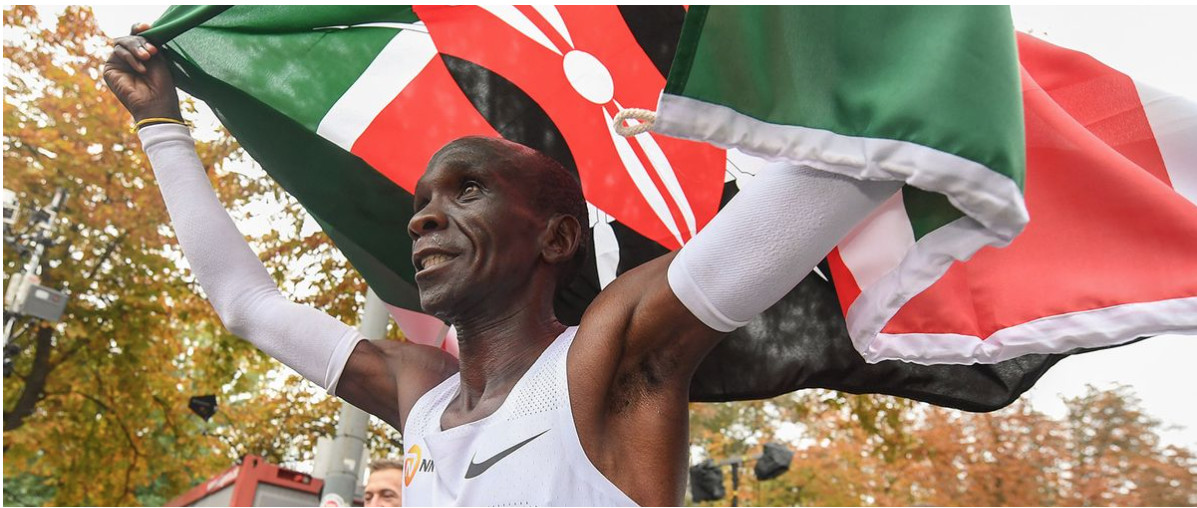
The new documentary, "Kipchoge: The Last Milestone," directed by Jake Scott (son of Ridley, who executive produced) profiles the marathoner and provides some background on the event as well as scenes from the race itself. While there is no doubt that Kipchoge's story is inspiring (even if the ending is known), the film is oddly underwhelming.
The first section of the documentary is pure hagiography. Kipchoge is humble. Kipchoge is disciplined. Kipchoge is dedicated. Kipchoge is seen training and mentoring young runners. None of this is bad — or in doubt — but Scott shoots it all like one of the many glossy music videos that he built his career on. There is angelic music on the soundtrack and slow-motion scenes of Kipchoge running. Yes, he's absolute poetry in motion "floating" while moving at an incredible speed, and the balletic quality of his athleticism is glorious. But the film offers mostly soundbites of Kipchoge offering in platitudes about how a marathon is like life — full of pain and joy. He also repeats his mantra, "No human is limited."
The film certainly leaves viewers wanting to know more about its exceedingly likeable subject. His childhood is glossed over. He grew up with a single mother, a kindergarten teacher, who taught him discipline. He took to running after seeing his neighbor, Patrick Sang, compete. Sang, who became the athlete's coach, explains (as do others) that Kipchoge is "strong mentally," and blocks pain to perform his superhuman feats. (It isn't until midway through the race, an hour or so into the film, that it is revealed Kipchoge has a wife and daughter).
There are discussions of high-altitude running, and pain thresholds. But what his seven months of preparation for the two-hour marathon entail are largely unexplored. What is his diet like? How much does he run a day or week? Kipchoge mentions the pressure he faces near the end of the film, but that pressure is never felt.
Much of the documentary seems to be lacking depth. At one point, the film considers why Kenyans run so fast. A historical tidbit presented in "Kipchoge" suggests that the Kenyans were challenging the regime at the colonial government's Empire Games. But other theories suggest the genetics and the environment are responsible. (Moreover, running prowess is not exclusive to Kenya; the 2012 documentary "Town of Runners" explored Ethiopian Olympic athletes).
The bulk of Scott's film focuses on the historic Vienna event. After running a marathon in 2:03:05 at Monza, Kipchoge hopes to shave three or more minutes off his race. To do this, he will perform at an optimal location (the closed course in Vienna) with a road designed to help his performance. He even runs with pacers who, as the film shows in one of its most interesting segments, create a Y-formation that creates an air pocket that reduces wind drag, thereby allowing Kipchoge to run faster. In what may be an overly detailed metric, a nutritionist analyzes how much water Kipchoge drinks by the amount left in a bottle he sipped from and discarded during his run.
These and other scientific efforts used in this controlled event certainly enhance Kipchoge's efforts, which may be troubling for purists, but the artificial environment does not necessarily detract from the marathoner's achievement. If Kipchoge performed the same feat on a treadmill, would it be any less valid? Scott shows how difficult it is for two runners to match Kipchoge's 13 mph pace on a treadmill for 68 seconds (how long it can take to run 400 meters, or one lap on a track field). Doing the math, Kipchoge is running at or above this same pace 105 times in a row without a break!
This is amazing, and the behind-the-scenes information can be interesting, but not always. The mission control elements work overtime to emphasize drama, as when someone indicates the timekeeping may be inaccurate. The color commentary is occasionally inane; the changing of Kipchoge's pacers is likened to a NASCAR pitstop. That said, it is nice to see occasional shots of Kenyans cheering the runner on from afar as well as the crowds in Vienna rallying in supports of their hero. (Kipchoge, ever the class act, acknowledges how much the cheering crowds mean to him).
Scott, however, has an irritating penchant to frequently cut away from the race and focus on various talking heads, rather than on the film's subject. At least he does not fumble the final minutes of the race, even if they are shot in clichéd slow motion.
Ultimately, it might be more thrilling to just watch Kipchoge run for two hours than watch "Kipchoge."
(08/28/2021) ⚡AMPKipchoge reveals his next goal after leaving marathons
Kipchoge has been recognised the world over as the epitome of limitless possibilities.
Marathon legend Eliud Kipchoge has revealed that he intends to push his body further than the 42km marathon which he has won over 10 times.
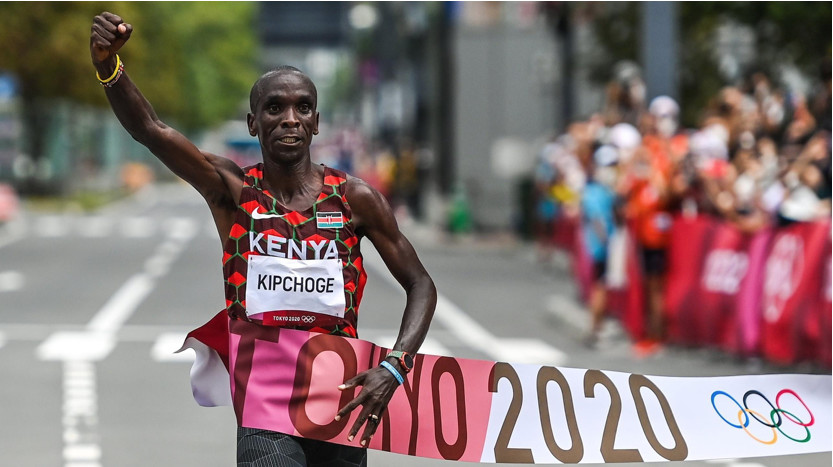
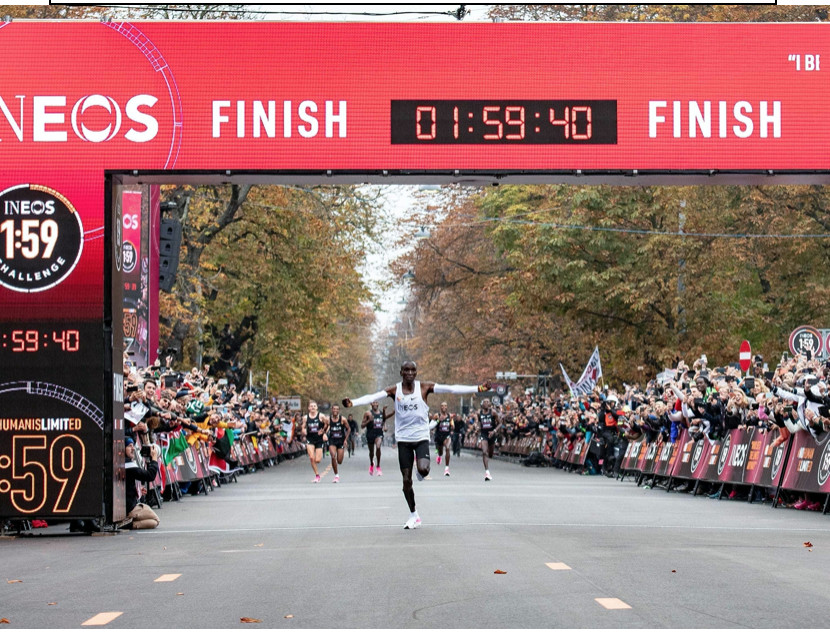
In a recent interview with author and athletic enthusiast Rob Steger, Kipchoge said his next goal after leaving marathons would be the ultra marathon.
"After leaving the marathon, I want to run the ultramarathons just to feel how it is. Running for more than 4 or 5 days or even run at once for 70 kilometres. I really want to feel the pain of running for a long time,” Kipchoge said.
The 36-year-old has been recognised the world over as the epitome of limitless possibilities, having beat the sub-2-hour mark in 2019.
Kipchoge’s timing of 1:59:40 isn’t officially recognised as a world record as the conditions—a straight and even track, a battery of world-class pace-setters and special shoes, among others—were carefully chosen to propel him towards it.
But it takes nothing away from a feat that transcends the realm of mere statistics and accomplishes what was once considered invincible.
He recently asked Kenya to embrace the use of technology in training to keep performing wonders at international competitions.
“If we don’t embrace technology then we are not moving... I know regulations will be there but technology should take centre stage.
“Let all athletes have top technology, have top innovation. That’s the only way to think and actually try to improve your performance,” Kipchoge told Reuters.
His incredible form was now been turned into a movie called Kipchoge: The Last Milestone.
The film portrays Kipchoge as a tireless athlete with a work ethic, a contemplative attitude and a fundamental modesty.
The legend uses hypoxic training which helps his body adapt to reduced oxygen intake to prevent him from running out of breath.
His muscles have high capability to self-contract to enhance the smooth movement of his limbs
An excerpt from his training manual reads that in 2018, he completed an entire session in under 80 minutes with no time between warm-up, workout, and cool-down. Later the same day he ran 12km in less than 50 minutes.
(08/28/2021) ⚡AMPSore Muscles? It Might Be Your Diet
Trail runners are always looking for ways to recover faster, feel better, and perform well the next day. But have you thought about how your diet might affect your muscle soreness?
Anyone that has done a hard or long workout and has woken up a day or two later to extreme muscle soreness (otherwise known as DOMS or delayed onset muscle soreness) can relate. Just getting out of bed can be a challenge, let alone going out for another run. Your nutrition can be a key component to help reduce soreness and get you back quicker in your training and racing.

Eat Enough Calories
If you aren't getting in enough calories after your run, your body will not have enough nutrients to recover. Sounds simple, but for many, it's not easy. Many runners post long or hard runs, leptin levels are typically higher (fullness signaling), while ghrelin levels are suppressed (hunger signaling). This may require a runner to come up with a specific post-run fueling strategy that looks different on these training days versus others. Typically, more liquid calories, even if you are not hungry will be easier to get down. Focusing on soups and smoothies that contain energy-dense foods like avocado, nuts, and seeds can pack a large punch in a small volume. Be sure that you are not restricting carbohydrates or protein, as both work together synergistically to help you replace glycogen stores and repair muscles.
When To Eat After Your Workout
You've probably heard about that magical "window of recovery" post-exercise that emphasizes getting food in 30-60 min after a workout. What is that "something" exactly and does it need to be timed perfectly? Simply put, if we want to try and do everything possible to reduce post-exercise muscle soreness, then yes, post-workout nutrition composition and nutrition timing is very important.
Our main concerns post-exercise are stopping additional muscle protein breakdown, repairing the body, and restoring glycogen stores. Post-exercise, a greater rate of muscle glycogen resynthesis is achieved based on the greater rate of sensitivity of muscle to insulin. In fact, choosing simpler carbs post-exercise (~1.5g/kg bw) in the 30 minutes post-exercise completion can help promote the highest rates of glycogen resynthesis and regular carb feedings every 2 hours, 4-6 hours post-exercise can ensure that glycogen is replenished properly for back to back higher intensity or longer training days.
Protein+carbohydrate consumption post-exercise (not just carbohydrate) has been demonstrated to increase muscle protein synthesis rates, as well as helped increase glycogen resynthesis rates to even higher levels. Higher Branch Chain Amino Acid Sources (BCAA) sources tend to produce the highest rates of muscle protein synthesis and can be found in foods like dairy, meat, beans, and tofu. Having your post-workout nutrition strategy dialed in can help significantly reduce muscle soreness and get you going for your next day of training. A good target is to consume 45-60G of carbohydrates with 15-20G of protein in the 30-minute window post-workout.
How To Hydrate
While nutrient intake and timing are important, failure to rehydrate post-exercise can also lead to its own host of effects on muscle recovery. Dehydration, even in small amounts, can contribute to reduced power, endurance and strength. A good target for replacement is to replace all fluids lost during activity (which on average is about 16-20oz/hr of activity), however, this can be even more accurately dialed in with the use of a sweat test.
Omega-3 Supplementation
Omega-3 fatty acids, like EPA and DHA are polyunsaturated fatty acids with inflammation balancing properties. While some level of oxidative stress and inflammation are needed for proper training adaptation to occur, it's when levels become chronic and unchecked that it becomes more harmful than beneficial. In general, studies suggest that there appears to be some sort of beneficial effect with omega-3 supplementation, but duration of use (longer use appears more effective) and EPA/DHA dosage (1.5-2g/day produces a better effect).
Magnesium Rich Foods
If we had to pick one mineral to be king for helping reduce muscle soreness, magnesium would be it. Magnesium itself has a number of particular functions for the endurance athlete, but in relation to muscle soreness, it plays a key role in keeping lactic acid in check, regulates muscle contraction and relaxation, and helps with protein synthesis. The RDA recommendation for magnesium intake is about 420mg/day for men and 320 mg/day for women. However, this does not take into account the higher magnesium requirements that endurance athletes may need due to increased usage of energy and loss of magnesium through sweat. First and foremost, focusing on including magnesium rich foods should be a priority before considering supplementation. Magnesium-rich foods include pumpkin seeds, avocado, nuts, beans, rice, and spinach. At this time, research is mixed as to whether magnesium supplementation is necessary, especially for those that are not deficient in it.
Tart Cherry Juice
Tart cherry juice has grown increasingly popular in the endurance community has grown as it has become more well known for it's inflammation balancing and muscle soreness reducing properties, which are due to its high concentration of anthocyanins. Research has demonstrated tart cherry juice to be effective at reducing muscle soreness when used at a dosage of 350 mL of Montmorency tart cherry juice per day for 7 days out from a target event or workout as well as one 350 mL serving day of post target event or workout.
(08/28/2021) ⚡AMPby Trail Runner Magazine
So You Want To Run UTMB. Here's How To Qualify.
The trail and ultra world was rocked this spring when the Ultra-Trail du Mont-Blanc announced a partnership with Ironman, the global triathlon brand. Aside from the inevitable financial questions that pop up with such an acquisition, many trail runners were left wondering how am I going to get into UTMB?
To compete at the UTMB World Series Finals in Chamonix, runners must compete in at least one of the 30 UTMB World Series Events or one of the three UTMB World Series Majors, where they can collect Running Stones for use in the lottery or be rewarded for their performance with direct access. Men's and women's champions will be crowned for each of the three key distances of the UTMB race week in Chamonix: the OCC (50K), CCC (100K) and UTMB (100 miles).

The full UTMB World Series calendar will be announced sometime this fall, including several UTMB World Series Events and one UTMB World Series Major in the U.S.
"Trail running was born in the USA [but] it's not easy for a French company to develop something [there]," said UTMB Co-Founder and Co-Owner Michel Poletti, in an interview with Trail Runner columnist Doug Mayer. "That's part of our decision to partner with Ironman, is that it will be easier for them to develop the sport in the U.S. than for us in France." Poletti noted they are talking with "many other races in the world, including the United States."
What The Heck Is A Running Stone?
A Running Stone is like a lottery ticket. It's your entry into the lottery to compete at UTMB, CCC, TDS and OCC. If you have seven stones, that means your name is in the lottery seven times, giving you a higher chance of being selected than someone with only three stones.
You can earn stones by competing in UTMB associated races. For example, competing in a 50k+ race "by UTMB" will earn you nine stones. Competing in an Ultra-Trail World Tour (UTWT) race over 50k will earn three stones. Western States Endurance Run finishers and Javelina Jundred runners can earn three stones. UTMB is now a Western States Golden Ticket Race, as is Javelina. You can see the full list of qualifying races here.
UTMB, CCC, TDS and OCC do not earn runners Running Stones.
UTMB Qualifying Points
Runners who haven't collected Running Stones can enter the lottery if they have the required number of qualifying points from no more than two races.
Elite Runners
UTMB races save spots for elite runners according to the number of ITRA points a runner has. For men, anyone with an ITRA score over 880 can skip the lottery and entry fee. Elite men with scores between 800-880 can skip the line but still pay an entry fee. Women with an ITRA score over 760 get free entry and no lottery, while women with a score between 760 and 675 skip the lottery, but pay the entry fee. The top three runners from any given country get in free. Easy!
All Roads End In Chamonix
UTMB is calling its new global race series the "UTMB World Series," which breaks down into four categories of races: World Series Qualifiers, Events, Majors and Finals. Qualifier races, whose numbers will apparently be in the thousands, give "privileged access" to World Series Events and World Series Majors, both of which feature 50K, 100K and 100-mile distances. Each World Series race gives a participant one lottery entry (UTMB calls them "stones") to the finals in Chamonix. The World Series Majors are the flagship races on each continent, with two entries to the Chamonix lottery. Between the Majors and Events categories, UTMB expects to have 30 to 40 races take part.
Everything points toward Chamonix and the World Series Finals-and the only way to get there will be through the new race series. To get to Chamonix, runners will also need to finish a race of comparable difficulty in one of the other UTMB race series.
(08/28/2021) ⚡AMPby Trail Runner Magazine
Czech Runner Dies from Falling During UTMB’s TDS Race in Chamonix
It is believed to be the first death in the 19-year history of the Ultra-Trail du Mont-Blanc races in and around Chamonix
There was sad news coming out of Chamonix, France, early on the morning of August 25.

The Ultra-Trail du Mont-Blanc race organization reported that a male runner from the Czech Republic competing in the 145-km TDS race died after suffering a bad fall and serious injuries. The accident occurred at the 62.3 km mark on the descent of the Passeur de Pralognan, an 8,421-foot mountain pass west of Chamonix, France.
It is believed to be the first death in the 19-year history of the Ultra-Trail du Mont-Blanc races in and around Chamonix.
A spokesperson for the race said the UTMB race organization is deeply saddened and wished the international trail running community to join in offering condolences to the family and friends of the victim.
When the accident occurred at 12:25 a.m. CET, the rescue team stationed on the course responded to the scene immediately and additional emergency personnel was called into action via helicopter support. Despite life-saving treatments, the runner (who is being kept anonymous until all family members have been notified) succumbed to his injuries. Because of the remote and complex nature of the rescue operations, the race was partially halted and the runners located at the Passeur de Pralognan, and further back, were instructed by the race committee to turn around and go back down to Bourg Saint-Maurice, where they were met and transported back to Chamonix.
The race began on Tuesday afternoon in Courmayeur, Italy, and runners experienced clear skies and cool temperatures through the night and into the early morning. The 293 runners who had already run through Passeur de Pralognan were allowed to continue on to finish the race, but the remainder of the approximately 1,200 runners who were turned back will not be able to continue.
Norway’s Erik-Sebastian Krogvig was the eventual winner of the TDS, making it back to Chamonix after 18 hours, 49 minutes, 58 seconds. The TDS race, officially known as the Sur les Traces des Ducs de Savoie, is the most technically challenging race during the UTMB week, with several craggy climbs and descents that require precise footing and balance.
“This is a tough section of the course,” reports Trail Runner Magazine contributor Doug Mayer, who lives in the Chamonix area. “You’ve just climbed 2,000 meters in about 10 km, then need to hold on to chains on the other side. They have a rescue group right there at this spot, always. It’s the most technical moment of the race.
(08/28/2021) ⚡AMPNorth Face Ultra Trail du Tour du Mont-Blanc
Mountain race, with numerous passages in high altitude (>2500m), in difficult weather conditions (night, wind, cold, rain or snow), that needs a very good training, adapted equipment and a real capacity of personal autonomy. It is 6:00pm and we are more or less 2300 people sharing the same dream carefully prepared over many months. Despite the incredible difficulty, we feel...
more...Train slow to race fast, marathon lessons from Molly Seidel
The Olympic marathon bronze medalist Molly Seidel dedicates the majority of her training to easy running.
With the Fall marathon season approaching fast, many runners across the country are already deep into their marathon training programs. If you’re like most of us, you were inspired by the athletes’ performances in the Olympic marathon, most notably by American Molly Seidel’s surprise bronze medal finish. Thankfully, the elite runner tracks her training on Strava, and when looking at her stats there is one major takeaway: to run fast, you need to train slow.
Physiologist and Colorado-based endurance coach Alex Couzens broke down Seidel’s training stats on his Twitter page, and the results may come as a surprise to many runners. Out of her typical 193-kilometre training week, she only ran three per cent of that volume at 5K pace or faster — that’s less than seven kilometres. She only ran another 13 per cent (about 25 kilometers) at race pace, and half of her total training volume was dedicated to slow, easy running.

For most of us, this approach may seem counter-intuitive. A lot of time and attention is given to speedwork and tempo runs, and while both are important aspects of training, Seidel’s stats prove that when it comes to success at the marathon distance, slow easy miles are king. Of course, the average recreational runner is likely not running 200 kilometres each week, and Couzens addresses this later on in the discussion thread. In his opinion, even if someone has only five hours per week to dedicate to training, he wouldn’t change the ratios all that much. He provided an example of a basic week of training:
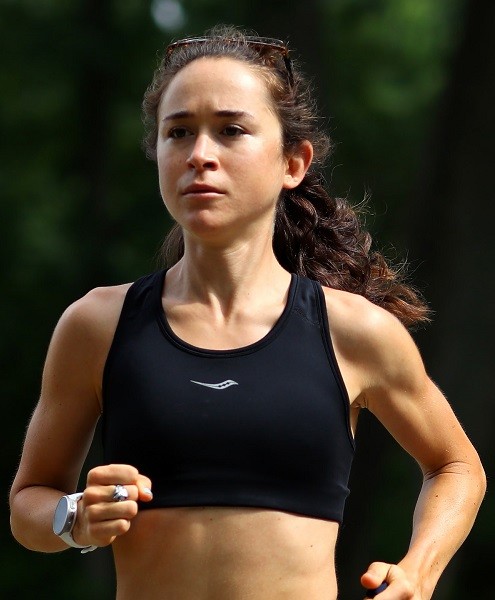
Of course, at that training volume, you likely won’t be joining the Olympians any time soon, but for someone with a busy schedule who not only has less time to train but also has fewer hours to dedicate to rest, stretching, mobility and other recovery strategies, Seidel’s ratios still apply. As long as you’re consistent with your training, this strategy will allow you to get to the start line prepared to handle the distance without injuring yourself in the process.
So if you’re in the midst of marathon training and are thinking about adding in some extra speedwork, take a page out of Seidel’s book and check your ratios first — it may not be necessary after all.
(08/27/2021) ⚡AMPby Brittany Hambleton
World record holder Letesenbet Gidey to make debut at the Valencia Half Marathon
Ethiopia’s Letesenbet Gidey, who is the current 5,000m (14:06.62), and 10,000m (29:01.03) world record holder is taking on her first half-marathon at the 2021 Valencia Half Marathon on Oct. 24.
This will mark Gidey’s first time stepping up to the half-marathon distance, as the experienced long-distance track runner is known for using her exceptional endurance to wear down the field.
In addition to her world records, Gidey has the world’s best time over 15 km on the road, running a jaw-dropping 44:20 last fall in Nijmegen, Netherlands. If she can hold her 15K pace for six more kilometres, she will crush Ruth Chepngetich’s half-marathon world record of 1:04:02 by a minute and a half.
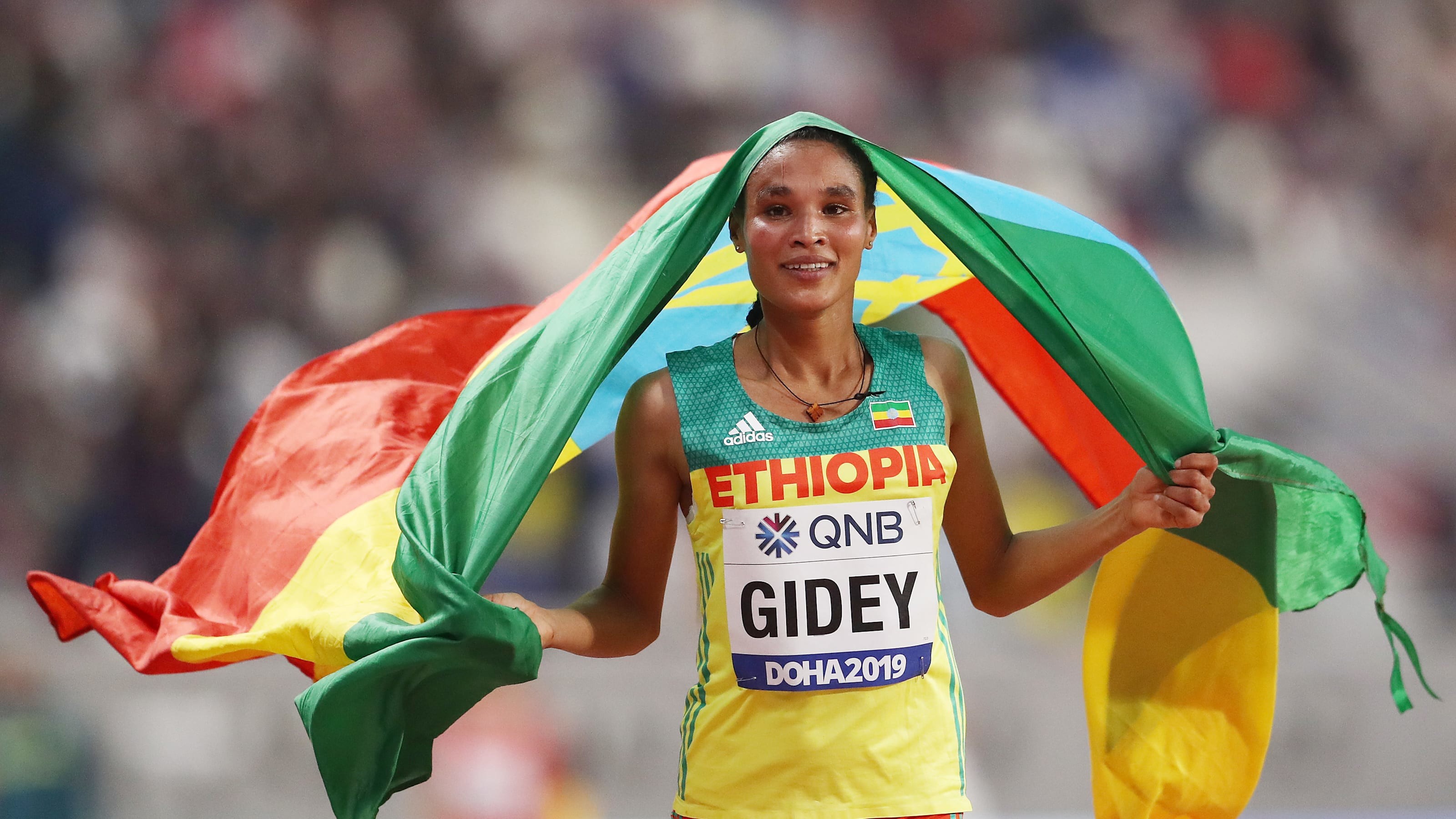
Gidey will be challenged by the last two winners of this event, Genzebe Dibaba (1:05:18) and Senbere Teferi (1:05:32), as well as Yalemzerf Yehualaw (1:04:40), who was third at the World Half Marathon Championships in Gdynia, Poland in 2020.
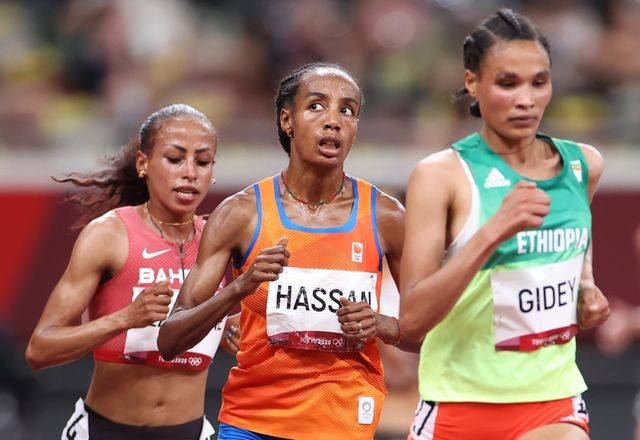
On the men’s side, the Valencia Half Marathon is stacked with high-level competition. Kenya’s Rhonex Kipruto is returning after running the second-fastest half marathon ever in 2020 (57:49). He also holds the 10K road world record at 26:24. Also in the race is Ethiopian Muktar Edris, a double world champion in the 5,000m who ran a 59:04 in his half-marathon debut.
The men’s half-marathon world record has been broken twice in Valencia over the past two years. The depth of the women’s and men’s fields are certain to threaten the record books this Oct. 24.
(08/27/2021) ⚡AMPby Marley Dickinson
Valencia Half Marathon
The Trinidad Alfonso Valencia Half Marathon has become one of the top running events in the world. Valencia is one of the fastest half marathon in the world. The race, organized by SD Correcaminos Athletics Club, celebrated its silver anniversary in style with record participation, record crowd numbers, Silver label IAAF accreditation and an atmosphere that you will not find...
more...Akron Marathon Race Series Continues with Proof of Vaccination or Negative COVID-19 Test Requirements
After two successful events in the Akron Marathon Race Series presented by Summa Health, the Akron Marathon Charitable Corporation has announced its marquee event, the FirstEnergy Akron Marathon, Half Marathon, & Team Relay on Sept. 25, 2021, will now require runners and volunteers to be fully vaccinated (with proof of a COVID-19 vaccination card) or have a negative COVID-19 test result 72 hours before the race to participate. This protocol was updated to help protect the health and safety of the public in light of the increase in COVID-19 cases and is aligned with best practices for mass gatherings.
As always, Summa Health, the Akron Marathon, and FirstEnergy event organizers are working closely with the City of Akron and Summit County Public Health on race weekend plans that align with Summit County’s public health and safety efforts to protect its runners, volunteers, and spectators. Due to the increasing COVID-19 numbers and the Delta variant, new health requirements were added.
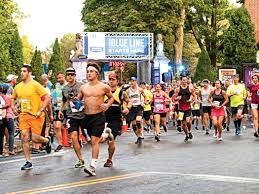
“In order to ensure the race experience that our runners expect—including the Finisher’s Festival—we have to make certain of their safety first and foremost,” states Anne Bitong, president of the Akron Marathon Charitable Corporation. “I want to express my gratitude for our team, the City of Akron, and Summit County, along with our sponsors and volunteers who have been working together on the detailed logistics of the event.
"Health and safety at all levels have been discussed—from packet pick-up and fluid stations to wave starts and lowered capacity—helping to keep our runners feeling safe and together. That’s what this community has always been about.”
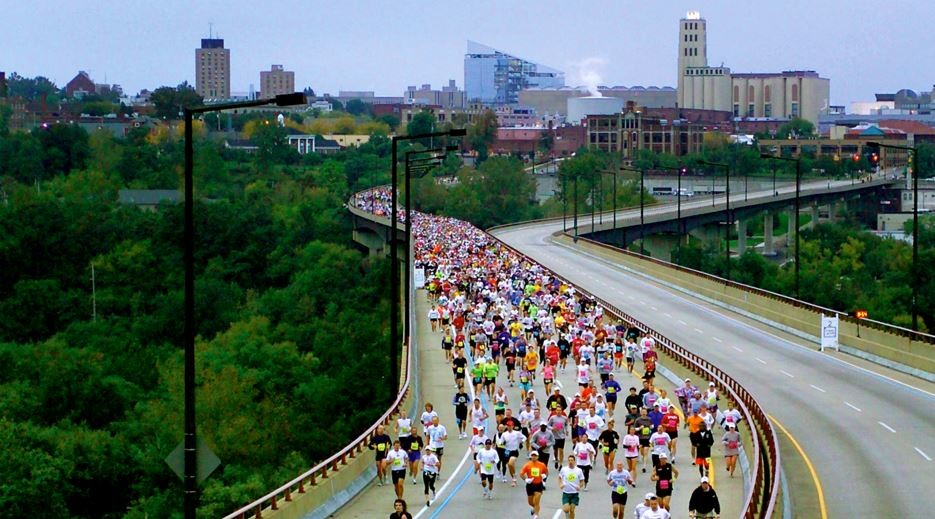
During the Aug. Goodyear Half Marathon & 10k, 81 percent of runners self-identified as fully vaccinated. For the Sept. events, proof of vaccination may be presented as a hard copy, photocopy, or digital version of an immunization record. Registered runners who are not fully vaccinated must provide a negative COVID-19 test result for a test administered within 72 hours of attending the FirstEnergy Akron Marathon, Half Marathon & Team Relay. Proof of vaccination or negative COVID-19 test will be required to pick up an in-person race bib at the Akron Marathon Health & Fitness Expo on Friday, Sept. 24.
The Akron Marathon defines “fully vaccinated” as individuals who are two weeks after their second dose in a two-dose vaccine series or two weeks after a single-dose vaccine.
“The health and safety of our community is our top priority,” states Mike Bernstein, system director, corporate communications of Summa Health. “We strongly recommend the available COVID vaccines and commend the Akron Marathon Charitable Corporation for its work in keeping race participants safe.”
The FirstEnergy Akron Marathon, Half Marathon, & Team Relay, which will follow the Blue Line through the streets of Akron on Sept. 25., is the third and final race in the Akron Marathon Race Series presented by Summa Health.
“FirstEnergy applauds the race organizers and local officials who are keeping the health and safety of race participants, their supporters, and volunteers at the forefront to ensure a safe and successful event,” said Steven Strah, president and chief executive officer of FirstEnergy. “As the proud title sponsor of this marquee Akron event, FirstEnergy and its employees look forward to celebrating with the runners when they cross the finish line in September.”
Need to find a vaccine near you? Contact your local physician or visit vaccinefinder.org for more information on COVID-19 vaccines and where to find one.
Based on national standards, accepted COVID-19 tests are those that have received FDA emergency use authorization and also include RT-PCR, RT-LAMP, lateral flow, and antigen tests.
For more information or volunteer opportunities and race registration for the final event, visit AkronMarathon.org.
(08/27/2021) ⚡AMPAkron Marathon Race Series
The marquee event of the Akron Children’s Hospital Akron Marathon Race Series, the Akron Marathon, Half Marathon, & Team Relay presented by First Energy receives a fresh new look ! Runners will experience an unforgettable start inside the historic grounds of Stan Hywet Hall & Gardens before taking an exclusive foot tour of the City of Akron. The Goodyear Half...
more...Grandma's Marathon Wins Top Honors in Statewide Readers' Choice Awards Program
Grandma’s Marathon has been named a gold medal winner in the state’s premier Readers’ Choice Awards program, Minnesota’s Best, it was announced today.
Grandma’s was voted the state’s top annual sports event or race in the inaugural “best of” program, which was put together by the Star Tribune to celebrate the many businesses, organizations, and individuals that make Minnesota a great place to live, work, and play.
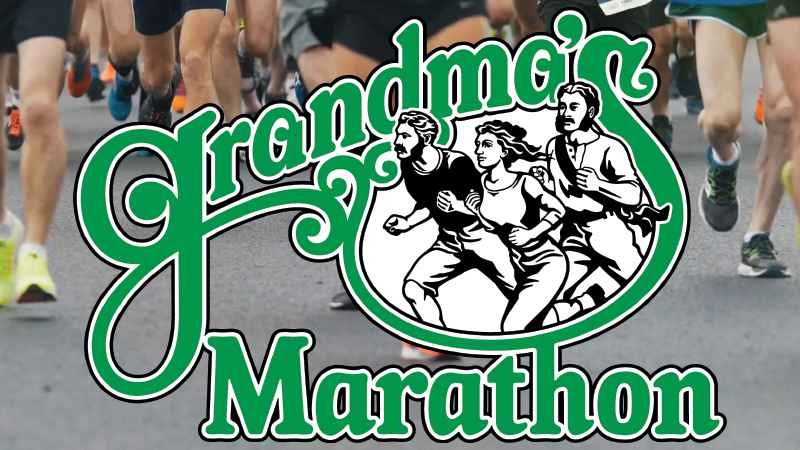
“We’re certainly honored and humbled by this recognition, but this is an award that belongs to our entire community,” Marketing & Public Relations Director Zach Schneider said. “Our race is a reflection of our volunteers, sponsors, and community partners who work tirelessly throughout the year to create a special event each June for our more than 20,000 participants. Clearly their efforts are appreciated and have not gone unnoticed. We are proud to accept this award on their behalf and look forward to living up to that ‘gold medal’ billing in 2022.”

More than 525,000 votes were cast in this year’s Readers’ Choice Awards program, with 5,700 different entities across the state competing for the top three spots in 300+ award categories.
For a full list of the 2021 Star Tribune Readers’ Choice Award winners, please visit votedminnesotasbest.com.
The 2022 Grandma’s Marathon weekend will be held Thursday-Saturday, June 16-18. Registration for the weekend’s three races – Grandma’s Marathon, Garry Bjorklund Half Marathon, and William A. Irvin 5K – will open at 7:00 p.m. CT on October 1, 2021.
If you have any questions or for any interview requests, please contact Marketing & Public Relations Director Zach Schneider via email at zach@grandmasmarathon.com or via phone at (218) 343-9874.
ABOUT GRANDMA’S MARATHON
Grandma’s Marathon began in 1977 when a group of local runners planned a scenic road race from Two Harbors to Duluth, Minnesota. There were just 150 participants that year, but organizers knew they had discovered something special. Grandma’s Marathon weekend draws approximately 20,000 participants for its three-race event each June.
The race got its name from the Duluth-based group of famous Grandma’s Restaurants, the first major sponsor of the Marathon. Over time, the level of sponsorship with the restaurants changed, but the name stayed the same. Grandma’s Marathon-Duluth, Inc. is a 501(c)(3) tax-exempt nonprofit organization with a 17-member Board of Directors and a nine-person, full-time staff.
(08/27/2021) ⚡AMPby Running USA
Grandmas Marathon
Grandma's Marathon began in 1977 when a group of local runners planned a scenic road race from Two Harbors to Duluth, Minnesota. There were just 150 participants that year, but organizers knew they had discovered something special. The marathon received its name from the Duluth-based group of famous Grandma's restaurants, its first major sponsor. The level of sponsorship with the...
more...Three time Olympian Jenny Simpson to Make Her Long Distance Road Racing Debut at 2021 Credit Union Cherry Blossom 10M
Organizers of the 48th edition of the Credit Union Cherry Blossom Ten Mile Run announced today that Jenny Simpson, three time Olympian (2008, 2012 and 2016 bronze medalist) and three time World Championship medalist (gold in 2011, silver in 2013 and 2017) would be making her long distance road racing debut in Washington, DC on September 12 at the USATF Men’s and Women’s Ten Mile Championships Presented by Toyota. While Jenny is no stranger to racing one mile on the roads — having won seven straight NYRR Fifth Avenue Mile events from 2013-19, and eight overall — she’ll be racing ten times as far on a flat, fast course that passes in sight of all the major Washington DC Memorials.
When Simpson was discussing her decision to explore new horizons with Cherry Blossom race organizers, she recalled: “My earliest memories and my introduction to the running world was through a community road race. As I pursued a professional career on the track, I’ve had the incredible joy of experiencing road racing as a spectator through my husband’s marathoning.”
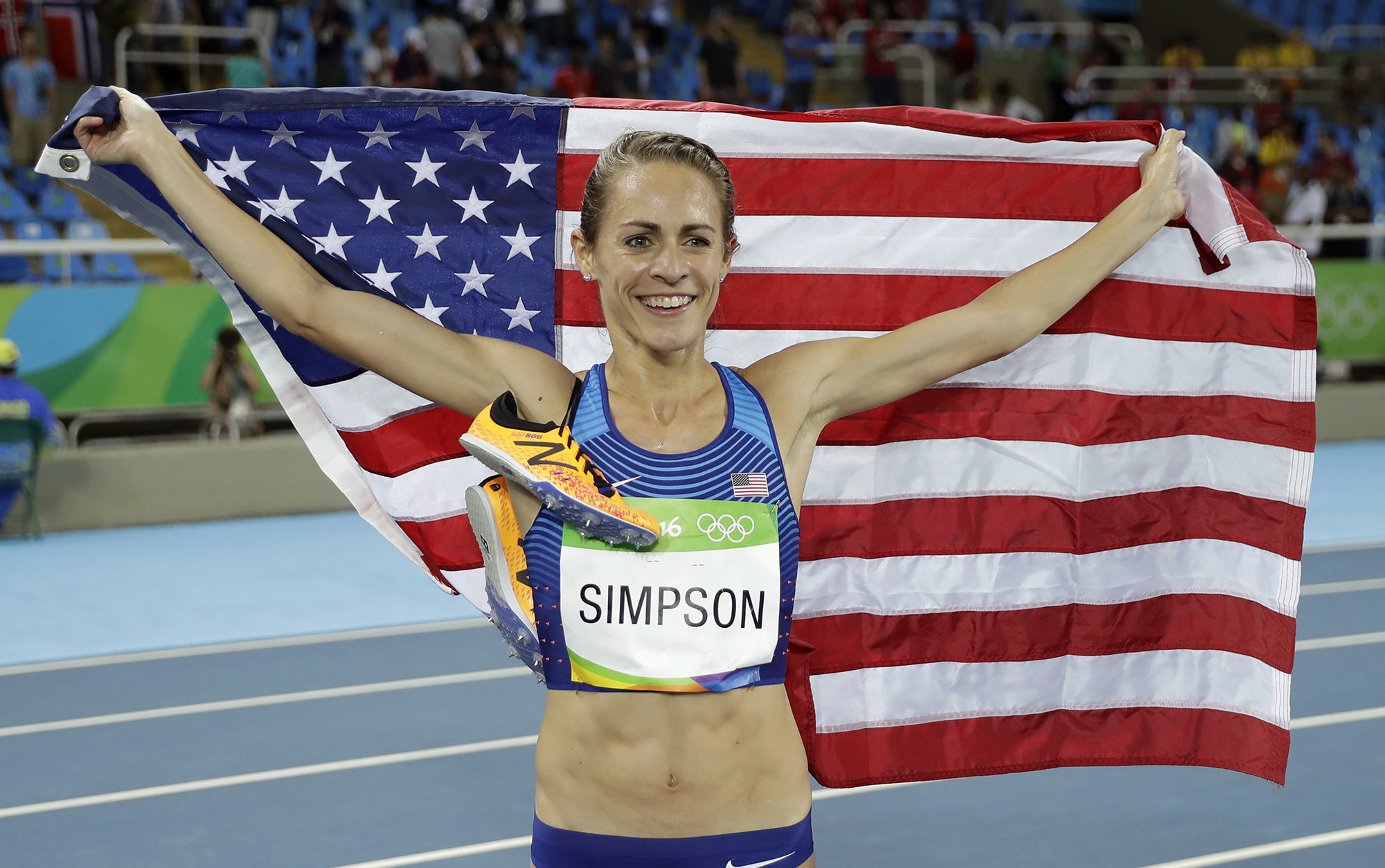
She then added: “When I found myself this summer with the freedom to train for anything I wanted, my memory of the challenge and the fun of racing the roads tugged at my heart. I’m excited to take on the challenge of racing the Cherry Blossom 10 mile run. After years of battling within the oval track, I’m anxious to find out what I’m capable of on the roads of our Nation’s Capital. This race is so different in so many ways from what I know best. It’s exciting to know that after the success I’ve already experienced as a runner, there are still so many hard and rewarding challenges to take on.”
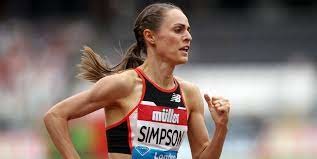
And Jenny is certainly taking on a big challenge right off the bat. While Keira D’Amato, who set American and World Records for 10 miles (51:23) at last November’s Up Dawg 10 Mile has withdrawn from Cherry Blossom in favor of continued training for the 2021 Bank of America Chicago Marathon, Simpson will face plenty of top-flight competition. Jordan Hasay now boasts the fastest personal best among the American women (52:49), with Emma Bates not far off Hasay’s mark (52:51).
As of today, 17 elite American women are entered in the USATF 10 Mile Championships. The women will start 12 minutes before the men so performances will be eligible for ratification as women's-only records. This eliminates any benefit of being paced by males and also provides increased visibility for these talented female athletes.
With $26,000 in U.S. championship prize money on offer as well as a $10,000 bonus for an American Record (the bonus will be split if both the first-place male and female break the American records), road racing fans can look forward to hotly contested races among both the men and women. The race also will feature its traditional strong field of international runners competing for a $20,000 purse and a $10,000 bonus if a world record is broken by the winning male or female (split if both the male and female break the World Record).
With virtual editions held in April 2020 and 2021, the in-person Fall Edition of the 2021 Credit Union Cherry Blossom Runs marks the 20th year of title sponsorship by Credit Union Miracle Day. Since 2002, over $10 million has been raised for the Children’s Miracle Network Hospitals, including $439,000 in 2020. Of that $439,000, $66,000 came from runners donating their entry fees instead of asking for a refund when race weekend in our Nation’s Capital was wiped out by Covid-19.
(08/26/2021) ⚡AMPby Running USA
Cherry Blossom Ten Mile Run
The Credit Union Cherry Blossom is known as "The Runner's Rite of Spring" in the Nation's Capital. The staging area for the event is on the Washington Monument Grounds, and the course passes in sight of all of the major Washington, DC Memorials. The event serves as a fundraiser for the Children's Miracle Network Hospitals, a consortium of 170 premier...
more...The best ways to prevent leg pain when running
While running is fantastic exercise, it's also a relatively high-impact activity. Pounding on the pavement can cause leg pain. Most often, leg pain or cramping is a result of muscle fatigue. Avoid the pain of muscle fatigue by strengthening your muscles so you can run further without strain. If you still have leg pain, you might need to adjust your exercise routine.
Spend longer warming up. If you commonly have leg pain when running, your muscles may not be sufficiently warm. Take a few more minutes to walk before breaking into a run, or include dynamic stretching in your warmup routine after a brief walk.
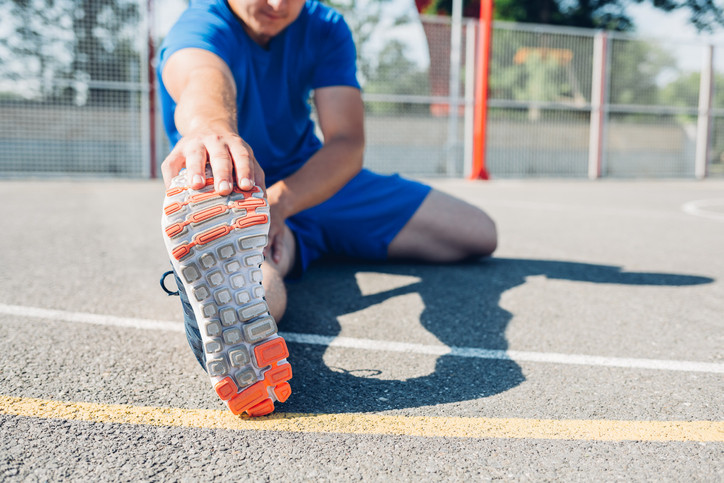
Dynamic stretches involve constantly moving your legs through their range of motion. These types of stretching can better loosen your leg muscles and prepare them for a run, which may help you avoid leg pain.
For example, you might incorporate lunges into your warmup routine. After walking for a few minutes, Do 10 to 20 lunges, alternating sides.

Evaluate your form. If you frequently have leg pain while running, poor running form may be the culprit. Get a coach or experienced runner to observe you running and give you tips on what might be causing your leg pain.
For example, if you're leaning too far forward when you run, you can pull too hard on your calves. This can result in calf pain or shin splints.
Slow your pace. If you're getting cramps or other leg pain while running, it may be because you need to build up your cardiovascular fitness more gradually. Start by walking or jogging at a slower pace, and slowly work up to faster speeds.
Watch your pace particularly if you're running up and down hills, which can place greater strain on your leg muscles.
If you regularly have leg pain, you might consider running in intervals. For example, instead of running for 30 minutes with five minutes of walking before and after to warm up and cool down, you might walk for five minutes, run for five minutes, then walk for another five minutes. Keep up that rotation until you've finished your run.
Shorten your stride. Particularly when running uphill, a longer stride will force your muscles to stretch further. If this causes strain it can lead to leg pain. A shorter stride allows you to avoid leg pain while you're working to strengthen and lengthen your leg muscles.
Decrease the distance or duration you run. Leg pain typically means that your muscles are fatigued or overworked. If you find that leg pain doesn't start until later in your run, it may be a sign that you need to shorten your runs until your legs are stronger.
For example, if you normally run for an hour, and find that your legs start hurting after 45 minutes, try decreasing your runs to 45 minutes for a few weeks. Build back up to an hour slowly, adding five minutes each week. Scale back if leg pain starts, and be patient.
Use relaxation techniques while running. Deep breathing and other relaxation techniques give you better mental focus. They also decrease the overall tension in your body, which can keep you from developing leg pain.
You can find recordings online or on your favorite music app that provide focused music and guided meditations for runners. These recordings can help you focus on your breath and reach a more relaxed state as you run.
(08/26/2021) ⚡AMPby Shira Tsvi
2021 Virgin London Marathon won't feature any RW Pacers
Alongside many important changes to make the Virgin Money London Marathon 2021 as safe as possible for all involved, it was announced that there will be no RW Pacers at this year's event.
The long-standing relationship between Runner's World and VMLM to provide pacers at the event began in 2000 and our team of trusty flag carriers have helped guide numerous runners to the finish line and that much sought-after PB.
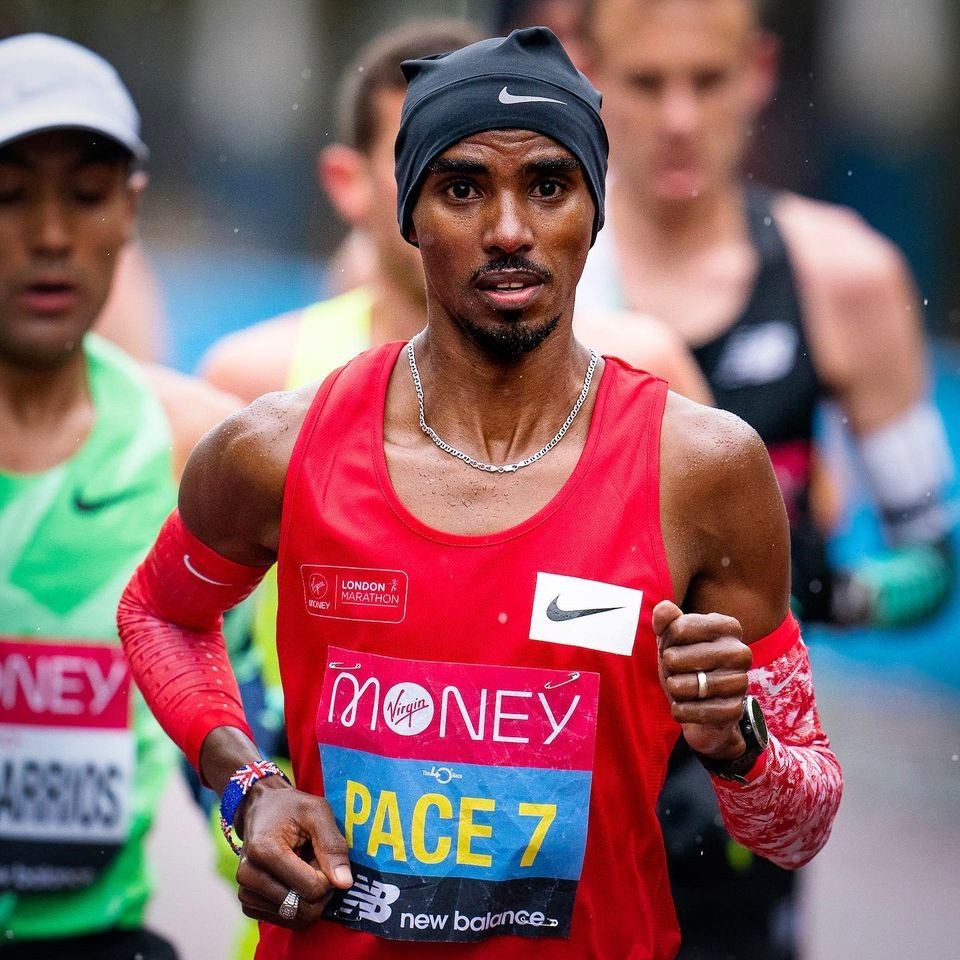
If you were relying on following a flag at the event this year, do not worry, you've already got through marathon training during a pandemic, so this will be easy.
A simple measure to help stay on track is noting down your mile splits for a certain time you are aiming to run and then arming yourself with a basic stopwatch with built in lap function/memory.
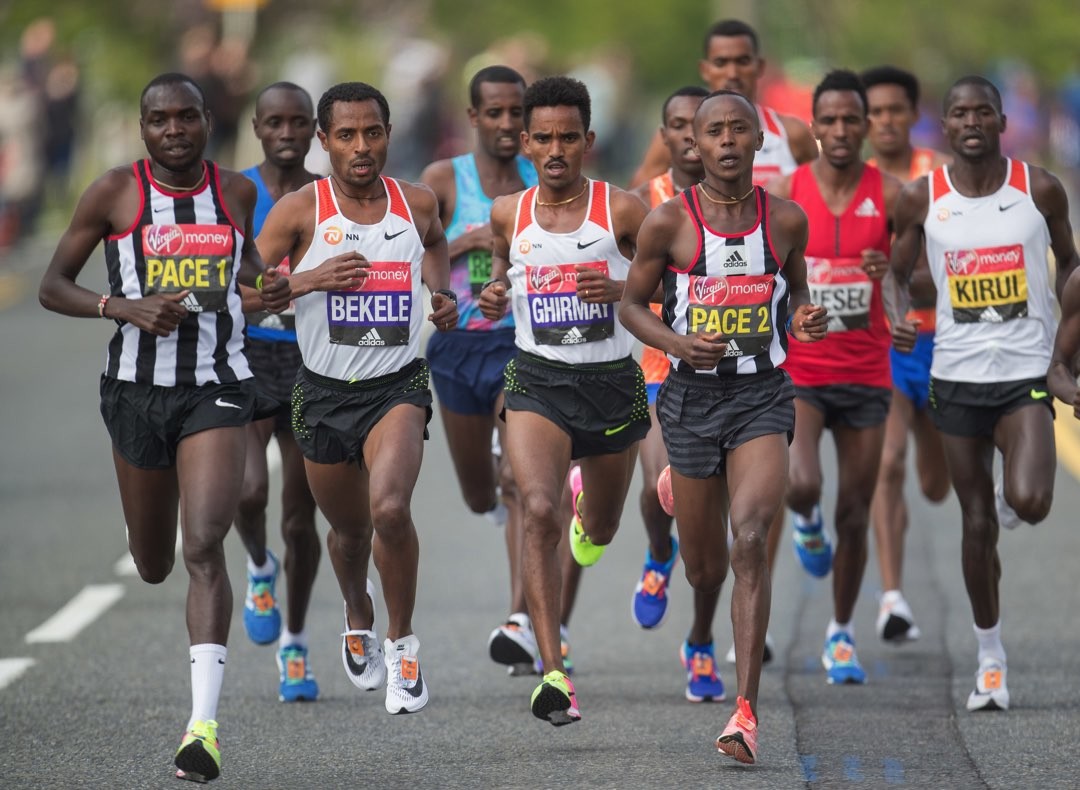
Each time you pass a mile marker on course, you click that lap button and you'll see how you're getting on. This negates relying on GPS, which can sometimes fail at points on the course. It's not a fail-safe method, but it's good to have a back up. It's also quite a nice distraction and helps you tick off the miles!
On Sunday October 3, it will be 889 days since we last ran the 26.2 miles of the Virgin Money London Marathon from Greenwich to Westminster.
For the last 40 years, these miles have been steeped in tales of human endeavour, in tales of perseverance, joy and tears, and, above all, in tales of the extraordinary and indomitable spirit of humankind coming together to celebrate life and raise more than a billion pounds for charity.Today we launched our campaign – We Run Together – to celebrate everyone taking on the 26.2-mile challenge on 3 October, whether that’s on the streets of London, or elsewhere in the UK or around the world in the virtual event.
Sunday October 3, is going to be a day to remember. It will be a marathon that you will never forget, and we look forward to welcoming you to the Start Line as we run together again.
Many of these new procedures have been tested in events since May, when we organised one of the first mass participation running events under the government’s Events Research Programme, and in events since: at Hatfield Park, the Standard Chartered Great City Race, and The Vitality Big Half.
(08/26/2021) ⚡AMPby Ben Hobson
TCS London Marathon
The London Marathon was first run on March 29, 1981 and has been held in the spring of every year since 2010. It is sponsored by Virgin Money and was founded by the former Olympic champion and journalist Chris Brasher and Welsh athlete John Disley. It is organized by Hugh Brasher (son of Chris) as Race Director and Nick Bitel...
more...Kipchoge says that he can't move forward without embracing technology
Marathon world record holder and Olympic champion Eliud Kipchoge hopes that technology will take "center stage" as athletes strive for improvement and chase faster times in the future.
The Kenyan, who overcame humid conditions in Tokyo earlier this month to claim gold in the marathon, was among a host of runners who ran in specially designed Nike shoes fitted with carbon-fiber plates for more spring and quicker times, once again rekindling a debate around "technological doping".
"If we don't embrace technology then we are not moving... I know regulations will be there but technology should take center stage," Kipchoge told Reuters.

"Let all athletes have top technology, have top innovation. That's the only way to think and actually try to improve your performance."
Other athletes such as Karsten Warholm, who won the Olympic 400 meters hurdles title in world record time, have been critical of rapidly advancing shoe technology.
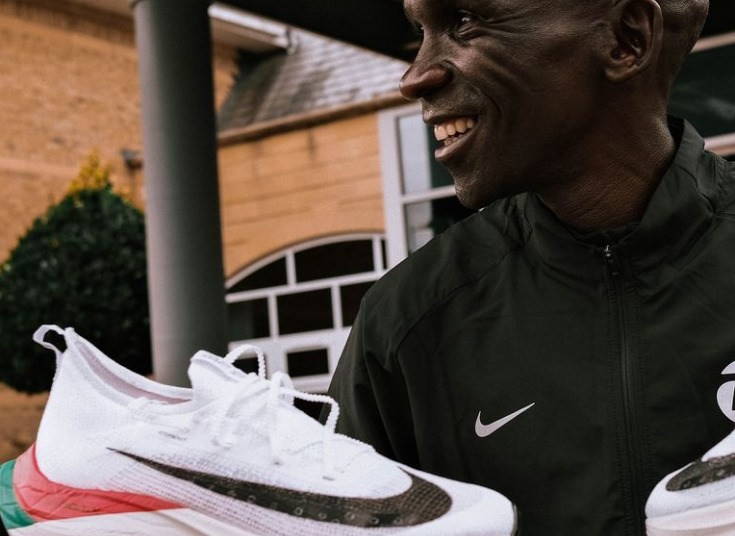
"When somebody does a great performance now, everybody will question if it's the shoe, and that is the credibility problem," the Norwegian told Reuters earlier this month.
Kipchoge's footwear played a big part in him becoming the first man to run a marathon in under two hours in 2019, a remarkable feat that is now the subject of a new documentary, "Kipchoge: The Last Milestone".
The film chronicles how Kipchoge worked with scientists and a group of fellow elite runners to run in an unofficial world record time of one hour, 59 minutes and 40 seconds in Vienna two years ago, an achievement many thought was impossible.
The 36-year-old said that his message of "no human is limited" extends beyond sport as he looks to inspire people from all walks of life.
"(This) is a huge message, not actually facing sportsmen and sportswomen alone. It's all around, it touches every profession... my lasting legacy will be purely about inspiration because that's what I want to drive in the mind of every human being in this world."
Kipchoge added that retirement was not on his mind as he was motivated to keep chasing titles by athletes who were still competitive well into their 30s and even 40s.
"I am being inspired by many people, the footballers, (Cristiano) Ronaldo is doing well (at 36), (Lewis) Hamilton is still very sharp as far as Formula One is concerned, Valentino Rossi is driving in the MotoGP at 42," said Kipchoge.
"For now I have to rest, pick up training in September and plan what next... I am enjoying what happened in Tokyo for now. So I'm mixing rest and enjoying the medal. But all in all there are still good things in the future."
(08/26/2021) ⚡AMPby Sophie Penney
Boston Athletic Association Partners with Maurten as Exclusive Gel Nutrition Sponsor of the Boston Marathon
The Boston Athletic Association (B.A.A.), organizer of the Boston Marathon, has partnered with Maurten to enhance participant nutrition and fueling at the Boston Marathon and B.A.A. Half Marathon. Maurten, the Swedish-based hydrogel sports fuel company, and the B.A.A. have agreed to a multi-year partnership which designates Maurten as an Official Sponsor, Exclusive Gel Nutrition Partner, and Official Hydrogel provider of both signature B.A.A. events.
“We at the B.A.A. are always looking for ways to enhance our participants’ race experience, especially in the area of nutrition,” said Tom Grilk, President and C.E.O. of the B.A.A. “We are proud to partner with Maurten, as both of our missions focus on the promotion of athletic excellence, health, and fitness.”
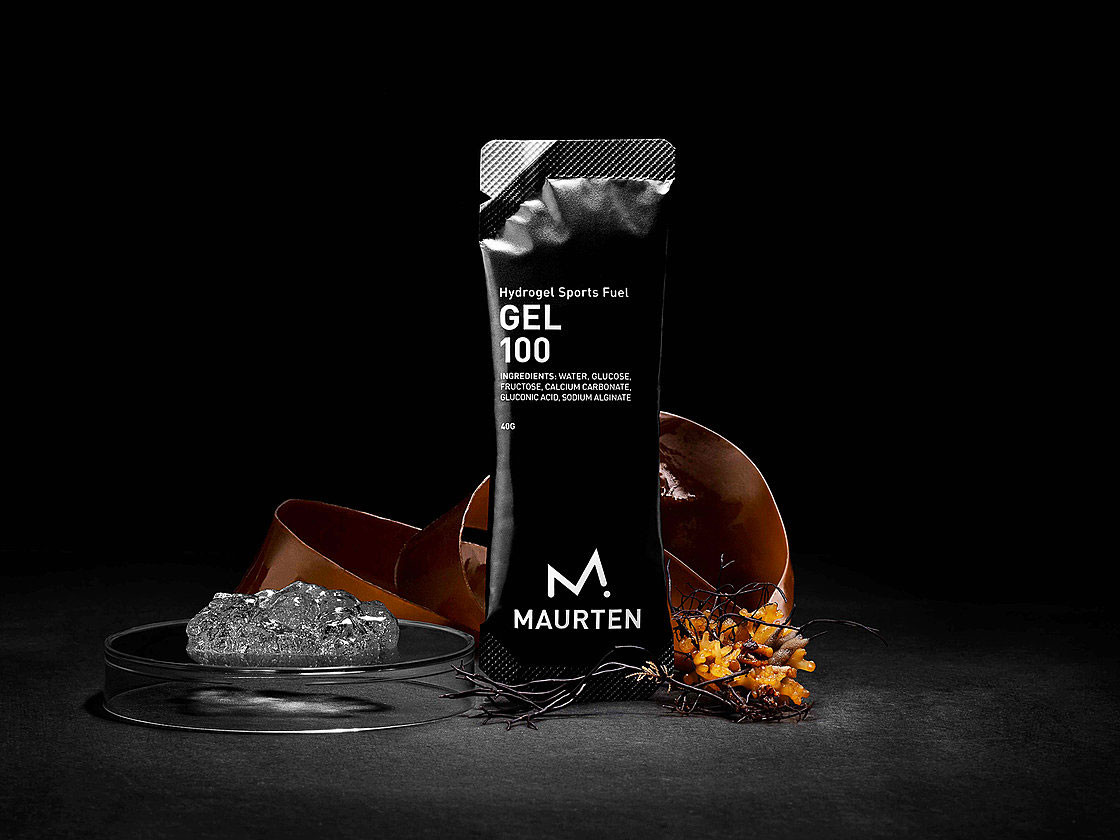
Maurten’s caffeinated and non-caffeinated Gels, Gel 100 and Gel 100 CAF 100, will be available in three locations along the Boston Marathon course (miles 11.6, 17, and 21.5) and one location at future B.A.A. Half Marathons. Maurten will also be featured throughout event programing, including in race training clinics. Boston Marathon and B.A.A. Half Marathon participants and followers will receive tips on best nutrition practices to prepare for long-distance running through digital campaigns led by Maurten.
“We’ve always said that we support the best runners in the world. That wasn’t entirely true, since we haven’t had the chance to support all Boston runners out there. So, we’re very happy that that’s about to change and that we level the playing field by making sure all runners in Boston, not only the elite, gets access to the same hydrogel based fueling technology,” said Olof Sköld, C.E.O at Maurten.
Maurten and its hydrogel based sports fuel line has revolutionized fueling in endurance sports. The Swedish company set out in 2015 to find a way to minimize the risk of gastric distress while consuming carbohydrates during races and in training. Today, Maurten is an official sponsor of other world-class endurance events including the Berlin Marathon and IRONMAN, and also supports numerous professional athletes including U.S. Olympian Molly Seidel, world record holder Eliud Kipchoge, and Boston Marathon champions Worknesh Degefa, Des Linden and Geoffrey Kirui. The latter two athletes will compete as part of the John Hancock Professional Athlete Team at the 125th Boston Marathon in October.

Maurten can be found for purchase online at maurten.com and through running specialty stores.
Due to the COVID-19 pandemic, the 2021 Boston Marathon was moved from its traditional date of the third Monday in April to Monday, October 11. The fall race will feature a field size of 20,000 participants, as well as a rolling start for the first time.
(08/25/2021) ⚡AMPBoston Marathon
Among the nation’s oldest athletic clubs, the B.A.A. was established in 1887, and, in 1896, more than half of the U.S. Olympic Team at the first modern games was composed of B.A.A. club members. The Olympic Games provided the inspiration for the first Boston Marathon, which culminated the B.A.A. Games on April 19, 1897. John J. McDermott emerged from a...
more...2021 longford marathon goes virtual
Despite the best efforts of all involved with the organisation of the Abbott Longford Marathon, unfortunately it is not possible to go ahead with the in-person event in Longford this year due to the ongoing Covid-19 pandemic.
As a result, the committee has made the decision to go virtual.
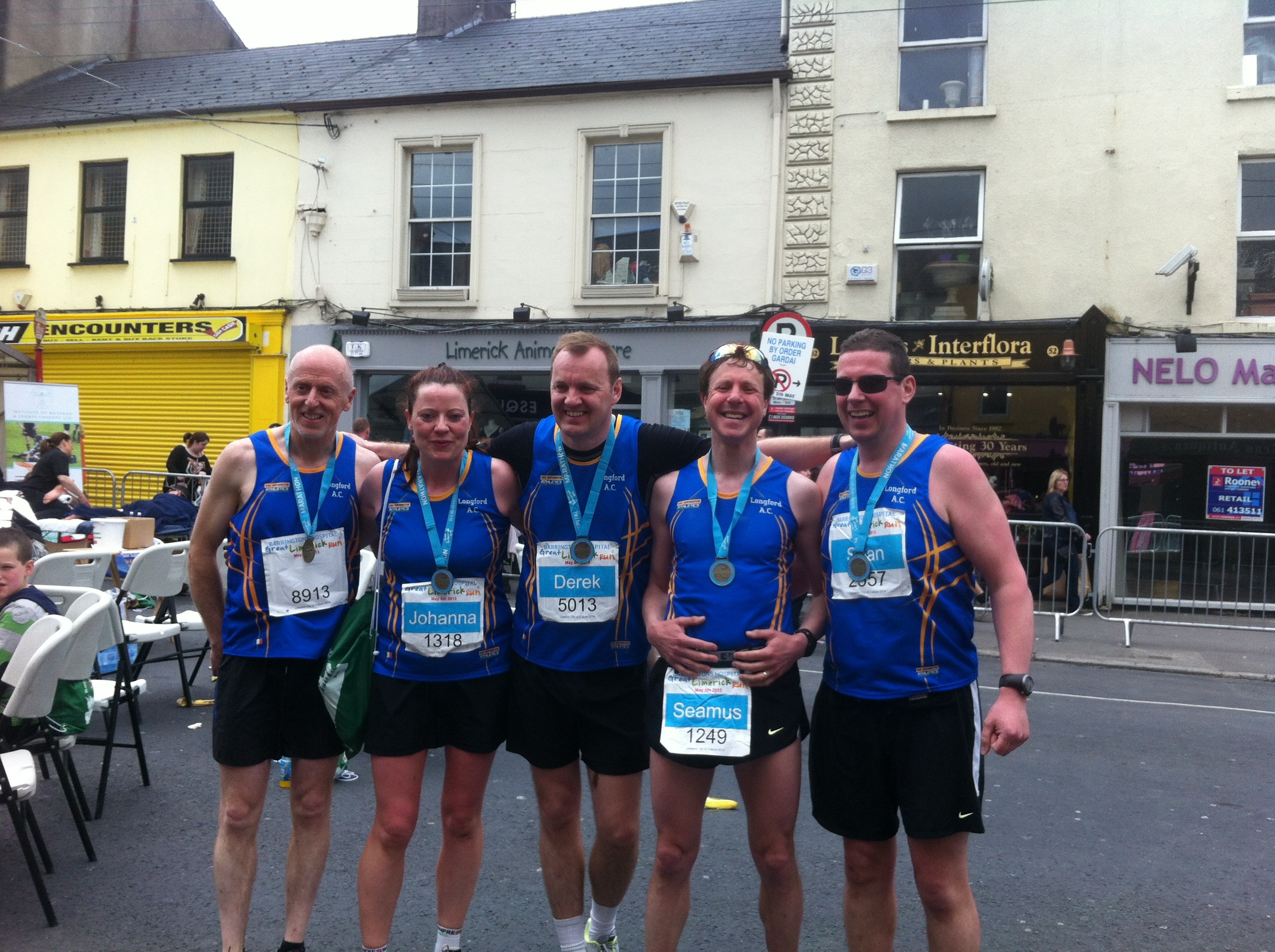
The 2021 Virtual Abbott Longford Marathon will take place between Sunday, August 29 and Thursday, September 30. Participants can take part in a 5K, 10K, Half Marathon, Marathon or 39.3-mile Ultra Marathon and complete the distance at a time and location of their choosing between those dates.
Registration for the 2021 Virtual Abbott Longford Marathon is now open at: http://www.longfordmarathon.com/enter/

2021 Finishers Medal
Entry in any distance will cost €15, and all runners will receive a specially commissioned 2021 finishers medal by post.Announcing the virtual race, John Sheehan, vice-chairman of the organising committee said,
"While we are of course disappointed not to be able to go ahead with our event again this year, we are delighted that with the support of our main sponsors Abbott, we can bring our event to the virtual world, and I encourage everyone to get involved and take part over the month of September."
Mr Sheehan outlined that the virtual event will help to raise vital funds for charity partners, St Christopher's Services in Longford, at a time when funding for their services is most needed.
He concluded, “We look forward to 2022 with hope and optimism and are planning for the Abbott Longford Marathon at the end of August.
“We hope to see you all soon. In the meantime, keep safe, keep running and enjoy the 2021 Virtual Abbott Longford Marathon.”
(08/25/2021) ⚡AMPLongford Marathon
The Friendly Marathon in the Heart Of Ireland. Ireland's friendliest marathon has a reputation for being one of Irelands best organised events, with a flat course, through the beautiful countryside of Longford, Roscommon and Leitrim beside the River Shannon. Take a place,its an ideal run for anybody training for the Dublin City Marathon in October. Organised by runners, for...
more...As runner should you be worried about hyponatremia?
Hydration is important for runners, particularly during the hot summer months. Not surprisingly, the conversation surrounding hydration typically revolves around encouraging runners to drink more water, not less, but it is possible to drink too much water. Hyponatremia is a potentially dangerous result of over-hydration, and it’s something for runners to keep in mind when they’re out on a hot run.
According to the Mayo Clinic, hyponatremia occurs when the concentration of sodium in your blood is abnormally low. Sodium is an electrolyte that helps regulate how much water is in and around your cells. Drinking too much water can cause the sodium in your body to become diluted, which causes your body’s water levels to rise and your cells begin to swell. This can cause mild to life-threatening health problems. Symptoms include:
Nausea and vomiting
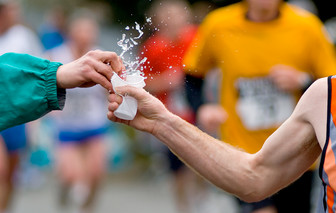
Headache
Confusion
Loss of energy, drowsiness and fatigue
Restlessness and irritability

Muscle weakness, spasms or cramps
Seizures
Coma
There are many possible reasons someone might develop hyponatremia other than drinking too much water. Still, runners who are participating in long events like marathons, ultras and triathlons are at higher risk because they are more likely to over-consume water in an effort to stay hydrated.
How can you prevent hyponatremia?
Unfortunately, it’s impossible to say how much water is too much, because every individual’s hydration needs are different, but in general, runners should aim to take in only as much fluid as they lose during a race. For most people, thirst is a good guide to determine how often and how much they need to drink.
Another effective solution is to choose a sports drink during a run or race instead of water. This way, you’re replacing electrolytes (like sodium) while you drink, which will help to maintain your sodium balance.
Just remember to practice using these types of beverages during your training runs before using them during a race because, for some, they can cause gastrointestinal upset.
Finally, even when you’re not running, you should avoid excessive water intake. The color of your urine is usually a good indicator of your hydration status, and you should aim for it to be pale yellow in color. Clear pee is a sign you’re drinking too much and you should set the water glass down.
(08/25/2021) ⚡AMPby Brittany Hambleton
Sanlam Cape Town Marathon has been announced as an Abbott World Marathon Majors Candidate Race
The Sanlam Cape Town Marathon has officially been confirmed as an Abbott World Marathon Majors (AbbottWMM) candidate race - the first marathon in Africa to be nominated.
The announcement marks the commencement of a multi-year evaluation process conducted by AbbottWMM.
In order to become a Major, the Sanlam Cape Town Marathon will be required to meet certain criteria for three years and if successful, will join an elite group of races - Tokyo Marathon, Boston Marathon, Virgin Money London Marathon, BMW-BERLIN Marathon, Bank of America Chicago Marathon and TCS New York City Marathon - as a new member of the prestigious Abbott World Marathon Majors in 2025.
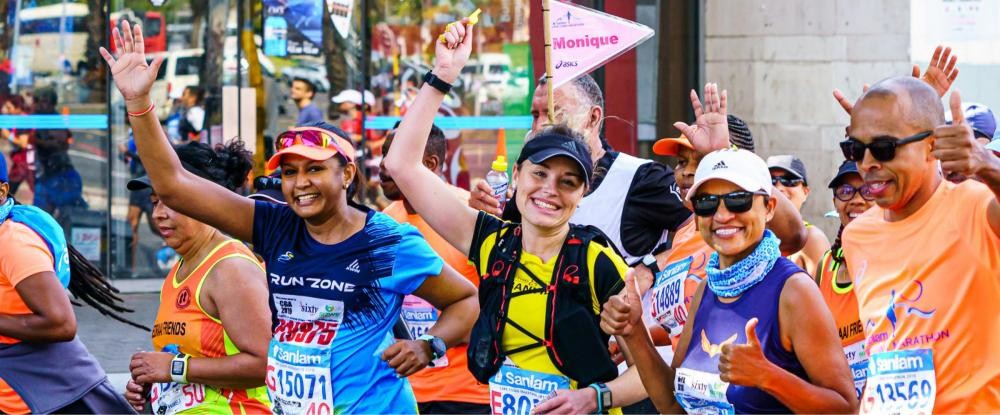
“We have always believed that the Sanlam Cape Town Marathon could be Africa’s first Abbott World Marathon Major, so becoming a candidate race is a tremendous honour”, said Sanlam Cape Town Marathon Chairman, Francois Pienaar at the announcement event at Cape Town Stadium.
“It acknowledges the Sanlam Cape Town Marathon as a global event that has consistently delivered a top quality world-class race, and one that continuously innovates and creates world-first initiatives like the immersive audio experience during the 2020 virtual race.
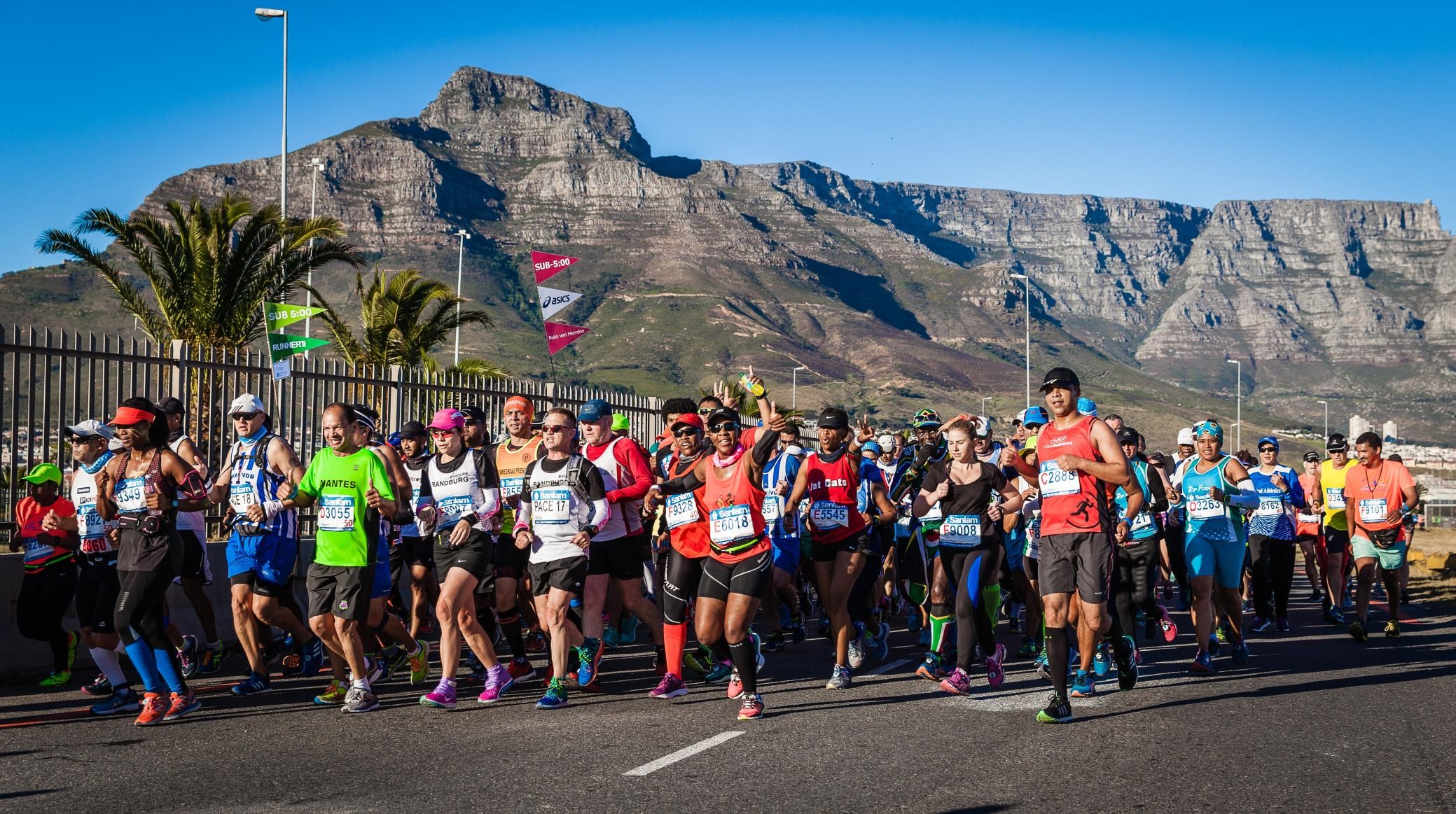
“Becoming an Abbott World Marathon Major would be like hosting a world championship event every single year, and achieving this status would be a tremendous boost for the city, country and continent. Africa is home to the best marathon runners in the world and we hope they will get the opportunity to run an Abbott World Marathon Major on home turf in the coming years.”
Headline sponsor Sanlam is celebrating its eighth sponsorship year and is equally thrilled at the prospect of the event becoming a jewel in the AbbottWMM crown.
Sydney Mbhele, Chief Executive of Sanlam Brand, says: “This is our eighth year as headline sponsor of the Sanlam Cape Town Marathon and we have always believed deeply in the vision for this race – to become Africa’s first Abbott World Marathon Major. Africa is our home, this is our race and we are absolutely committed to investing in the potential of this wonderful continent. Our purpose is to help people across Africa live with confidence and this race is the perfect way to foster the growth of Africa’s economy, and to showcase our people’s unparalleled potential. Creating a lasting legacy for generations to come is a vision and dream we share with all our partners.
“And now we are celebrating coming a step closer. The collective confidence that the continent will garner from hosting an event of this stature will deliver value in many ways, enabling us to benefit economically and socially from a world-class event. We extend our sincerest congratulations to all of our partners who have worked tirelessly to elevate the event to this level. We have no doubt that in just three short years, we will tick all the boxes and have the honour of hosting the continent’s first major on home soil.”
Cape Town is a port city on the tip of South Africa’s southwest coast that is overlooked by the world-renowned Table Mountain, an official New7Wonder of Nature. It is consistently rated as one of the world’s most beautiful cities and most popular tourist destinations - renowned for its exquisite natural beauty, sweeping vistas, beaches, family friendly activities and some of the best restaurants in the world.
Cape Town Executive Mayor Dan Plato said that this candidacy means a lot for Cape Town, South Africa and Africa, and will further solidify the Mother City’s reputation as a sports capital. “We are proud to be the host of SA and Africa’s first Abbott World Marathon Majors Candidate and wholeheartedly support the Sanlam Cape Town Marathon in the coming years.
“We know that these evaluation years will already offer a tremendous economic boost for Cape Town and its residents, and expect an annual influx of approximately 10,000 international athletes and their supporters in the coming years - especially once the Sanlam Cape Town Marathon earns Abbott World Marathon Major status. We can’t wait to welcome more recreational and elite marathoners to Cape Town; it’s time to show the world how we run a marathon to the African beat.”
Pienaar noted that the Sanlam Cape Town Marathon already meets many of the requirements set by the Abbott World Marathon Majors, and that continued enhancements will be made to the race. This also includes a new strategic partnership with Infront, the media and marketing specialists who will join the event on this exciting journey, noted Pienaar. “We are pulling out all the stops to achieve these goals, and are excited to receive the support from our runners, spectators, sponsors and the City to make this dream a reality.”
Hans-Peter Zurbruegg, Senior Vice President Personal & Corporate Fitness at Infront, said: “We are happy to become a shareholder of the Sanlam Cape Town Marathon and we fully buy into the ambition to reach AbbottWMM status by 2025. This is exciting news for the city of Cape Town, South Africa and Africa. Our direct involvement forms part of our growing ambition to further enter the African market and will both strengthen our relationship with the AbbottWMM as well as support future business opportunities.”
Added James Moloi, President of Athletics South Africa: "This is an important step in the history of road-running in the country and Africa as a whole. It will be a significant recognition which would elevate the race to another prestigious level.”
Tim Hadzima, Executive Director, Abbott World Marathon Majors said, “The Abbott World Marathon Majors are delighted to welcome the Sanlam Cape Town Marathon into the candidate process from 2022. This presents an exciting opportunity to expand our impact into Africa and further our mission to create, grow and support opportunities for all to discover the power of the marathon community. We look forward to working closely with the team in Cape Town as we start this journey together!”
It was also announced that adidas South Africa will be partnering with the Cape Town Marathon from 2022 and looks forward to supporting the race during its candidacy period as it strives to become the first World Marathon Major on the African continent.
(08/25/2021) ⚡AMPby Running USA
Cape Town Marathon
The Sanlam Cape Town Marathon is a City Marathon held in Cape Town, South Africa, which is sponsored by Sanlam, the City of Cape Town and Vital Health Foods. The marathon is held on a fast and flat course, starting and finishing in Green Point, near the Cape Town Stadium. Prior to existing in its current format, the Cape Town...
more...2021 Prague Marathon again cancelled over Covid restrictions
Prague Marathon organizers said on Monday they had cancelled this year's edition of the race because of local Covid rules.
"With current restrictions due to the pandemic: start in waves, social distance, limited technical area, control of testing and vaccination... it is not feasible to guarantee an event on a level you expect from us," organizers said in a statement.

The 2020 edition was cancelled amid the first Covid-19 wave, while the 2021 race originally scheduled for May was postponed until October 10.
"We have to make a decision that is extremely difficult for us. We have to postpone the race until (May) 2022," the organizers added on Monday.

They had earlier cancelled the Prague Half-Marathon and the 10-kilometer Grand Prix, both scheduled for early September.
The Czech Republic has been easing Covid restrictions for public gatherings since the spring, but some remain in place.
The country of 10.7 million people now registers between 100 and 300 new Covid-19 cases a day.
(08/24/2021) ⚡AMPPrague Marathon
The Volkswagen Prague International Marathon is considered by many, to be one of the top 10 marathons and invariably contains a number of high profile runners. Winding through the streets of one of Europe's most beautiful cities it is a spectacular race. And with a mainly flat course there is the chance for a personal best. Since its inception in...
more...Yuengling Shamrock Marathon Weekend Welcomes Team RWB As The Premier Charity
J&A Racing is proud to welcome Team Red, White, & Blue (Team RWB) as the official charity partner of the Yuengling Shamrock Marathon Weekend in Virginia Beach, Virginia. Virginia Beach, a part of the Hampton Roads Community, has the world’s largest naval base in its own backyard. It is also the proud home of the Air Force, Army, Coast Guard, and Marines. With approximately 260,000 military families living in Virginia Beach, the partnership with Team RWB is the perfect collaboration to celebrate health, wellness, and the military community at the 2022 event.
Team RWB is a nonprofit organization forging America's leading health and wellness community for military veterans, families, and their supporters. Team RWB's mission is to enrich veterans' lives.

"The Yuengling Shamrock Marathon has offered Team RWB Eagles from across the nation the opportunity to challenge themselves, encourage one another, and so much more since our organization was founded in 2010," said Mike Erwin, Executive Director of Team RWB. "We are grateful to be spotlighted as the premier charity partner of this year's race and are honored to be supported by the runners who are joining us in our mission of enriching veterans' lives."
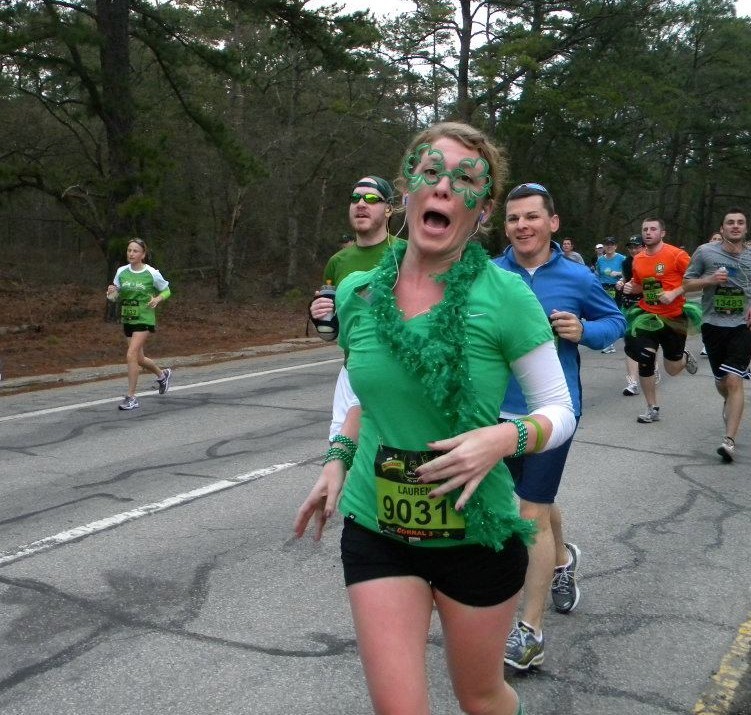
Team RWB has more than 220,000 members spread across nearly 200 chapters and communities nationwide. The Yuengling Shamrock Marathon Weekend will provide both members of Team RWB and participants of the race the opportunity to celebrate their accomplishments.
“During the 50th Annual Yuengling Shamrock Marathon Weekend we are excited to not only celebrate our past and present military participants together but to have a meaningful impact on our community,” said Ryan Conrad, J&A Racing Director of Partnerships. "Team RWB's vision of forging America's leading health and wellness community for veterans perfectly aligns with our goals. With so many veterans calling Coastal Virginia home, we're honored to have Team RWB as our premier charity partner."
The 50th Annual Yuengling Shamrock Marathon Weekend will be held on March 18-20, 2022 in Virginia Beach, Virginia. To register for this race or for more information, visit shamrockmarathon.com
(08/24/2021) ⚡AMPby Running USA
Yuengling Shamrock Marathon
The Shamrock Marathon was born in 1973. It was the brainchild of Jerry Bocrie, who along with his wife Lori would serve as race director for 30 years. The inaugural marathon had 59 entrants and 38 finishers, and the weekend also featured 1-mile, 2-mile, and 6-mile races. In 1976, the 6-miler gave way to an 8k, which has remained a...
more...Jacob Ingebrigtsen and Karsten Warholm will attack European records in Lausanne
The Athletissima meeting in Lausanne on Thursday (Aug 26) is part of the Diamond League series. Perhaps the most intriguing event of the night, though, is an event that is not part of the Diamond League programme – the men’s 400m.
Karsten Warholm will enjoy a rare race on the flat with no barriers in his way. His target? Thomas Schönlebe’s long-standing European record of 44.33 which was set when the East German won the 1987 world title in Rome ahead of Innocent Egbunike of Nigeria and Butch Reynolds of the United States.
The mark has stood for 34 years. Warholm’s best time is 44.87 which dates back to 2017. However the 25-year-old Norwegian took down Kevin Young’s long-standing world 400m hurdles record earlier in Oslo this summer and then annihilated his own mark with a further improvement to 45.94 in the Olympic final in Tokyo this month.

What’s more, Warholm equalled Schönlebe’s European indoor 400m record of 45.05 in Glasgow in 2019. The omens are good and in Lausanne he faces a field that is led by Isaac Makwala – a 43.72 man who was seventh in the Olympic final.
Jakob Ingebrigtsen also has a European record in his sights – Mohammed Mourhit’s 3000m mark of 7:26.62 which was set 21 years ago in Monaco and one-year before he was suspended for using EPO. Ingebrigtsen ran 7:27.05 in Rome last year when he finished close behind Ugandan Jacob Kiplimo.
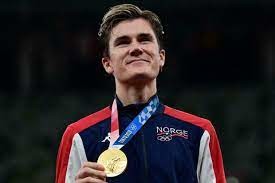
Kiplimo is again in the field on Thursday along with Olympic 10,000m champion Selemon Barega of Ethiopia, Canadian Mohammed Ahmed, American Paul Chelimo, Australian Stewart McSweyn and Ethiopia’s Olympic steeplechase silver Lamecha Girma.
Andy Butchart, meanwhile, will be having a crack at Mo Farah’s UK record of 7:32.62 in what promises to be a fast race.
Fresh from her stunning 10.54 100m run in the Diamond League in Eugene on Saturday, Elaine Thompson-Herah travels back to Europe to race over the distance again. Her rivals include fellow Jamaican Shelly-Ann Fraser-Pryce, in-form Swiss sprinters Ajla Del Ponte and Mujinga Kambundji, Marie-Josee Ta Lou of the Ivory Coast and Britain’s Daryll Neita.
The meeting actually kicks off with a city center high jump contest between Olympic medalist Mutaz Essa Barshim, Gianmarco Tamberi and Maksim Nedasekau on Wednesday (Aug 25) in Lausanne. It acts as a prelude to the main event on Thursday and will see a rematch of the men who famously shared gold in Tokyo.
Back in the stadium on Thursday, the field events see triple jump world record-holder Yulimar Rojas in action, as well as German javelin star Johannes Vetter and shot put giants Ryan Crouser, Joe Kovacs, Tom Walsh and Darlan Romani.
(08/24/2021) ⚡AMPby Jason Henderson
Lower Back Pain, Why It Happens To Runners And How To Get Rid Of
When you go out for a long hard run, you expect to have tired legs, burning lungs, and general fatigue; what you don’t often expect to have is back pain. But surprisingly enough, back pain amongst runners is a very common thing, particularly in less experienced runners, or those with improper running technique or weak back muscles (which is most of us!). And if you’ve ever experienced back pain after (or even during) a run, you know just how annoying and painful it can be.
WHY DO WE GET BACK PAIN WHILE RUNNING, ANYWAY?
If you think about it, your back has an enormous role to play when it comes to running. When you run, you have to hold your body vertical — sometimes for a very long time — and your back has to work with the rest of your body to keep you moving and upright.
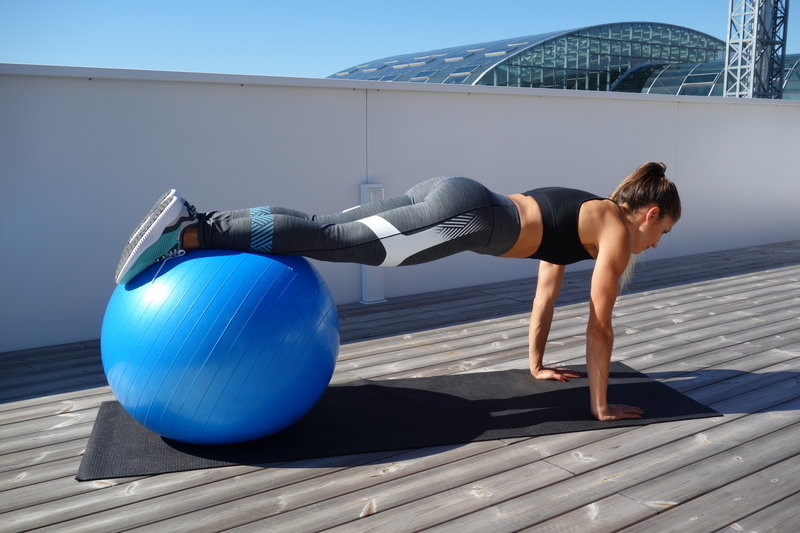
When it comes to your lower back, it’s all about core strength, and the coordination of your legs. When you run, your core muscles have to work hard to support your spine and lower back, while your core, hips, glutes, and hamstrings have to join forces to keep you stable. When one muscle or a group of muscles becomes fatigued, your lower back has to work harder to keep you upright and on your feet, which can cause pain, or worst case scenario — injury.
And if you’re experiencing more pain in your upper back instead of your lower back, it’s often as a result of your head position. Yep, you heard right. A lot of upper back pain is a result of having your head leading your body — jutting out in front of your body — causing unnecessary tension and stress on the upper back. Another likely culprit of upper back pain is your arms. If you’re holding your arms up too tight or maybe even too high, or tensing your shoulders up towards your ears (which is common when the body is fatigued), it can cause strain on your upper back.

WHAT CAN YOU DO TO PREVENT BACK PAIN WHILE RUNNING?
To prevent back pain while running, the best thing you can do is to work on strength and flexibility. You need a strong core to support your spinal muscles, and strong, flexible legs (glutes, hips, quads, and hamstrings) to hold the body upright and stable while you run.
This is why cross-training — incorporating strengthening movements into your running routine — is so important! If you want to run for a long time, you have to protect your body by strengthening the muscles that keep your body moving and upright — it’s as simple as that.
WHAT KINDS OF EXERCISES CAN YOU DO TO PREVENT BACK PAIN?
Thankfully, there are ways to lessen the stress on your back and make running a little more comfortable — well, unless you ask your legs, of course.
If you’re looking to prevent back pain while running, try the following 3 strengthening exercises:
1. BALL PIKES.- One of my favorite core strengthening exercises is ball pikes — this exercise not only challenges your core and back but also helps to increase hip mobility and flexibility. To begin, rest your shins on top of an exercise ball and place your hands on the floor, slightly more than shoulder width apart, with your arms straight. Roll the ball in towards your chest, while lifting your hips as high as you can, without bending your knees, and then pause at the top and roll it back slowly. Do as many as you can, between 10-20, for 3 rounds.
2. WARRIOR THREE HAMSTRING EXTENSIONS WITH LEG LIFTS.- In my opinion, if you wanted to do one move for the rest of your life that would help strengthen your glutes and hamstrings, improve hip flexibility, strengthen your core, and also help to improve your balance and stability, this is the move you should be doing. To begin, stand with feet about hips width apart. Bring one knee in towards your chest, and if possible, extend the leg out in front of you. Reach your arms up overhead, palms facing inward (you can hold onto a medicine ball for a more advanced movement). Pause. Then begin to move the leg behind you, bending forward from the hips until your body forms a “T” shape. Repeat on one side 10 times and then switch legs. Try to do this for 3 rounds.
3. BICYCLE CRUNCHES.- Having a strong core and flexible hips are both essential when it comes to running without back pain, which is why I love bicycle crunches. They work to strengthen your core while also challenging your hip flexibility and mobility. To begin, lie on your back with your shins parallel to the ceiling. Begin to draw one leg out in front of you, and touch the opposite elbow to the opposite knee. And then switch, pausing each time with elbow to knee and heel hovering off of the ground. Do 20 bicycle crunches (10 each side) for 3 rounds.
Running is a high-impact activity and can cause repetitive stress on the body, especially the lower back. Cross-training with these 3 moves combined with stretching the calves, hamstrings, and back body is a sure way to prevent back pain before it starts.
(08/24/2021) ⚡AMPby Adidas Runtastic Team
Noah Lyles Redeems Himself at Prefontaine Classic With Record Run
The Tokyo Olympics were not very kind to American Track athletes as many of the favorites failed to win gold in events they dominated earlier in the year. One of them was Noah Lyles, who fell short in the men’s 200m race and won bronze rather than the gold that he aimed for.
If minor setbacks, major comebacks was ever a reality, it could be applied in his case. At the Nike Prefontaine Classic 2021, Lyles stormed to win the 200m sprint at a blistering timing of 19.52 seconds, the fastest time this year in the event across all competitions!
The Olympic bronze medalist stormed to the finish line to defeat fellow American Kenny Bednarek, who outpaced him in Tokyo for silver. Noah Lyles also competed on the same track as his brother Josephus, who has been making quite a name for himself lately.
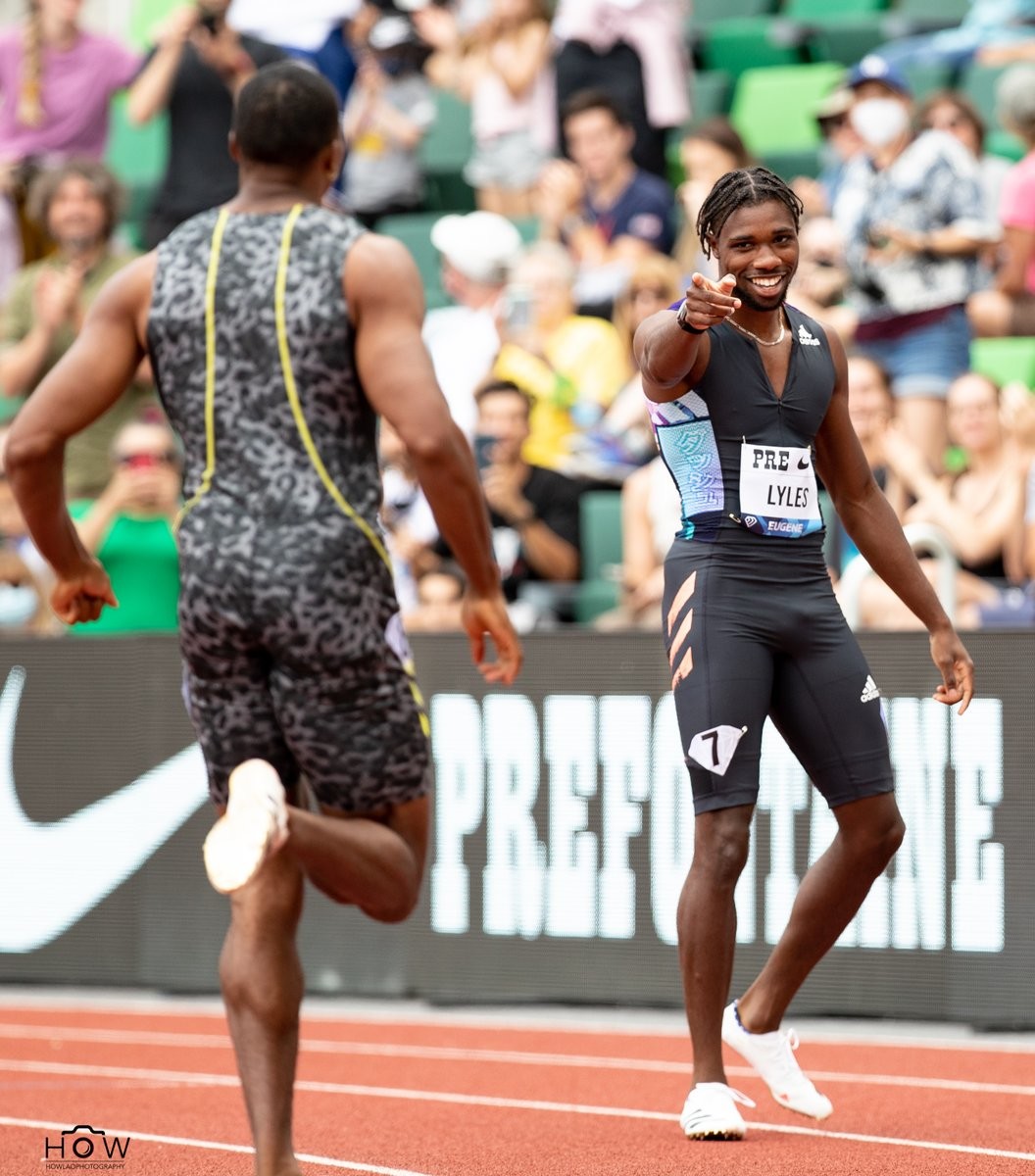
Josephus finished third in the race, behind Bednarek and above Canada’s Aaron Brown with a timing of 20.03 seconds. Lyles and Bednarek lived up to expectations and cracked the 10-second mark but the former stole to show with his comeback run.
Noah Lyles silenced the criticism after Tokyo
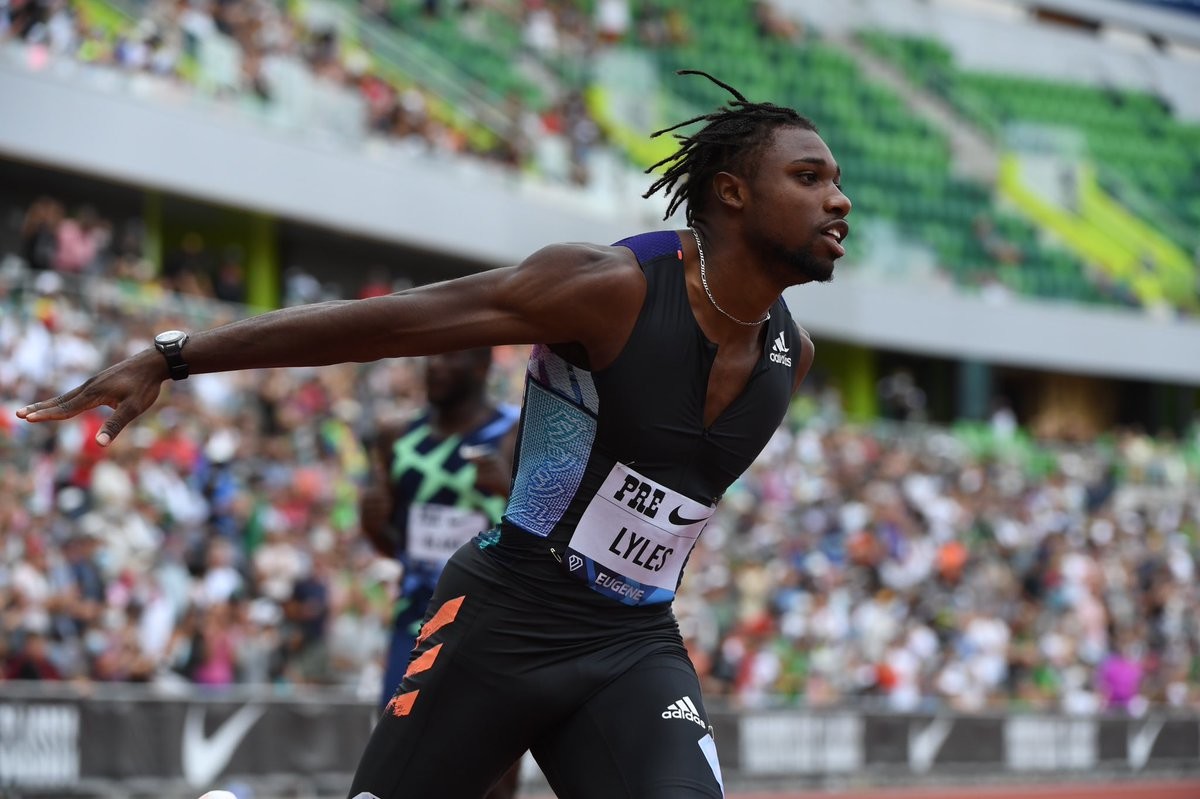
The track star managed to run 19.74 seconds in the 200m at the Olympics, while Bednarek ran 19.68. Andre De Grasse of Canada ran a national record of 19.62 seconds to win gold. However, he did not participate in the 200m event at the Pre-Classic, winning gold in the 100m race instead.
An interesting participant in the 200 race was Rai Benjamin. The 400m hurdles star decided to drop the hurdles and the 400m to try his hand in the 200m race. He put on an impressive show to finish at 20.16 seconds and at fifth place.
Prior to the event, 110m hurdles specialist Grant Holloway tweeted his belief that Rai Benjamin would run 19.85 seconds and win the 200m race. However, he was forced to take his words back as Noah Lyles dominated the race.
Learning from his mistakes in Tokyo, the 200m star is back and surely already has his sights set on Paris. Although it will be three long years to get there, he aims at gold and nothing short of it.
(08/23/2021) ⚡AMPby Luke Dias
Prefontaine Classic
The Pre Classic, part of the Diamond League series of international meets featuring Olympic-level athletes, is scheduled to be held at the new Hayward Field in Eugene. The Prefontaine Classicis the longest-running outdoor invitational track & field meet in America and is part of the elite Wanda Diamond League of meets held worldwide annually. The Pre Classic’s results score has...
more...Olympic Marathoner Ryan Hall Shared Things to Do the Night Before a Big Race
Ryan Hall made history as a runner, becoming the first American to break the hour barrier in the half-marathon. Since retiring from pro running in 2016, he has packed on the muscle and is now able to deadlift more than 500 pounds—while still holding onto his record as the fastest American runner of all time in the half and full marathon categories.
Hall's wife Sara, meanwhile, continues to kill it as an elite distance runner; she was the first American in over a decade to reach the podium at last year's London Marathon. Today, Sara is competing in a half-marathon race in Eugene, and in a post shared to Instagram last night, Hall broke down the seven most important things that they have both learned over the years about how to best prepare for a long-distance race.
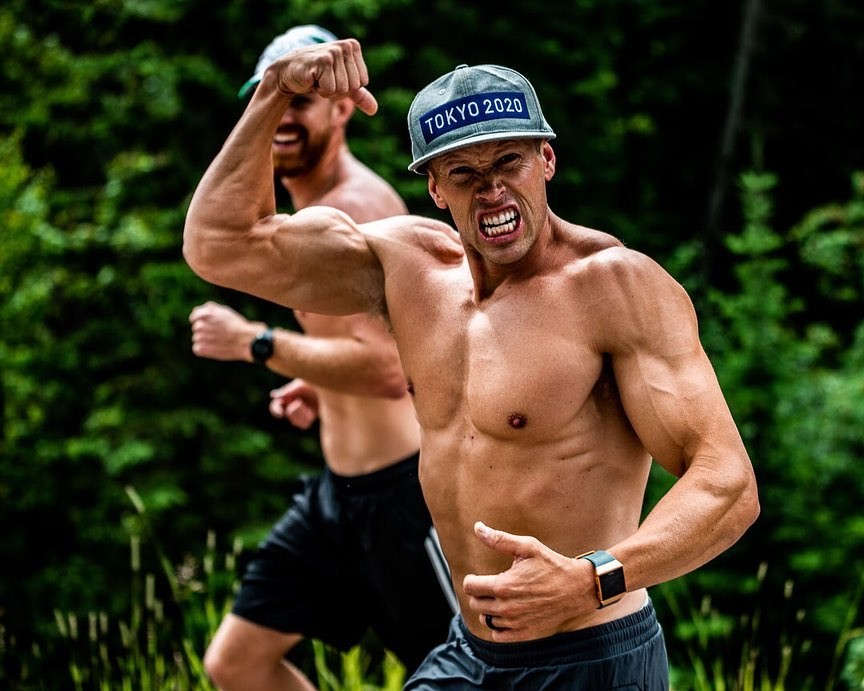
First off, Hall recommends lying down rather than sitting wherever possible. "Sitting creates all kinds of tightness and kinks that you want to avoid pre-race," he says
Secondly: eat up. A common pitfall is to not consume enough calories to keep you going when the time comes. "Don't be afraid to eat," he says. "Remember that you are fueling today for tomorrow’s race." He also advises to "keep your food simple," suggesting white meat and egg whites as good sources of protein and white rice and pasta as simple carb sources, as well as to keep your electrolytes up, "as they are needed not only for holding water/hydration but also for your muscles to neurologically fire."
Ryan Hall made history as a runner, becoming the first American to break the hour barrier in the half-marathon. Since retiring from pro running in 2016, he has packed on the muscle and is now able to deadlift more than 500 pounds—while still holding onto his record as the fastest American runner of all time in the half and full marathon categories.
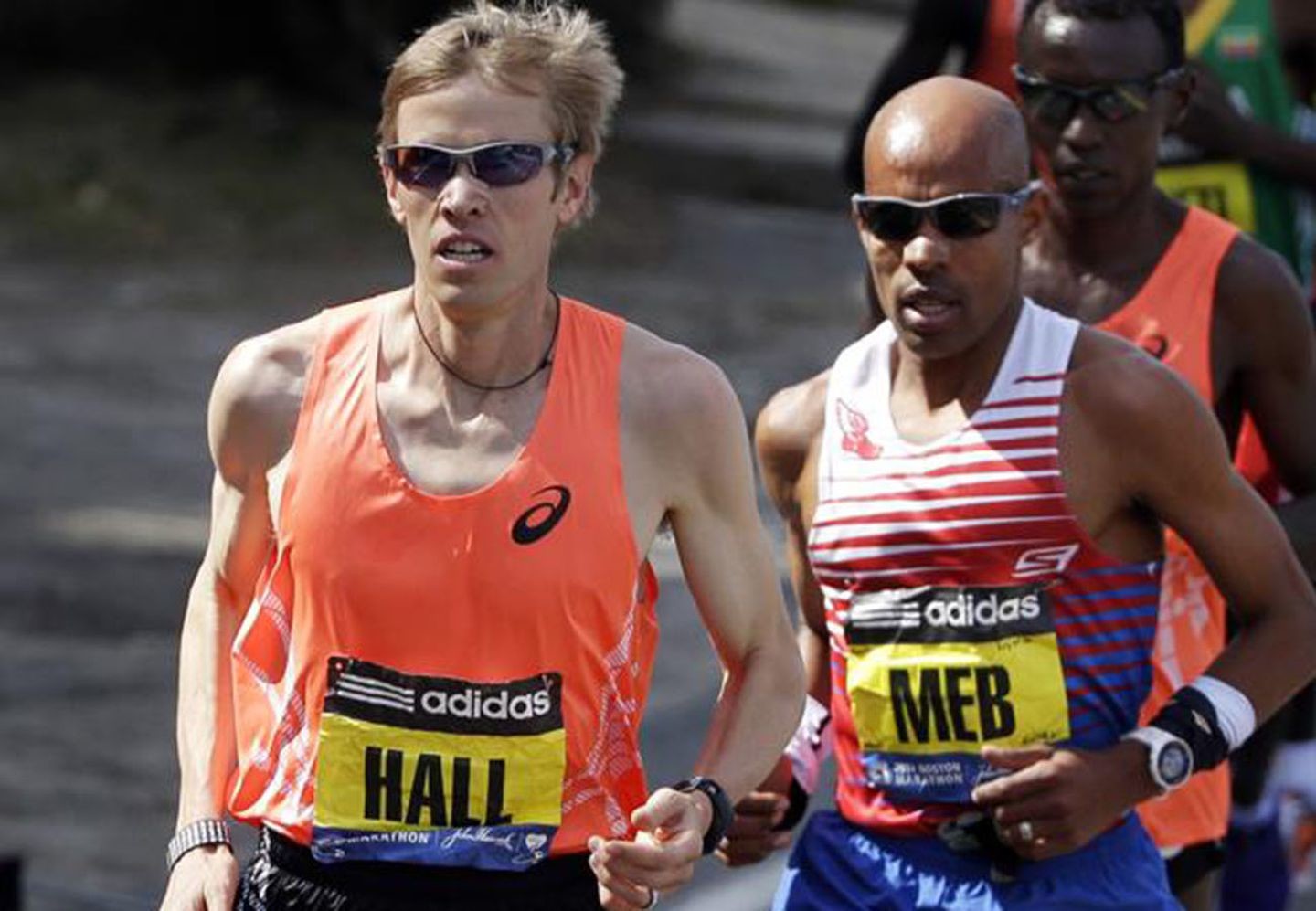
Hall's wife Sara, meanwhile, continues to kill it as an elite distance runner; she was the first American in over a decade to reach the podium at last year's London Marathon. Today, Sara is competing in a half-marathon race in Eugene, and in a post shared to Instagram last night, Hall broke down the seven most important things that they have both learned over the years about how to best prepare for a long-distance race.
First off, Hall recommends lying down rather than sitting wherever possible. "Sitting creates all kinds of tightness and kinks that you want to avoid pre-race," he says
Secondly: eat up. A common pitfall is to not consume enough calories to keep you going when the time comes. "Don't be afraid to eat," he says. "Remember that you are fueling today for tomorrow’s race." He also advises to "keep your food simple," suggesting white meat and egg whites as good sources of protein and white rice and pasta as simple carb sources, as well as to keep your electrolytes up, "as they are needed not only for holding water/hydration but also for your muscles to neurologically fire."
He also urges you to stay away from hot tubs as they can "leave legs feeling jello-y", and says it's perfectly normal to not sleep very well the night before a big race.
Finally, he says, be sure to enjoy yourself. "Reminding myself of this reality takes the pressure off and reminds me to soak it all in and enjoy every part of the experience," he says. "I’ve found, when I am having the most fun is when I’m usually performing the best."
(08/23/2021) ⚡AMPby Philip Ellis
The Most Common Running Pains, And How To Avoid Them
If you’re a runner, chances are you know a thing or two about pain. Whether it’s the pain of overtraining, the pain of a nagging injury, or the pain of missing a personal record (PR) by a few seconds, one thing is for sure: Regardless of its origin — your body, your soul, or you ego — it all hurts. The comforting news? You’re not alone. With running being the second most popular form of exercise in the world after walking, it’s no surprise that the prevalence of running injuries in the United States is between 19 and 79 percent. That’s a lot of people running around with some degree of “ouch” in their step!
While earning my Doctorate in Physical Therapy degree, a professor once told me, “Pain is a privilege.” While it may not always feel like it, pain is our body’s way of telling us that something isn’t right. Not everyone has the privilege of feeling this built-in warning system, so for those of us who are lucky enough to get the uncomfortable signals that something is wrong, I’d love to help you translate the message.
Despite all of us being unique snowflakes with our own imperfect biomechanics, here is a list of common running pains that unite us, and how to avoid them. Because, let’s face it: being hurt can be… uhhh… a pain.

Muscle Tightness.
The pain: An achy and/or tight feeling anywhere along the muscle. It can feel like one part of your body is being pulled more on one side of your body, or like your alignment is slightly "off."
Why it’s happening: When muscles are tight, they are shortened, which means they are tugging more than they should on one of their attachment sites, such as the bones of the hip or the knee. This pull at the bone causes a slight change in alignment of the joints that, with constant repetitive movements, can lead to bigger problems up or down the kinetic chain. Bottom line: if it’s tight, stretch it!
How to avoid it: Stretch! Consider adding some downward dogs to your pre and post workout repertoire. Maybe even schedule a weekly yoga class, or get acquainted with a foam roller — it may just become your new best friend.

Patellofemoral Pain Syndrome (PFPS).
The pain: Unspecific, general and achy discomfort and/or irritation around the kneecap. Your pain gets worse with squats, descending stairs, and/or running.
What it is: Also known as “runner’s knee,” this pain is usually the result of muscle imbalances in your quadriceps. The pain occurs when the patella (AKA your kneecap) doesn’t track properly across the knee joint. It may be pulled a little more to the left, right, up or down, or is simply compressed into the joint in such a way that it is causing friction and irritation. Mild irritation, when not addressed, can feel more diffuse and become a generalized pain around the entire knee area —especially when running or going down stairs or a hill.
How to avoid it: Strengthen the quadriceps and hips (specifically, the gluteus medius muscles -- one of the most important "glute" muscles for runners because it helps stabilize your hips when you're standing on one leg (which is basically what happens most of the time when you're running). You can strengthen this special muscle with exercises such as side-lying straight leg raises or clamshells. And be sure to foam roll the heck out of your quads.
Plantar Fasciitis (PF).
The Pain: A dull ache, almost bruise-like. A feeling of tightness spreads along the bottom of foot, and you may feel pain at base of heel. Pain and/or stiffness is usually felt with the first few steps in the morning.
What it is: The plantar fascia is a band of fibrous tissue that runs from your heel to your toes. What most people with PF feel is a tightness along the bottom (or plantar surface) of their foot that gets worse with unsupportive shoes and/or long walks or runs. One often feels extra irritation at the heel, where the PF begins. The cardinal sign of PF pain is stiffness first thing in the morning. Note: Plantar fascia and achilles/calf tightness may go hand-in-hand.
How to avoid it: Stretch the calves using slant board or runner's lunge alternating 30- to 60-seconds with bent knees and straight knees to target both the gastrocnemius and soleus muscles (AKA the "calf muscles"), and strengthen the muscles within your foot with towel curls (scrunch a towel using just your toes for a few minutes every day). You can also self-massage by rolling your foot over a tennis or lacrosse ball, and decrease inflammation with an ice massage by freezing a water bottle and rolling your foot over the ice cold bottle. Even if you're not injured, a massage plus ice is the perfect way to end a long, hot run!
Shin Splints.
The pain: A dull ache in the lower leg, along with extreme sensitivity to touch, pressure, and/or tapping along the line of the shin bone. During activity, you may feel a throbbing deep pain.
What it is: Shin splints occurs when the muscles around the “shin bone” (the tibia) are overused and under-rested, putting abnormal stress at their attachment site along the tibia. Small tears form along the border of the bone, which can cause a lot of pain in the lower leg, made worse with running. Shin splints are often the result of, “too much, too soon.” The dull ache anywhere along the lower leg tends to begin when a runner starts to increase his or her mileage a little too quickly. It can also be the result of weak hips (notice a trend?), tight muscles, or over-pronation of the foot.
How to avoid it: Stretch, stretch, stretch! Make sure those calves are nice and loose, but also make sure to keep them strong (with heel raises, for example). You should also strengthen your hips, make sure you have supportive footwear, and give your body the rest it needs. Shin splints tend to get worse with activity, so be sure to slow down and cut back on the running (temporarily!) before a small annoyance becomes a more chronic problem — or even a stress fracture. And consider buying new shoes -- sometimes, worn down shoes lose their ability to absorb shock, which causes extra stress along the tibia with each stride.
(08/23/2021) ⚡AMPby Rachel Tavel
Annie Hughes and Adrian Macdonald win Leadville Trail 100
The world-famous Leadville Trail 100 Run presented by La Sportiva race returned to Leadville this weekend, the pinnacle finale event of the 2021 Leadville Race Series which is comprised of more than 15 mountain bike and trail running events each year. Event owner Life Time welcomed a field of 681 runners ranging in age from 19 to 78 years old, representing all 50 states and 13 countries, who toed the line at 4 a.m. with the ultimate goal of completing the 100-mile “Race Across the Sky” in under 30 hours. Of the 681 starters, 321 finished.
“I want to extend my sincere congratulations and thank you to every single athlete, spectator, and member of the community who collectively made this event so successful,” said first-time Race Director and previous Leadville Trail 100 MTB finisher, Tamira Jenlink. “As a Leadville resident, I understand first-hand how this event changes lives. The entire Life Time team is already looking forward to 2022!”
In the women’s division, Annie Hughes, 23, of Leadville, Colo., finished first with a time of 21:06:58. Genevieve Harrison, 34, of Eagle, Colo., finished with a time of 22:06:59. Third place was secured by Blake Wageman, 36, of Conifer, Colo., who crossed the line at 22:25:20.
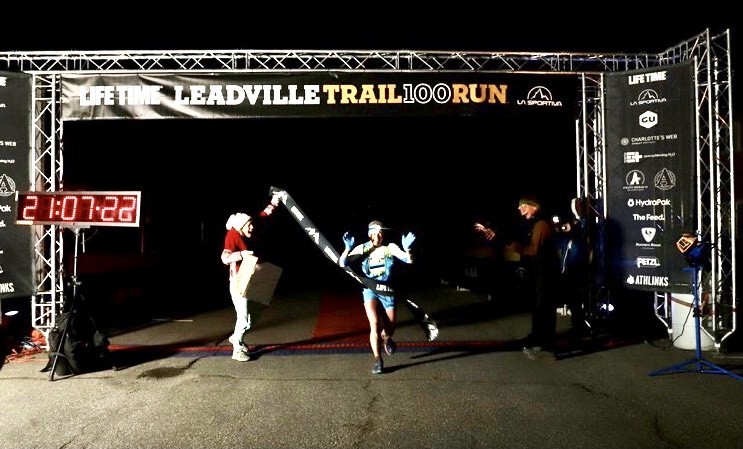
Hughes noted about her win, “Living in Leadville, getting to experience altitude and having access to the course year-round was really helpful. I’m so thankful for my pacers and crew, who taught me so much.”
For the men, Adrian Macdonald, 32, of Fort Collins, Colo., finished first with a time of 16:18:19. Matt Flaherty, 36, of Bloomington, Ind., secured second with a time of 16:59:38. Two-time previous winner Anton Krupicka, 38, of Boulder, Colo., placed third with a time of 17:07:55.
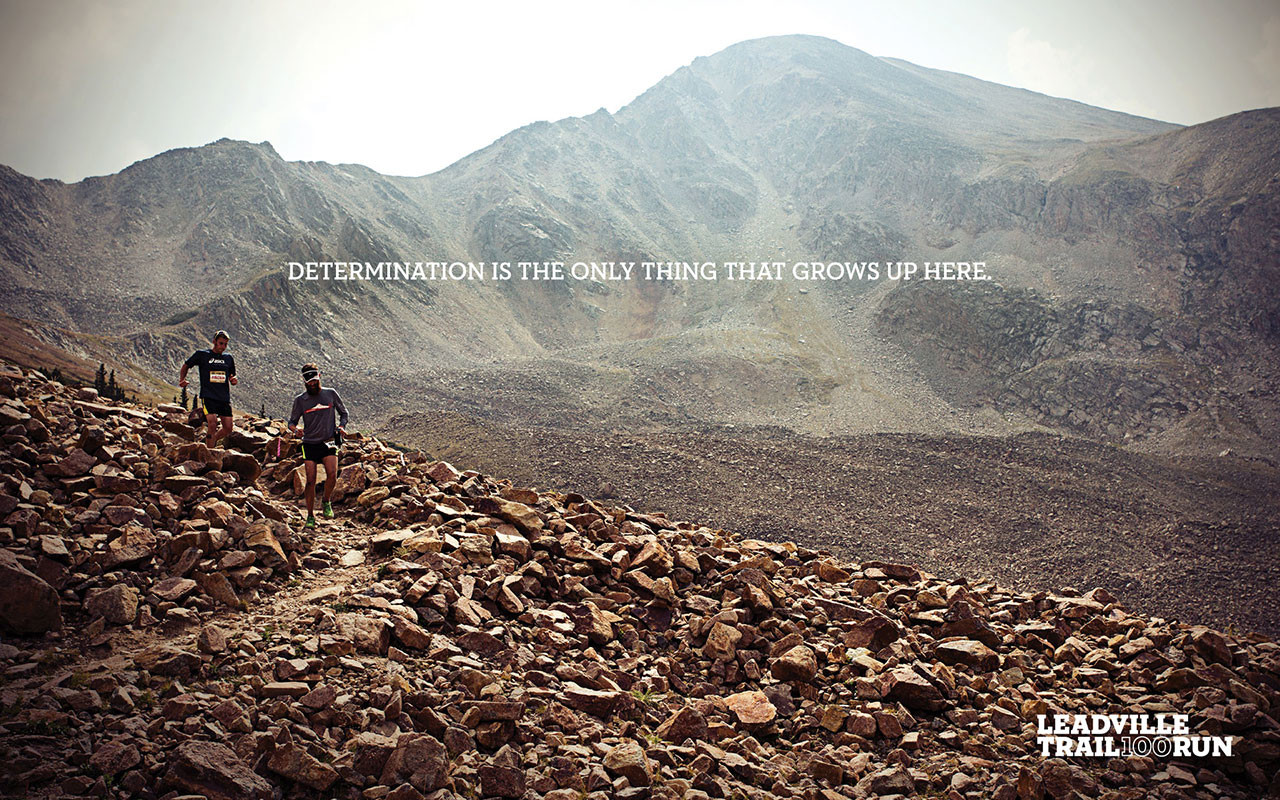
Describing his first 100-mile race, Macdonald noted, “I felt great all day — my legs and breathing all felt good. It’s just sort of crazy and insane. I told myself I was just going to go out and run all day and I did.”
Proving themselves to be ultra-endurance champions, three women earned the incredibly respectful title of Leadwoman and 40 men earned the title of Leadman following the event after successfully completing five events within the Leadville Race Series throughout the summer including the Leadville Trail Marathon, Silver Rush 50-mile run or mountain bike race, 100-mile mountain bike race, and Leadville Trail 10K.
The famed course brings runners through 13,000 feet of net gain, topping out at 12,424 feet. Notably, 31 Leadville citizens proudly represented their hometown, for which the race series is well known and beloved, in the participant field.
This year, 66 athletes across the 100 MTB (Aug. 14) and 100 Run (Aug. 21) have exceeded the goal of collectively raising $150,000 for the Life Time Foundation, which will be allocated to Lake County Public Schools schools to keep highly-processed food out of meals, while increasing the amount of fresh and simply prepared foods for students. Additionally, Leadville local Rodrigo Jimenez, who started the race 2.5 hours after the official start, raised more than $72,000 for the Leadville Trail 100 Legacy Foundation after passing 660 of the 681 runners on-course, receiving fundraising pledges for each.
To view all of the Life Time athletic events after August, please visit: https://my.lifetime.life/athletic-events.html
The Leadville Trail 100 Run presented by La Sportiva is owned and produced by Life Time, the premier healthy lifestyle brand. It is among more than 30 premier athletic events owned by the company, including the Stages Cycling Leadville Trail 100 MTB, Garmin UNBOUND Gravel, Verizon New York City Triathlon, Chicago Triathlon, and Miami Marathon.
About the Leadville Race Series
Started with only 45 runners as the Leadville Trail 100 Run in 1983, the Leadville Race Series now consists of seven running events and four mountain biking events, plus six events in the Leadville Qualifying Series. The Race Series stretches across three months, and hosts thousands of racers on foot and on mountain bike in some of the world’s most iconic events. Endurance athletes worldwide now make the pilgrimage to Leadville, Colo., with the single goal of competing in “The Race Across the Sky.” Visit www.leadvilleraceseries.com for more information.
(08/23/2021) ⚡AMPby Colorado Runner
Leadville Trail 100 Run
The legendary “Race Across The Sky” 100-mile run is where it all started back in 1983. This is it. The race where legends are created and limits are tested. One hundred miles of extreme Colorado Rockies terrain — from elevations of 9,200 to 12,600 feet. You will give the mountain respect, and earn respect from all. ...
more...Athing Mu runs American record at Prefontaine Classic
Less than a month after winning the 800m Olympic gold in Tokyo, Athing Mu bettered her American record over the two-lap race at the Prefontaine Classic on Saturday afternoon, stopping the clock at 1:55.04.
The 19-year old improved her previous American record by .17 seconds and set a meet record. Mu has won seven straight races since turning professional on June 19.
“I knew this was probably going to be a little tougher coming off the Olympic games and running a personal best there,” Mu said post-race. “I was not concerned about the time, I just wanted to run with whoever is there and to be competitive.”
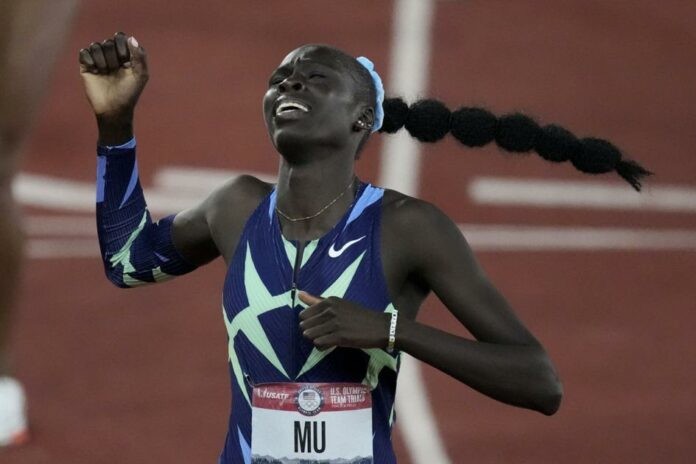
Mu led from start to finish, covering the first lap in 54.60. She beat the field by 2.5 seconds as her fellow American Kate Grace finished second in 1:57.60 and Jamaican Natoya Goule was third in a time of 1:57.71.
Mu was not the only American who dazzled on the track. Noah Lyles, who fell short with a bronze medal finish in the men’s 200m in Tokyo, ran a world-leading 19.52 Saturday.
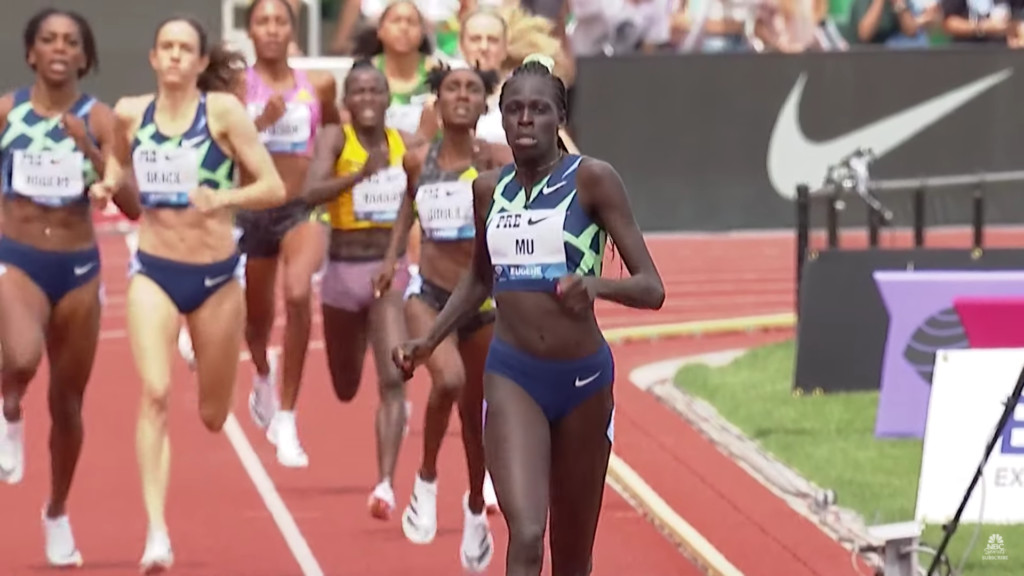
Lyles had this to say on Twitter after the race:
Lyles’s brother, Josephus Lyles had a personal best performance of 20.03 seconds and finished third in the race, behind Kenny Bednarek (19.80) and above Canada’s Aaron Brown, who finished fourth in 20.12.
Canadian Jerome Blake made his Pre Classic debut, clocking a personal best time of 20.20 over the half-lap race and finishing sixth.
(08/22/2021) ⚡AMPby Marley Dickinson
Prefontaine Classic
The Pre Classic, part of the Diamond League series of international meets featuring Olympic-level athletes, is scheduled to be held at the new Hayward Field in Eugene. The Prefontaine Classicis the longest-running outdoor invitational track & field meet in America and is part of the elite Wanda Diamond League of meets held worldwide annually. The Pre Classic’s results score has...
more...Charlie Purdue and Jake Smith enjoy Big Half victories
Around 12,000 runners took part in 13.1-mile event in London on Sunday
Charlotte Purdue and Jake Smith put in solid performances on the roads of London as they struck victory in the Vitality Big Half on Sunday (Aug 22).
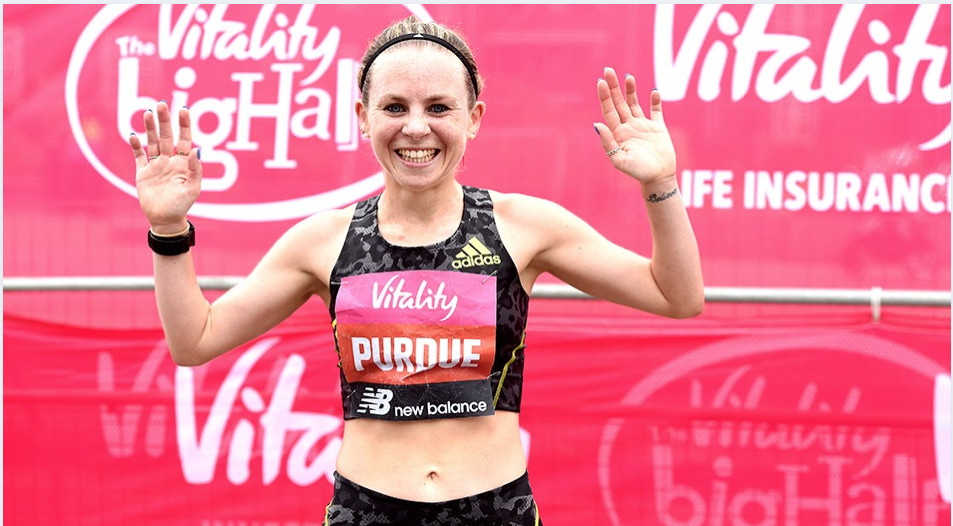
In her third win in the women’s race, Purdue improved her own course record to 69:51, which bodes well for her chances at the Virgin Money London Marathon on October 3.
In the men’s race, Smith clocked 62:06 to beat Jack Rowe by five seconds and the Cardiff runner will hope to go quicker still when he lines up in the Great North Run on September 12.
Around 12,000 runners set off in various waves as part of the return of mass participation running following the pandemic. In the race to finish first woman home, Purdue ran with Samantha Harrison in the early stages before pulling away in the second half of the race. Harrison held on for second in 70:40 as Natasha Cockram was third in 72:46.
Next came Hannah Irwin in 73:24 followed by Naomi Mitchell in 74:24 and Verity Ockenden in 74:35.
“It’s good to be back running with a crowd,” said Purdue, who was racing for the first time since February 2020 due to injury. “I was happy with the time. I was more bothered about ‘racing’ it than the clock, though. I’ve been training really hard for London Marathon so wasn’t sure how tired I’d be, although I felt okay.”
On her build-up to the London Marathon, she said: “My main aim is not to get injured and to keep training consistent and get to the start line healthy.”
Smith was part of a group with Rowe, Mo Aadan and Phil Sesemann mid-way through his race but he broke away at around nine miles and held his advantage over the chasing Rowe despite multiple nervous glances over his shoulder in the latter stages.
Smith ran 62:06 with Rowe clocking 62:11, Aadan 62:28 and Sesemann 62:47.
In fifth Andrew Heyes ran 63:10, followed by Matt Clowes in 63:40, Jamie Crowe in 64:19, Ollie Lockley in 64:26, Doug Musson in 64:36, Calum Johnson 64:38, Jonny Mellor 64:44 and Josh Griffiths 65:11.
“I came into this race as the fastest and had the pressure to deliver so to come away with the win is amazing,” he said. “It’s the first race I’ve done when they bring you forward on the start line (to introduce you to the crowd). After that I just put my head down and tried to race it.
“My aim was to throw in surges throughout and then go hard with about 5km to go. I ran a negative split as well which I’m really happy about.”
Sam Kolek won the men’s wheelchair race in 50:37 as Nikki Emerson won the women’s wheelchair category in 67:38 after Shelly Woods punctured.
(08/22/2021) ⚡AMPThe Vitality Big Half
Created by London Marathon Events Ltd, in partnership with Sported,The Vitality Big Half is a community running festival, taking place in London in March. This one-day event offers a host of running distances, from a challenging half marathon to a free one-mile course, as well as a family-friendly festival of food, music and activities. What’s happening? Take part with friends...
more...Kenyans Felix Kipkoech (58:57) And Joyciline Jepkosgei (65:16) Win Generali Berlin Half-Marathon
Joyciline Jepkosgei took the GENERALI BERLIN HALF MARATHON with a spectacular course record of 65:16. The 27 year-old Kenyan smashed the mark of Dutch double Olympic Champion Sifan Hassan, who had won the race with 65:45 in 2019. Second-placed Kenyan Nancy Meto was just five seconds behind, improving her PB by more than three minutes. With 65:21 she was also inside the former course record. Valary Aiyabei completed the Kenyan podium with 67:32 for third place.
Kenya’s Felix Kipkoech clocked a world leading time of 58:57. The 23 year-old improved his own world lead by 38 seconds. Fellow Kenyans Josphat Tanui and Philemon Kiplimo followed in second and third with 59:40 and 59:54 respectively.
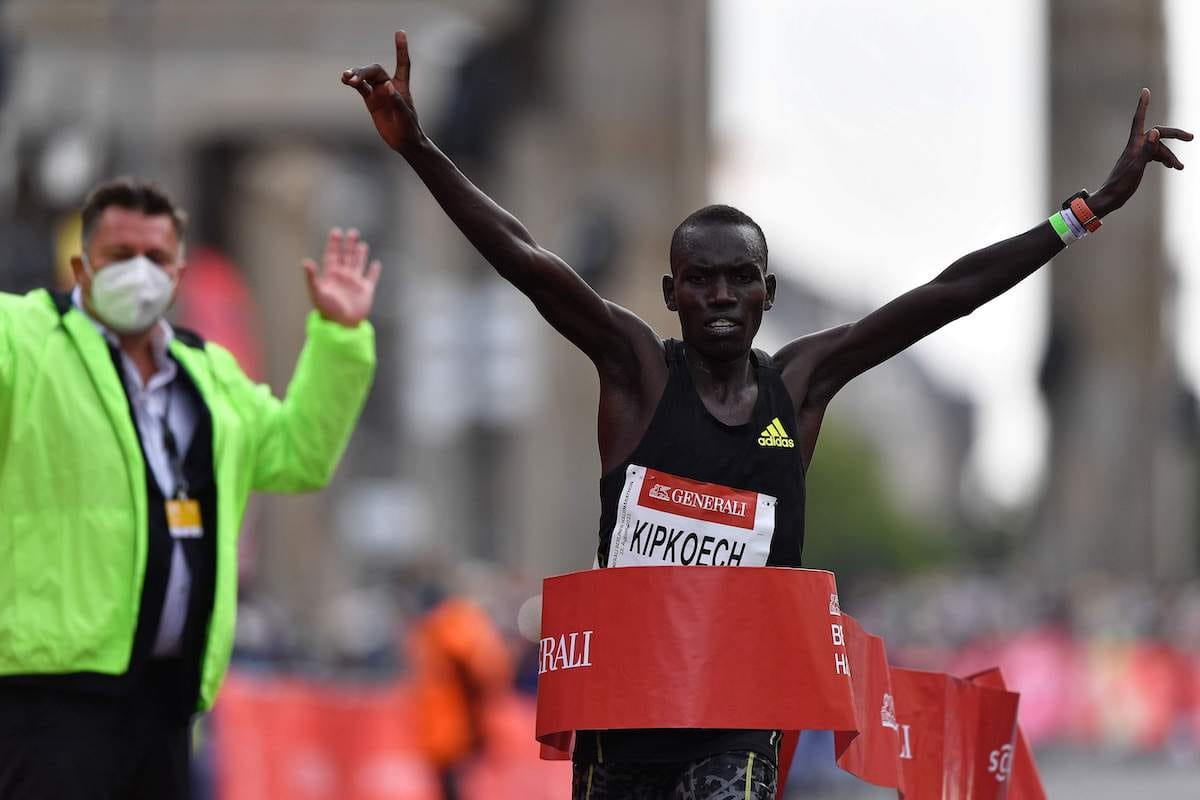
A total of 15,096 Starters from 130 countries had entered the 40th edition of the GENERALI BERLIN HALF MARATHON. 14,508 of them were runners, 572 Skaters, 14 Handbikers and 2 wheelchair athletes.
(08/22/2021) ⚡AMPBerlin Half Marathon
The story of the Berlin Half Marathon reflects a major part of the history of the German capital. It all began during cold war times and continued during reunification. The events leading up to today's event could really only have happened in this city. Its predecessors came from East- and West Berlin. On 29th November 1981 the Lichtenberg Marathon was...
more...The “Two-Hundred 100 Milers Club:†Sandra Brown and Ed Ettinghausen Rack Up Impressive Number of 100-Mile Finishes
In terms of ultrarunning milestones, Sandra Brown and Ed Ettinghausen are a few 100 milers ahead of the pack.
Brown, a 72-year-old woman from England, said she knew long-distance events were for her as soon as she completed her first 100-mile event, a linear cross-country course on an old pilgrimage route in Southern England finishing in Canterbury.
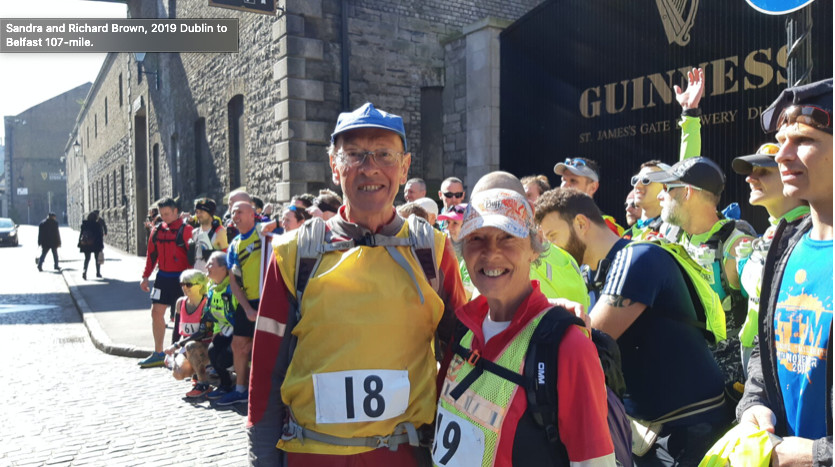
“I heard about the Centurions — those who have race walked 100 miles in under 24 hours — and I wanted to be a Centurion, perhaps all the more as these events had only recently been opened to women. So I entered and successfully completed that year’s UK 100 Miles Race Walking Championship, a Centurion qualifying event. I was on the slippery slope familiar to all ultra-distance athletes,” said Brown.
Not only did she join the Centurions, but she later went on to complete her own record-setting accomplishment. On March 30, 2019, Brown became the first person to join the “Two Hundred 100 Milers Club,” tallying her 200th 100-mile finish at the Dublin 2 Belfast 107-mile race.
“My 200th 100-mile plus event was a friendly event that [my husband] Richard [Brown] and I did together, and that felt very special. It was a milestone. But at the same time, when I finish every event, I’m also looking forward to future events,” said Brown.
She didn’t stop there. Brown most recently completed her 208th 100 miler on July 23, finishing the Kennet & Avon Canal 145-Mile Race which ran from London to Bristol. Brown, who does a mix of race walking and running, finished the event in a time of 43 hours and 55 minutes, which averages out to an 18:10-minutes-per-mile pace.
Not to be left behind, 59-year-old Ed Ettinghausen, who lives in Murietta, California and is known as the Jester for his colorful race-day attire, completed his 209th 100 miler on August 1 at the Southern Discomfort 30-hour race, edging into the lead over Brown for the time being. Ettinghausen was not far behind Brown in breaking the 200-mark, with his 200th 100-mile finish coming at the Jackpot Ultra Running Festival on April 23, 2021.
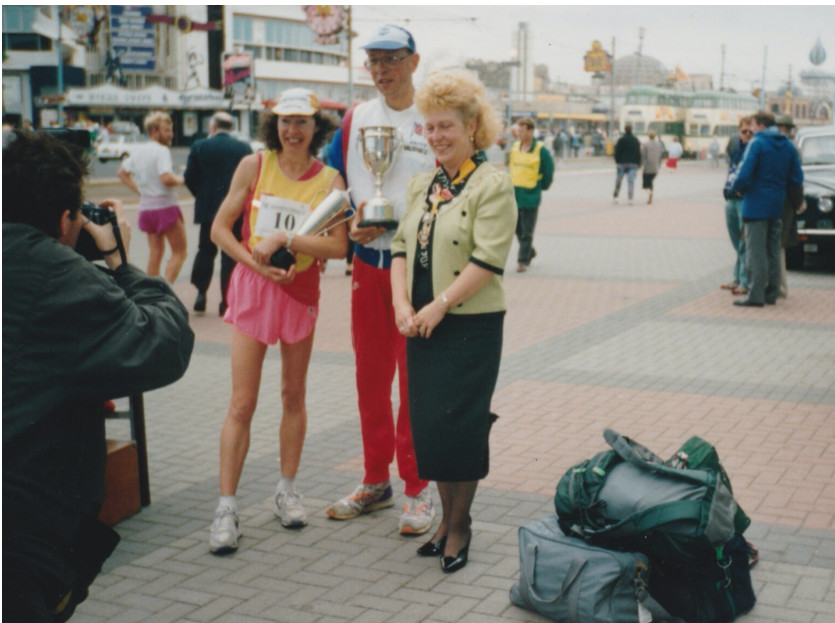
Ettinghausen, who said he got bit by the ultrarunning bug when he crewed for a friend at the Badwater 135 in 2010, has been chasing records since finishing his first Badwater in 2011. As he looked into the records, Ettinghausen set his sights on racking up one hundred and forty-five 100-mile finishes to beat the record which, at the time, he thought was held by German doctor Hans-Dieter Weisshaar.
“I reached that and thought I’d broken some record till someone said, ‘Wait, no, have you heard of Sandra Brown? She’s done so many more!’ I found out through [ultrarunning historian] Davy [Crockett] she’d done 180 or so at that point, so I had my sights set on catching her,” said Ettinghausen. “When I found out she had done 205 in 2019, that became my goal.”
As to who is keeping track and how all these 100 milers are tallied, Brown and Ettinghausen are in a league all their own where the numbers are so astronomical that keeping tabs falls largely to them and their fan base in the ultrarunning community. However, one major resource that tracks these endurance legends is the Ultrarunning History website, run by Davy Crockett.
Brown said that for her, keeping tally is more about personal achievement than holding the top place.
“I wish Ed, and all ultra athletes, all the very best in their personal quests and goals. I don’t feel and have never felt that this is rivalry or competition. For me, it’s a personal interest, and I do events for fun and the great satisfaction they give.” said Brown. “The challenge is a personal one – seeing what you can do. I was well over 100 completions of 100 miles or more, and so was Richard, before we even knew that Davy Crockett was keeping records of such completions. Davy does a fantastic job with his ultra-distance history website, which I love reading.”
Only 19 ultrarunners including Brown and Ettinghausen have joined the “100×100 club” with the achievement of running 100 or more 100 milers. Brown’s husband, Richard, is also part of this elite group.
And don’t think that the total mileage Brown and Ettinghausen have accrued is “only” 20,800 and 20,900 miles, respectively. Many of the events they are completing are over 100 miles, as evidenced by Brown’s 145 miler in July and Ettinghausen’s 105 miles at the Southern Discomfort.
When asked how their spirits (and knees) are holding up to the mileage, they had this to share:
“My knees are perfect, in better shape than ever, I did the right training and took care of myself,” said Ettinghausen. “I have a whole bunch of goals. To have 70 wins before I hit 60 years old. Then I have a whole ‘nother goal list.”
“I love every event and confess to complete addiction. I have been very lucky in avoiding significant injuries. I think that mixing race walking and running helps,” said Brown.
At present, both ultrarunners are the only two to break into the “Two Hundred 100 Milers Club,” though up-and-coming ultrarunners are sure to be inspired to chase after their achievement. Apparently, neither one is eyeing retirement after this milestone either, with Ettinghausen aiming at the Angry Owl Ultramarathons 24-hour race next.
“I have the Angry Owl 24-hour race coming up. Last year I took second at the race and hoping to take the win. It will be my 61st 100-mile win,” said Ettinghausen.
Brown, who noted her local events calendars is still recovering from COVID-19 cancelations, hopes to find one or two more events in the fall. “[I] look forward to what 2022 will bring,” said Brown.
Undoubtedly, 2022 will see both Brown and Ettinghausen adding a few more 100-mile finishes to their collection.
(08/22/2021) ⚡AMPTrail Runner Philip Kreycik Found Deceased After Disappearing on a Run in July
On Tuesday, August 3, 2021, authorities announced that a body matching the description of 37-year-old trail runner Philip Kreycik was found in Pleasanton Ridge Regional Park, California. Kreycik went missing during a July 10 trail run at the park, located in the East Bay region of the San Francisco Bay Area. During a press conference on Thursday, August 5, the Kreycik family confirmed Philip’s death.
Also on Thursday, the Alameda County Sheriff’s Office released preliminary autopsy results confirming Kreycik wasn’t a victim of foul play or significant trauma, which they said leads them to believe he likely passed away due to a medical event precipitated by hot and dry weather conditions. Full autopsy results are yet to be released.


The Berkley resident, husband, and father of two was last seen around 10:45 a.m. at the Moller Ranch Staging Area on the morning of July 10. Kreycik’s car was found at a trailhead where he started his hour-long run. His wife, Jen Yao, called the police around 2 p.m. that same day after he failed to check in. Kreycik, an experienced long-distance runner, had no known health conditions.
The Pleasanton Weekly reported that the Pleasanton Police Department organized and led the initial search efforts of the 50-square-mile area with 20 teams of law-enforcement members and community volunteers searching the park on foot, horseback, and electric mountain bikes. They also utilized canines, drones, fixed-wing aircraft, and heat-detecting technology.
The search for Kreycik quickly extended beyond local law enforcement. In the ensuing three weeks, Pleasanton residents and trail running community members stepped up in various ways to support the search effort.
Volunteers created a Facebook page dedicated to the search, and the public group grew to 12,700 members. An Instagram account dedicated to the efforts has also garnered more than 3,000 followers. The community supplemented official search-and-rescue volunteers, regularly filling calls for on-site search volunteers and heading up other support efforts.
Officials and volunteers established a likely route that Kreycik might have taken on July 10, based on a route that he had planned with his Strava app. Strava joined in on the search efforts by emailing all athletes who had activity in the area in the timeframe that Kreycik was thought to be on the trails. Strava asked that parties with any information reach out to the Pleasanton Police Department, although the effort did not turn up any leads.
Pleasanton police said the body was found by a search volunteer under a tree in a heavily wooded area in a remote part of the park approximately a quarter-mile off the trail that Kreycik was thought to be following. At the time of the August 3 press conference, it was unclear if the area had undergone previous search efforts.
“It’s not a designated trail,” said Police Captain Lance Brede of the East Bay Regional Police Department said in a press conference, noting that the area is not readily accessible or traveled by the public. “It’s an area that’s not designated for recreation. It would not be something that someone would come across.”
Brede added that undesignated game trails are common in the park, making it possible to get disoriented.
“We’re very heartbroken here today…” Sargeant Ray Kelly of the Alameda County Sheriff’s Office said in the August 3 press conference. “We wanted to bring him home alive and safe, so this is disappointing.”
At the Thursday morning press conference, Philip’s family spoke, thanking the community for its support. “We can’t possibly ever truly express our appreciation and gratitude enough to really acknowledge what you have all done for us,” said Yao.
A GoFundMe page has been set up for Kreycik’s family. The iRunFar family extends its condolences to the loved ones of Philip Kreycik.
(08/22/2021) ⚡AMPby I Run Far
SARA HALL RUNS FASTEST HALF MARATHON BY AMERICAN THIS YEAR, MISSES RECORD ATTEMPT
Hall clocks 68:44 in return to Cottage Grove as part of buildup for Chicago Marathon in October, now boasts three career-sub 69 performances
Sara Hall has produced two of the strongest half marathon performances in U.S. history during the past 13 months in Cottage Grove, Ore., but just like last year, Saturday’s effort along the Row River bike path came up short of her pursuit of the American record.

Hall, representing ASICS, clocked 68 minutes, 44 seconds, after she ascended to the No. 6 all-time U.S. competitor last year by running 68:18 along the Harms Park boat ramp parking lot in Cottage Grove.
Hall, who became the fastest American and No. 19 performer in the world this year, now has three career marks under 69 minutes. She also ran 68:58 at the Houston Half Marathon last year.
Molly Huddle still holds the record of 67:25 from the 2018 Houston Half Marathon.
Hall, 38, joined Shalane Flanagan, Jordan Hasay, Emily Sisson and Huddle as the only American women with at least three career sub-69 performances on record-eligible courses.
Hall used Saturday’s opportunity as part of her preparation for the Chicago Marathon, scheduled for Oct. 10.
Hall, who ran the second-fastest performance by a U.S. female with her 2:20:32 effort in December at the Marathon Project in Chandler, Ariz., will be again taking aim at the 2006 American record of 2:19:36 held by Deena Kastor.
(08/22/2021) ⚡AMPHow to Avoid Post-Run Pains
It's hard enough to finish a run and deal with tight calves or aching feet. Runners sometimes also have to contend with other nagging ailments that aren't so much related to muscles and joints--ailments such as a pounding post-run headache or a sour post-workout stomach.
These post-run pains can be enough to make you wish for a case of shin splints, but fortunately, many of them also have easy fixes that don't involve reaching for pain relievers. Add some of these tips to your training to see if they relieve post-workout pain.
Headache
A throbbing headache after a run is common for many runners. One theory is that running dilates the blood vessels in the skull, which can cause painful headaches. Headaches can also be made worse by dehydration. The rule of thumb is: If you're running less than an hour and it's cool outside, you don't have to hydrate during your workout, but you'll still want to be sure to fuel up before heading out.

As the weather heats up, stay hydrated with extra water breaks and electrolyte-rich beverages. sports drinks. Most experts recommend three to six ounces of fluid every 30 minutes. Many runners have found that replacing their sodium losses and electrolytes with salty snacks or drinks prevent the post-run headache.
Another possible cause of a headache after your run is that your blood sugar was low before you exercised. Up to two hours before a hot and/or long workout, you'll want to eat a small snack, such as whole-wheat toast or a small bowl of cereal. Then, after finishing your workout, follow it with a meal that's a 4:1 ratio of carbohydrates to protein.
You may also be running with tightness in your neck and shoulders, which could eventually lead to that afternoon headache. Make time after you run to stretch out those muscles in your neck and shoulders, and relax them with a hot shower or heating pad.
Gastrointestinal issues

Sometimes the stomach keeps contracting after a sudden stop in exercise (like crossing a finish line). If this happens, you're likely to feel nauseated or even throw up. Cool down completely and avoid sitting after racing or a tough workout. This will help keep your stomach from cramping.
Like headaches, some nausea can be caused by dehydration or an electrolyte imbalance. Staying hydrated will help if fueling issues cause your nausea.
What you eat before your run also affects your stomach. Try to eat at least an hour before your run, unless it's a light snack. Test different energy bars and snacks to see what your stomach can handle.
Fatigue
While exercise gives you a boost in energy, it can make you consistently feel run down if you've hiked up your weekly mileage too quickly. The common rule is to increase your weekly mileage no more than 10 percent a week and to plan for shorter mileage weeks throughout your training to give your body time to recover. Take some time to let your body recover one or two days during the week.
(08/21/2021) ⚡AMPby Amanda Casanova
No world record but Sifan Hassan claims a clear win in Eugene
A willing but weary Sifan Hassan fell short of the women’s world 5000m record she was targeting at Hayward Field in Eugene, Oregon, on Friday (20) as she finished well clear of a stellar field in 14:27.89.
On the traditional Distance Night preface to the Prefontaine Classic that now forms the Wanda Diamond League meeting, the 28-year-old Dutch runner was clearly tired after an epic season, having won the Olympic 5000m and 10,000m titles in Tokyo earlier this month and added a 1500m bronze.
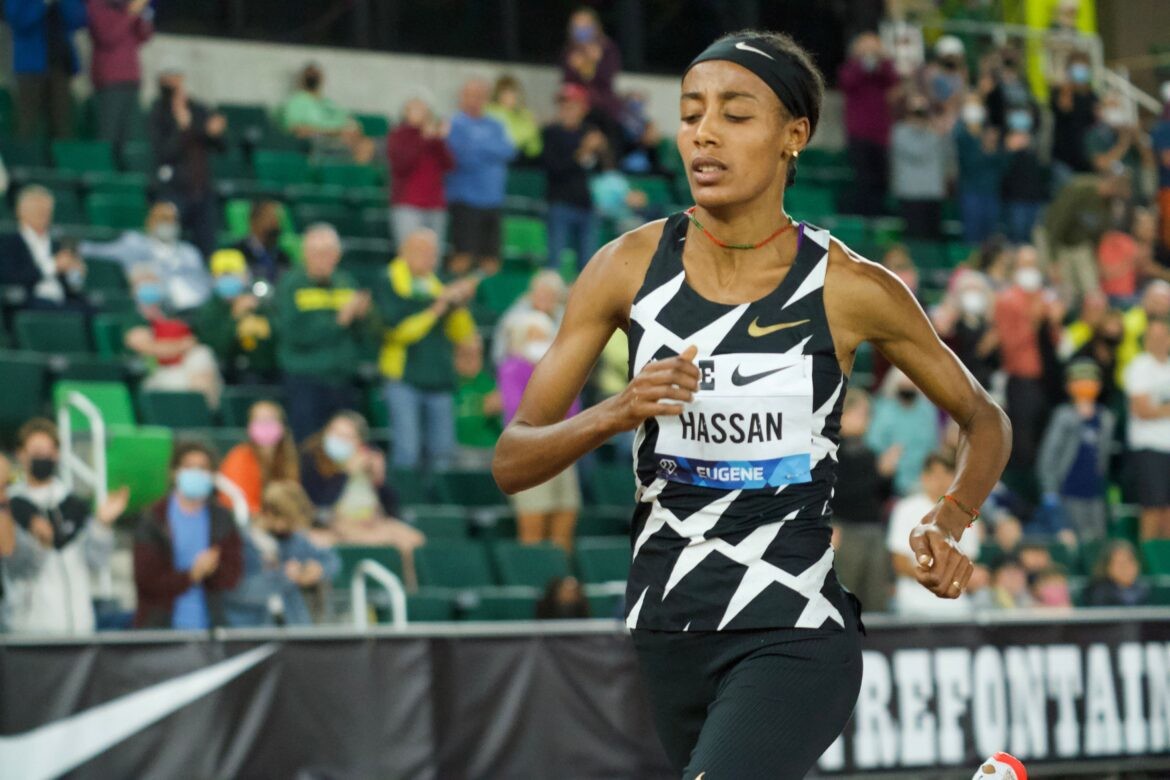
She had announced her intention of eclipsing the mark of 14:06.62 set by her Ethiopian rival Letesenbet Gidey in Valencia last year, but eventually finished outside her own European record of 14:22.12 set in London two years ago.
Had Hassan’s ambitions come to pass in a recently rebuilt stadium that had the welcome atmosphere of a live home crowd it would have been another blow to her rival Gidey, who in June this year ran 29:01.03 at Hengelo to better the world 10,000m record of 29:06.82 Hassan had set on the same track just two days earlier.
Hassan’s response in Tokyo was impressive as she beat the Ethiopian to the Olympic 10,000m title with an unanswerable sprint around the final bend.
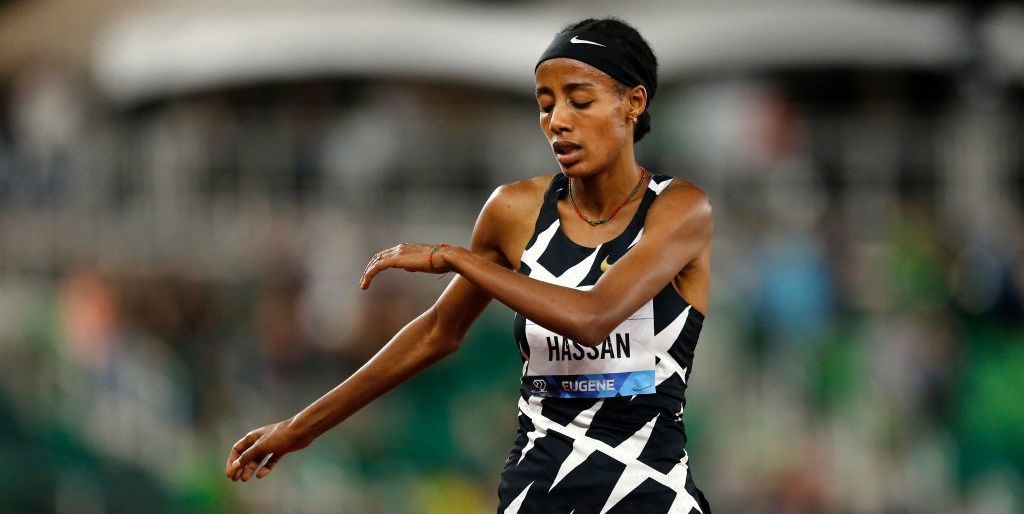
But depriving her rival of one of her world records proved an aspiration too far on this occasion for a woman who already held world marks in the 5km road event, mile and one-hour race.
Within the first 1500m the race had become a time trial as Hassan was the only athlete left tracking the two pacemakers who were keeping pace with the blue guide lights on the infield.
By five minutes in there was only one runner ahead of her. And by the halfway point she was running alone with only the green lights of the world record pace for company.
At the 3000m mark, however, she was slipping behind that snake of flashing green, although she kept working.
With less than a mile to go, the snake was gliding ever further away from her, despite the efforts of the spectators sprinkled throughout the stands of an arena that will host the postponed World Athletics Championships next year.
A lap in 70.1 was followed by 71.83 and with three laps remaining she could see her latest ambition moving away from her, although she had already moved well clear of a stellar field at the end of a long and exhausting season.
As the bell rang it was clear how hard the Dutch athlete was having to work, and she grimaced as she set off for one final lap.
Hassan was followed home by two Ethiopian runners, as Senbere Teferi clocked 14:42.25 and Fantu Worku finished in 14:42.85.
The next four runners clocked personal bests as Kenya’s Loice Chemnung finished in 14:43.65, home runners Alicia Monson and Abbey Cooper recorded 14:48.49 and 14:52.37 respectively and Kenya’s Sheila Chelangat was seventh in 14:52.66.
Gidey had finished second in the previous event, the women’s two miles, clocking 9:06.74 behind Burundi’s Rio 2016 silver medallist Francine Niyonsaba, who finished in a meeting record and 2021 fastest time of 9:06.74.
Kenya’s double world champion Hellen Obiri was third in 9:14.55, ahead of Germany’s Konstanze Klosterhalfen in 9:18.16.
(08/21/2021) ⚡AMPby World Athletics
When (and Why) to Train Below Aerobic Threshold
Run too fast some of the time, and you'll probably get slower all the time. Here's what aerobic threshold is, and how to train below it.
That is the running-training paradox- a paradox that has led to the downfall of countless motivated trail runners through injury, burnout and reduced aerobic efficiency.

How It Unfolds
The story plays out so often that it's like a horror movie running on a loop on a dysfunctional DVD player. A trail runner has success through consistent, moderately hard running. That trail runner thinks that his/her success comes from the moderately hard part, rather than the consistency. At that point, coaches and experienced runners usually start screaming "Don't run too hard!" and "Slow down!" just like a horror-movie watcher will scream "Don't go into that abandoned chainsaw warehouse!" But the trail runner keeps on pushing, venturing into the foreboding warehouse, oblivious to the chainsaws around the corner.
Often, that training horror movie does not have a happy ending. In the best cases, the trail runner starts stagnating. In the worst cases, the trail runner starts getting stress injuries or experiencing symptoms of overtraining syndrome.
Many times when professional runners reach out for coaching, they are at the inflection point, starting to feel run down and injury-prone from running a bit too hard, too often. But it's not just pros. Most trail runners seem to struggle with the running training paradox, especially early on in the running journey.
RELATED: Tempo Runs 101
Aerobic Threshold Defined
The most important physiological variable to understand to avoid being the star of your own training horror story is aerobic threshold. Aerobic threshold is the intensity range at which the body switches from primarily relying on fat oxidation for fuel to primarily relying on carbohydrates. Below aerobic threshold, the body has enough oxygen to function without producing significant amounts of lactate and other associated byproducts that build up with harder exercise. Above aerobic threshold, breathing rate increases and lactate levels begin to build up, plus there may be a bit more muscle damage. That is: above-aerobic-threshold training takes longer to recover from.
At even harder efforts, your body produces more lactate than it can use and waste products accumulate without being cleared. That tipping point is called Lactate Threshold.
For training purposes, it's not helpful to think of aerobic threshold as a specific point. Instead, think of it as a range of intensities that vary slightly over time, depending on age, psychological stress, weather and many other variables. Bottom line: it's when you transition from easy to moderate exertion, to a slightly harder effort with deeper breathing and a less-sustainable pace.
How to Figure Out Your Aerobic Threshold
The best way to calculate aerobic threshold is with a metabolic test in a lab. But there are a few other ways to approximate it. Coach Joe Friel estimates that aerobic threshold occurs at a heart rate of around 20 beats per minute below lactate threshold heart rate, which can be estimated easily (in my coaching experience, aerobic threshold is usually around 85 percent of LTHR, or 25 to 35 beats away, with the exception of very highly trained athletes or those 50+ years old, as discussed by Coach Gordo Byrn).
Dr. Phil Maffetone developed the famous (or infamous, depending on your perspective) maximum aerobic function (MAF) formula, which ballparks "MAF" heart rate at 180 minus your age. This often gets close to aerobic threshold. The exact heart-rate number is less important; what's important is figuring out what truly constitutes an easy or hard effort for your physiology and background. Aerobic threshold should be a five or six perceived exertion on a scale of 1 to 10, or a mostly conversational effort you could hold for an extended period of time.
Why Aerobic Threshold Matters
Training too much above aerobic threshold can be a ticking time bomb for health and long-term aerobic development. First, the increased stress of training above aerobic threshold often causes an increase in the stress hormone cortisol; second, it can cause higher levels of muscle breakdown and forces your body to absorb more impact forces.
If your stress levels-physical or psychological-are higher than they should be on easy days, the body won't be able to recover from hard days. If stress keeps piling up without adequate recovery, the body often breaks down through fatigue and injury.
Even if break-down doesn't happen, too much running above aerobic threshold can actually cause you to get slower. High-volume aerobic training leads to increased aerobic enzyme activity; it also spurs your body to grow more capillaries to transport oxygen and fuel to working muscles, and more mitochondria, the cellular power centers that convert oxygen and nutrients to energy.
Train too hard too often, and you're neglecting the aerobic base necessary for reaching your performance potential at all distances, including shorter trail races. To run fast when it counts, you need to get comfortable running slowly.
There's an added peril for trail runners: uphills. Most runners find it difficult to stay below aerobic threshold on climbs. As a result, runners who spend lots of time on steep or mountainous terrain might break down sooner than someone training without big climbs, if they aren't careful to take some days easier.
Think of training like a big salad, with time below aerobic threshold being the greens, time closer to lactate threshold being the dressing and time above lactate threshold and VO2 max being the bacon. A salad with just greens isn't going to get a five-star yelp review; likewise, a cup of dressing and bacon might taste okay, but it's not a well-balanced meal.
3 Tips for Putting Your Aerobic Threshold to Work
1. Get an understanding of what your aerobic threshold feels like.
You can approximate your aerobic threshold using a heart-rate monitor or perceived exertion. The MAF test works for many runners, though it can be off for physiologies that vary from average. I often coach the athletes I work with to do a Friel Lactate Threshold Heart Rate test-a 30-minute time trial, averaging your heart rate over the final 20 minutes to get LTHR. Multiply that number by 85 percent to roughly approximate an effort cap for easy runs (though adjusting to a different percentage if you feel like that's a bit too hard or too easy).
You can also use perceived exertion to determine what your "easy" should be. Remember, "easy" does not mean the fastest pace you can go while finishing your run intact; it means truly relaxed and comfortable, talking mostly in complete sentences, with no urge to stop.
The goal isn't to run at your aerobic threshold all the time, but to use it as a general guideline to prevent you from going too hard. It's okay (and recommended) to do easy runs well below that number; it's also OK to go above that number sometimes. But you shouldn't spend lots of time above aerobic threshold without a training goal in mind.
2. Hold yourself accountable to aerobic threshold for most of your running.
Most of your training should be below aerobic threshold. A typical week for an athlete I coach is:
Monday: rest 
Tuesday: Run below aerobic threshold (often with short, fast strides) 
Wednesday: Interval workout (with warm-up and cool-down below aerobic threshold)
Thursday: Run below aerobic threshold (sometimes with faster finishes) 
Friday: rest or run below aerobic threshold 
Saturday: Long run or workout with time spent above aerobic threshold
Sunday: Run below aerobic threshold (often with short, harder strides or faster finishes)
The two days in bold are the days to play with truly hard efforts. All the other days are below aerobic threshold, with variation depending on the athlete. This approach lets you build aerobic volume while minimizing injury risk.
3. Listen to your body.
The body sends stress signals in a lot of different ways, from persistent fatigue, injury or insomnia to abnormal changes in sexual function. If you notice yourself feeling a bit worn down, consider spending more time below aerobic threshold to allow your body to recover.
(08/21/2021) ⚡AMPby Trail Runner Magazine
5 Things To Know About This Year's Leadville 100 Run
After being canceled in 2020 for the first time in its 39-year history, the Leadville Trail 100, a,.k.a., "The Race Across the Sky," returns Aug. 21-22 with the same rugged, mountainous spirit it has had since inception.
An eager field of 687 runners will toe the starting line in Leadville, Colorado, trying to survive the high-altitude, out-and-back course over 12,532-foot Hope Pass and back. There are a few minor changes this year - most notably the pre-race athlete meeting and the post-race awards ceremony will be held outside on the Lake County High School football field and no pacers or crew will be permitted at the 50-mile turnaround point at Winfield - but otherwise this fabled race born out of the hardrock miner vibe of the resilient 1880s mining town remains the same as it ever was.
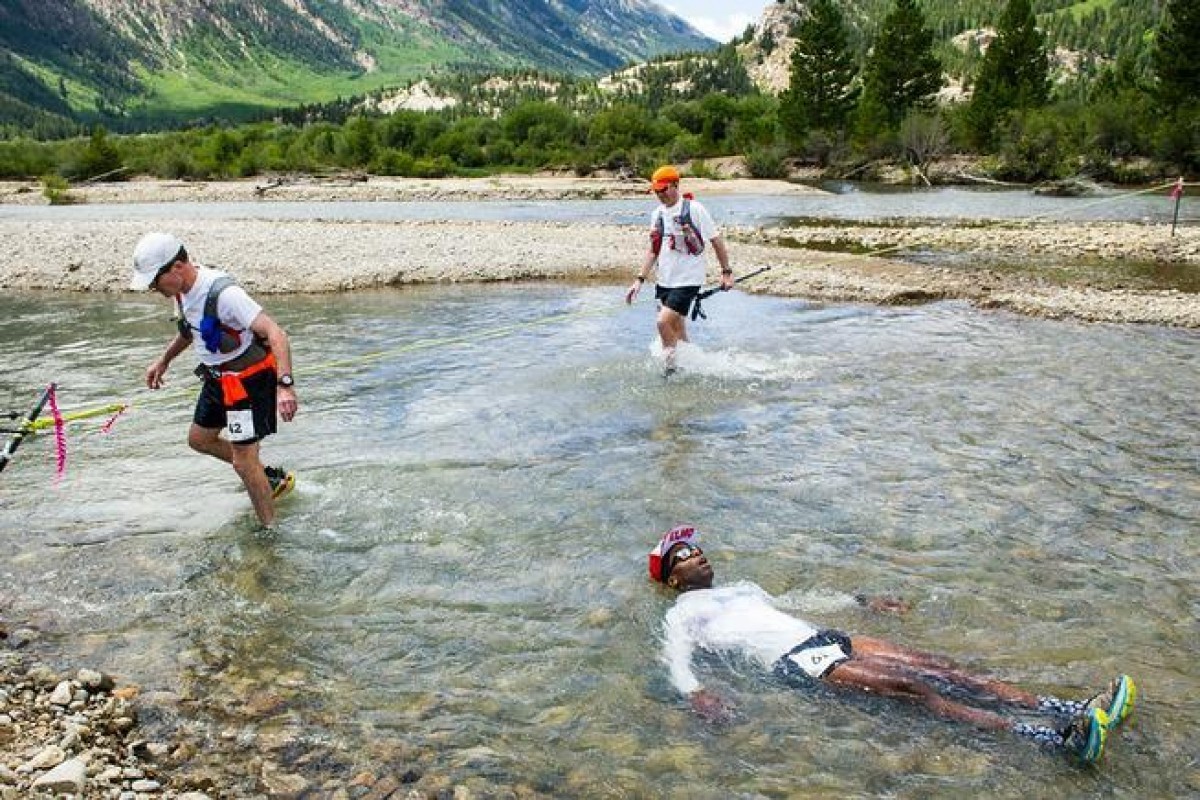
"It's Leadville, so it's all about getting to Winfield in good shape and then it's all about guts and strength and toughness on the way back," says Don Reichelt, one of the top contenders in the men's race this year. "If you've blown your quads coming down the back side of Hope Pass and then have to deal with the mental aspect knowing you have to go back up and over it, it can be a make-or-break moment of the race. It will be fun to see how it all plays out."
Here are a few things you should know about this year's Leadville 100.
The Course

First things first, the race is officially 99 miles in length with 15,734 miles in elevation gain. The out-and-back course starts and finishes at an elevation of 10,160 feet in Leadville, dips down to a low point of 9,219 feet near Turquoise Lake and tops out at 12,532 feet on Hope Pass at the 45- and 55-mile points. It's a unique course with two rugged climbs in each direction (Hope Pass and Sugarloaf Mountain/Powerline) and a lot of flat, fast entirely runnable sections on dirt roads and paved roads, as well as epic singletrack sections on the Colorado Trail. The men's course record of 15:42:59 was set by Pikes Peak Marathon legend Matt Carpenter in 2005, while the women's course record of 18:06:24 dates back to Ann Trason's astonishing 1994 effort.
Women's Race Contenders
Among the top women in this year's race is North Carolina's Ashley Arnold, 34, who was the women's champion in 2013 and third-place finisher in 2010. Although she has raced sparingly since 2019, she's been staying in Leadville and Buena Vista for a few weeks and training on the course and should be a contender based on her experience and track record. Although she won three 50K races in 2019-2020, her strong third-place effort at the Power of Four 50K in Aspen on July 31 is a good testament of her fitness.
Vermont's Aliza Lapierre is coming off a fourth-place effort at the Catamount 50K (4:59:19) in June and a win at the Infinitus 88K race in May (9:33:16) in her home state, as well as a victory at April's Ultra Race of Champions 100K (10:18:57) in Virginia. Leadville local Annie Hughes, 23, has only been trail running since 2019, but she's won a 50-miler each of the past three years (Jemez Mountain, Indian Creek, Collegiate Peaks) and has a third (Bryce Canyon, 2020) and a first (Mace's Hideout) in her two 100-milers. She also has a few high-mountain FKTs to her credit, including her 61-hour, 19-minute effort on the 167-mile Collegiate Loop in 2020.
There are several other top women from Colorado, starting with Maddie Hart, 24, of Boulder, who won the 2019 Tahoe Rim Trail 100-miler, and Kim Dobson, 37, of Eagle, a six-time Pikes Peak Ascent winner who has won all three of the 50K/50-mile races she has entered since 2018, including the Crown King Scramble 50K (4:31:44) in Phoenix in March.
Blake Wageman, 36, who has raced consistently at 50K and 50-mile race for the past several years (including a runner-up showing at the Silver Rush 50 on July 10 in Leadville); Carrie Stafford, who was fourth in the Leadville 100 in 2019; Becky Kirschermann, 48, a three-time top-five finisher at the Run Rabbit Run 100; Tara Richardson, 30, who is making her debut at 100 miles after running strong at Aspen's Power of Four 50K race in late July; and Becky Lynn, 28, who has been a strong runner at 50K and 50 miles.
On August 20 at 1 p.m. MT, Trail Sister's founder Gina Lucrezi will be emceeing a "Ladies of Leadville" roundtable discussion at the race expo with a diverse group of seven of this year's Leadville 100 participants - Arnold, Dobson, Lapierre, Grace Sims, Kate Tsai, Jolene Sandoval and Sawna Guadarrama. The goal of the event, which will be broadcast via Instagram Live, is to provide insight and inspiration from their unique perspectives and various backgrounds, to celebrate and empower women trail runners of all abilities and to promote diversity within the sport and longer ultra-distance races.
Men's Race Contenders
Among the favorites in the men's race is Ian Sharman, 40, of Bend, Oregon, who is a four-time Leadville winner (2013, 2016, 2017), and the fastest finisher of the Grand Slam of Ultraunning (69:49:38 combined time for finishing Leadville, Wasatch, Western States and Vermont 100-milers in 2013). Sharman, who placed second in the McDonald Forest 50K on May 8 in Corvallis, Oregon, has numerous ultrarunning wins and podium finishes under his belt and a 16:22 personal best on the Leadville course.
Another top contender is Tyler Andrews, even though he hasn't raced this year and doesn't have a lot of ultra-distance race experience. However, the 31-year-old runner from Massachusetts has set some pretty serious FKTs on high-altitude trails in Chile, Ecuador and Peru as part of a journey he dubbed the Los 10 FKT Project. He's also a two-time U.S. Olympic Trials Marathon qualifier who owns a 2:15:52 personal best for 26.2 miles on the roads.
Colorado's Don Reichelt, 35 brings a lot of very good ultrarunning race experience with him, especially from the past couple of years. Most notable are a third-place finish at the Badwater 135 in 2018, a win at the Lean Horse 100-miler in South Dakota in 2019 and a blazing 13:16 third-place effort at the Tunnel Hill 100-miler in Illinois last November. Reichelt has continued to improve into his mid-30s and lives in Fairplay, Colorado, and regular trains in the mountains around Leadville.
Cody Reed, 30, of Mammoth Lakes, California, has said on Instagram he'll be gunning for the win in a course-record time. This is the third year in a row Reed has been registered for the Leadville 100 but he got hurt in 2019 and the race was canceled last year. After recovering from a knee injury in 2019, he went on to win the Ultra Trail Cape Town 100K in South Africa. He has a lot of good to very good results since 2016 and certainly should be a runner to watch. He tuned up for the race by winning the six-day TransRockies Run.
Although he has vowed to run more conservatively than in his previous five starts, Anton Krupicka is not only a Leadville 100 legend but also an icon in the sport of ultrarunning. The two-time Leadville winner (2006, 2007) was trail runner's first social media star, and, although he admits he doesn't love the gratuitous attention he can attract, he's still a legit athlete and should be among the top five in the men's race based on his stout summer of training on his feet and on his bike.
Other runners to watch include David Kilgore, 29, New York City, a former University of Colorado runner and 2:27 marathoner who won the 340-mile The Speed Project multi-day race from Los Angeles to Las Vegas in May; Hannes Gehring, 34, of Denver, who set the Never Summer 100K course record (11:47:06) and placed sixth at the Run Rabbit Run 100-miler in 2019; Jackson Cole, 25, of Alamosa, Colorado, who has run several fast 50K races but hasn't raced anything longer than 38 miles; and Adrian Macdonald, 32, from Fort Collins, Colorado, who won the Antelope Island 50-miler in Utah this spring.
Leadman/Leadwoman runners and savvy veteran racers
There are 67 athletes remaining in the Leadman/Leadwoman challenge (of the original 109 starters back in June), but each one has to complete the Leadville 100 under 30 hours to become an official finisher. The Leadman/Leadwoman competitors have already completed at least four of the five Leadville Race Series events: the Leadville Trail Marathon, Silver Rush 50 Silver Rush run and/or mountain bike (competitors can chose one or both events), Leadville Trail 100 Mountain Bike Race and the Leadville 10K. Rodrigo Jimenez is currently in 8th in the standing and will start in dead last on Saturday, competing in the Back of the Pack challenge to raise money for the Leadville Trail 100 Legacy Foundation.
There are four runners over the age of 70 entered in the Leadville 100: Gordon Hardman, 70, Chuck Cofer, 70, and Marlin Weekley, 70, and Marge Hickman 71. Hardman has been running ultras since the late 1980s, has three previous Leadville finishes to his credit (1989, 1998, 2010) and is one of only 23 runners two have completed the Grand Slam of Ultrarunning twice (1989, 1998). Weekley has apparently only been running ultras in his 60s, but has more than two dozen race finishes over the past seven years. Cofer has 12 previous Leadville 100 finishes dating back to 1996, but is back for the first time since 2015. Hickman, a longtime Leadville resident, is one of the most accomplished women runners in the race's history. She's a 15-time Leadville 100 finisher who won the women's race in 1985 (26:57:50) and finished as the runner-up four times (1984, 1986, 1991, 1995). She also wrote an authoritative book on about the race.
Robbie Belanger's Endurance Feats
Robbie Belanger is a plant-based endurance athlete known for running across the U.S. in 75 days in 2019 and setting a world record for the Central Park Loop Challenge (16 laps, just under 100 miles) during the park's official opening hours. Most recently, he created a new challenge for himself focused on exploring Colorado and his affinity for the Leadville Race Series. In 2019 he moved to Denver and did the Silver Rush 50. In light of COVID, he started thinking about what he could do locally, within Colorado, so came up with the Colorado Crush Challenge, using the Leadville Race Series as a framework for his larger effort. His challenge started with the Leadville Marathon on June 19, followed by running the Colorado Trail in 11 days, and then completing the the Silver Rush 50 on July 10. Between Silver Rush and the Leadville 100 run, he reached the summit of all 58 of the Colorado 14ers, completing that epic feat on August 16 when he reached the peak of Missouri Mountain. That's 58 peaks in 38 days with nearly 300,000 feet of vertical gain.
(08/21/2021) ⚡AMPby Trail Runner Magazine
Leadville Trail 100 Run
The legendary “Race Across The Sky” 100-mile run is where it all started back in 1983. This is it. The race where legends are created and limits are tested. One hundred miles of extreme Colorado Rockies terrain — from elevations of 9,200 to 12,600 feet. You will give the mountain respect, and earn respect from all. ...
more...Alan Webb Leaves Arkansas Little Rock to Take On a new Coaching Gig
Alan Webb, the American record holder in the mile, posted on Instagram that he is leaving Arkansas Little Rock (D1 school) to coach at the Catholic High School for Boys which is at a high school in Little Rock. "I am excited to announce that I am going to be joining the @catholic_high_school_for_boys cross country and track coaching staff along side the awesome @jendista I have had so many good memories that I will take with me from my time with @Littlerocktfxc and am grateful for everything I learned from @coachbehnke and all the incredible @Littlerocktfxc athletes. Really excited for Dustin Mettler, a rising star in coaching to be taking over my position. He is going to help take the Little Trojans to the next level. I am also going to pursue a Master of Arts in Catechetics and Evangelization from @franciscanuniversity “And Mary said: My soul proclaims the greatness of the Lord; my spirit rejoices in God my savior.” Luke 1:46-47
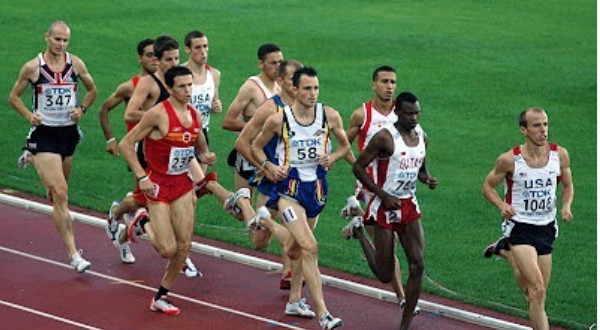
The benefits of your daily run outweigh the risks of the particulate matter in the air, study finds
Regular exercise, even in areas with high air pollution, can lower your risk of early death from natural causes, according to a new study published in the Canadian Medical Association Journal (CMAJ).
Though your risk of early death rises with exposure to fine particulate matter (PM2.5) in the air, you can reduce it through exercise, regardless of your levels of exposure to PM2.5.
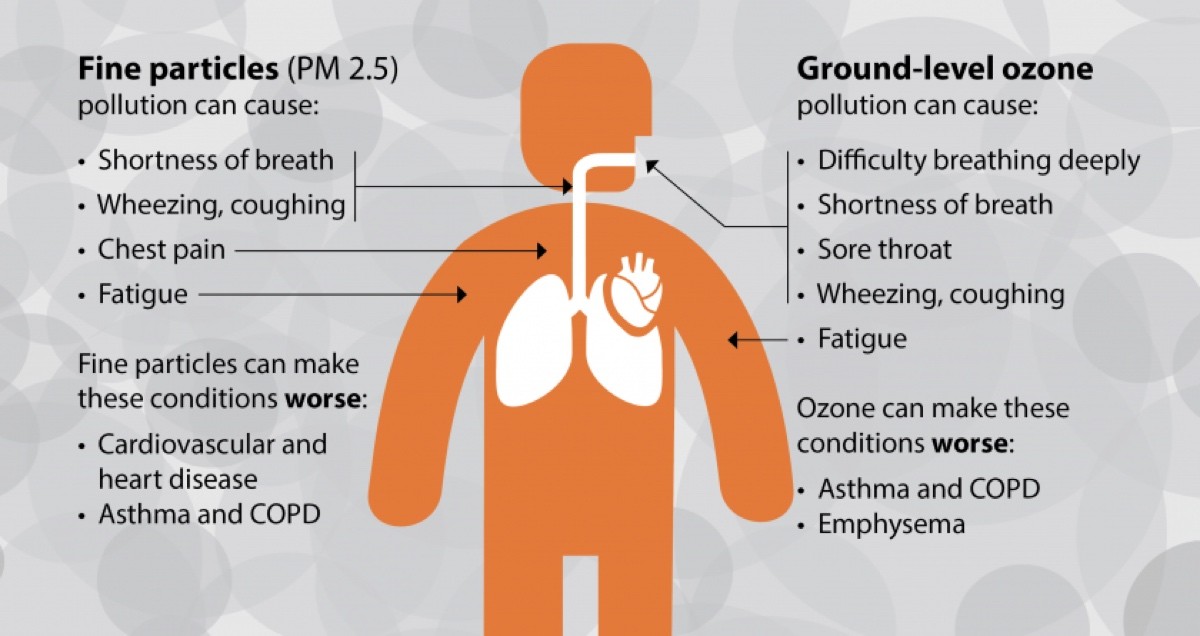
Wildfires account for half of overall hazardous air pollution in the western U.S., and up to a quarter of PM2.5 exposure in the U.S. in general.
To go out for a run or not to go out for a run? That’s a question many runners in the U.S. (and beyond) increasingly must ask as wildfires happen earlier and last longer, billowing particulate matter (PM2.5) clear across the nation. Sure, it creates a backdrop for stunning sunsets, but it also makes the air worrisome to breathe and negatively impacts health.
Though sucking in high levels of air pollution will never be good for you, new research shows that the benefits of exercising outweigh the risks of the bad air. The study, published in the Canadian Medical Association Journal (CMAJ), found that regular exercise, even when performed in areas with air pollution, can reduce the risk of early death from natural causes, compared to being sedentary.
Researchers examined the health records and activity levels of more than 384,000 adults living in Taiwan—where the annual air pollution levels of PM2.5 are 1.6 times higher than the World Health Organization-recommended limit—over a 15-year period from 2001 to 2016. The researchers looked at both levels of exposure to PM2.5, as well as the study participants’ activity levels.
In terms of pollution, exposure levels were based on the two-year average concentration in the year of a medical examination and in the previous year, and were broken into the following categories. (The concentration of an air pollutant is measured in μg/m3, or micrograms per cubic meter of air.)
Low: < 22.4 μg/m3
Moderate: 22.4–26.0 μg/m3
High: ≥ 26.0 μg/m3
PM2.5 is especially problematic for your health, according to the World Health Organization, because it can penetrate the lung barrier and enter your bloodstream. It raises the risk of developing cardiovascular and respiratory disease as well as cancer.
The participants’ activity levels were assigned to a category corresponding with their reported METs (metabolic equivalent for task):
Inactive (0 METs—the equivalent of sitting quietly)
Moderate (0 to 8.75 METs—runs at around a 12-minute mile pace or less)
High (greater than 8.75 METs—runs faster than a 12-minute mile pace)
In the end, those with both high levels of exercise and low levels of exposure to pollution fared best (no surprise there). But though risk of early death rises with pollution exposure, you can reduce it through exercise, regardless of the levels of PM2.5 exposure, says study author Xiang Qian Lao, Ph.D., an associate professor at the Jockey Club School of Public Health and Primary Care at The Chinese University of Hong Kong in Shatin, Hong Kong.
“For example, among the people with high PM2.5 exposure—compared to inactive, moderate, and high exercise—can reduce [early] death risk 16 percent and 33 percent [respectively],” Lao told Runner’s World.
Among those with moderate PM2.5 exposure, compared to inactive, those performing moderate and high exercise can reduce their early death risk 13 percent and 29 percent respectively. And among those with low PM2.5 exposure, those performing moderate and high levels of exercise can reduce their early death risk 19 percent and 41 percent respectively compared to their inactive peers.
That’s not to say you should ignore the U.S. Air Quality Index (AQI), which takes five major air pollutants—including PM2.5—into account and go bust out a long run when it’s code maroon (hazardous), but it’s reassuring to know that if you live in a place with increasingly imperfect air much of the year, your daily run still does your body good.
(08/21/2021) ⚡AMP
by Runner’s World
Sha'Carri Richardson to make track return at Prefontaine Classic
Sha'Carri Richardson will make her return to competitive athletics action on Saturday (August 21) at the Prefontaine Classic Diamond League meeting in Eugene, Oregon, USA.
The American is back after serving a one-month suspension handed to her when she tested positive for a cannabinoid at the U.S. Olympic Trials in June, where she had originally won the women's 100m race.
Her return will pit the world's third-fastest woman this year against the three Olympic medalists from Tokyo – Elaine Thompson-Herah, Shelly-Ann Fraser-Pryce, and Shericka Jackson, all from Jamaica.
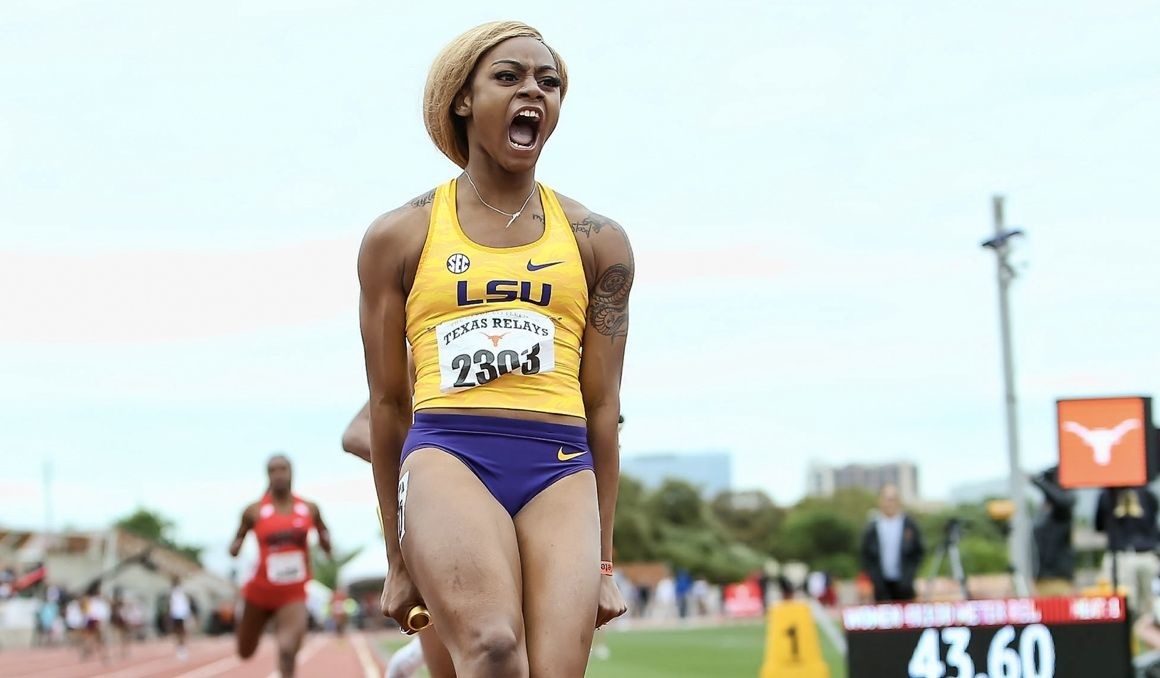
On July 1, the United States Anti-Doping Agency (USADA) announced that Richardson had accepted being suspended for "for an anti-doping rule violation for testing positive for a substance of abuse", having previously received a provisional ban on 28 June.
While competing at the Trials, Richardson provided a sample on 19 June that returned a positive test for a chemical found in marijuana, THC.

THC is a banned substance in-competition, although it is not prohibited out of competition, under World Anti-Doping Agency (WADA) rules which classify it as a substance of abuse.
Although Richardson consumed the drug out of competition, she returned an in-competition positive and was therefore sanctioned under USADA's own regulations, which state: "If an athlete tests positive for a substance of abuse during an in-competition test, but the athlete can establish that they used the substance out-of-competition and that their use of the substance was unrelated to sport performance, then the athlete’s period of ineligibility will be reduced to three months with no need to further analyse the degree of fault."
USADA added in handing out a one-month suspension: "Richardson’s period of ineligibility was reduced to one month because her use of cannabis occurred out of competition and was unrelated to sport performance, and because she successfully completed a counselling program regarding her use of cannabis."
The sanction meant her qualifying results at the trials were expunged.
Her suspension ended before the start of the athletics program at Tokyo 2020, but as USA Track & Field (USATF) selects its Olympic team based solely on results at Trials, Richardson was not considered for selection in either the 100m or 4x100m relay.
In Eugene, which was also the site of the U.S. Trials where Richardson had run 10.86 in the final, she and the three Tokyo 2020 medallists headline a world-class field in the women's 100m.
That start-list includes Tokyo relay silver medallists Teahna Daniels and Javianne Oliver of the USA and two other 100m finalists Switzerland's Mujinga Kambundji (6th) and Marie-Josée Ta Lou (4th) of Côte d'Ivoire. Briana Williams, the fourth member of the Jamaican 4x100m gold-winning relay team, completes the lineup.
Richardson ran a 10.72 at the Miramar Invitational in Florida in April, a time that made the 21-year-old the sixth-fastest woman ever over 100m and, at the time the world leader in 2021.
Since then this year, only two other women have gone faster – Richardson is surpassed by Fraser-Pryce (10.63 in June) and Thompson-Herah's Olympic record 10.61.
The clash between the young American talent and the Olympic medallists is tantalising after they were unable to race each other in Tokyo.
Indeed, the five fastest women this year will all be competing in the race – Jackson and Ta Lou are fourth and fifth respectively.
Richardson's last international 100m race was at a rainy Gateshead Diamond League in England in May, when she finished second in 11.44 seconds into a very strong headwind (-3.1 m/s). Earlier that month, the Texan sprinter also overcame a headwind to clock a rapid 10.77 (-1.2 m/s) at the USATF Golden Games.
The American is also down to race the women's 200m against the likes of Kambundji, Ta Lou, Olympic bronze medallist Gabrielle Thomas, relay silver medallist Jenna Prandini, world champion Dina Asher-Smith, and American track legend Allyson Felix.
(08/20/2021) ⚡AMPPrefontaine Classic
The Pre Classic, part of the Diamond League series of international meets featuring Olympic-level athletes, is scheduled to be held at the new Hayward Field in Eugene. The Prefontaine Classicis the longest-running outdoor invitational track & field meet in America and is part of the elite Wanda Diamond League of meets held worldwide annually. The Pre Classic’s results score has...
more...

